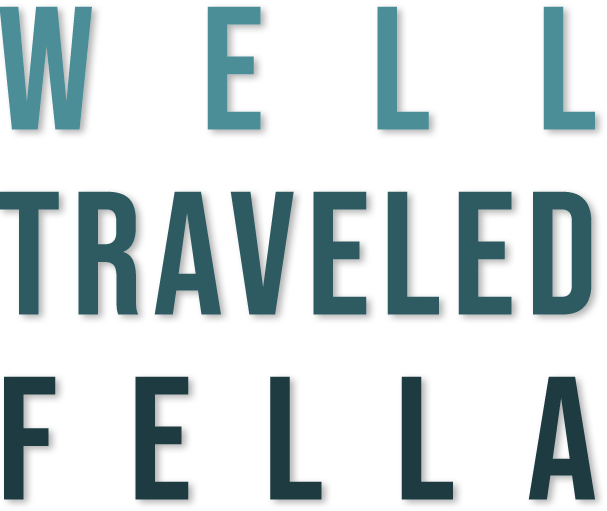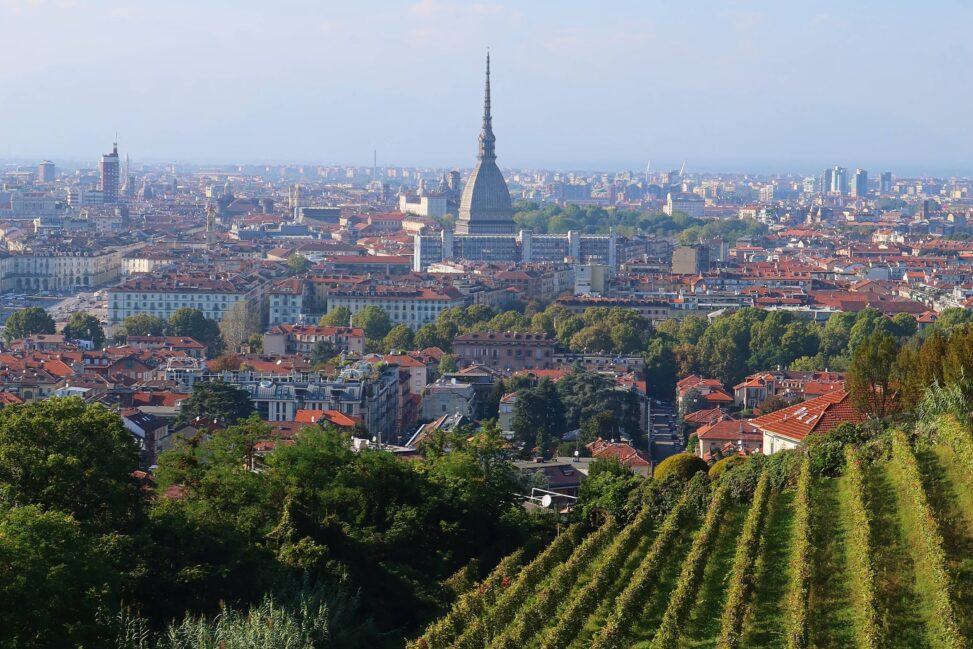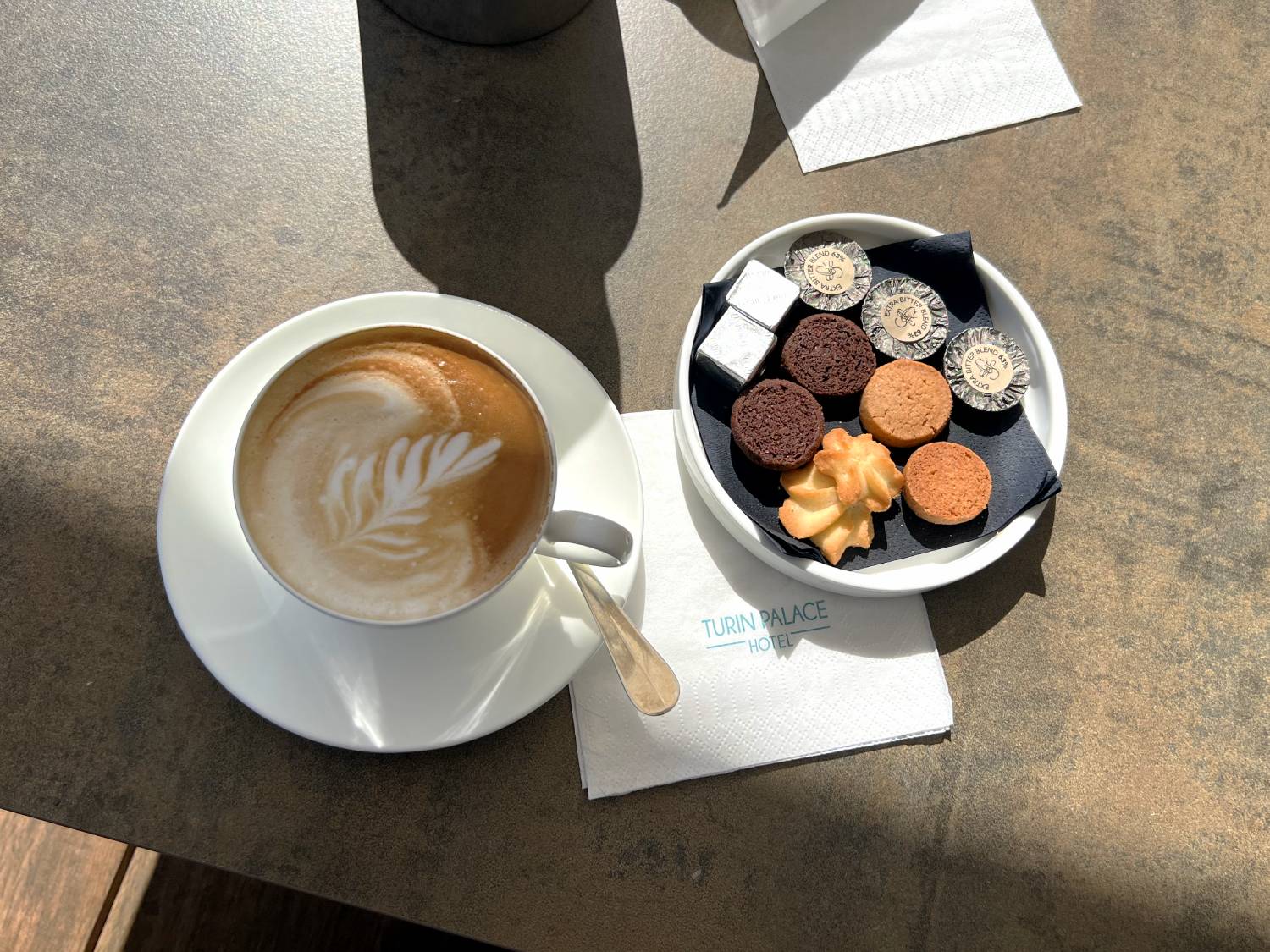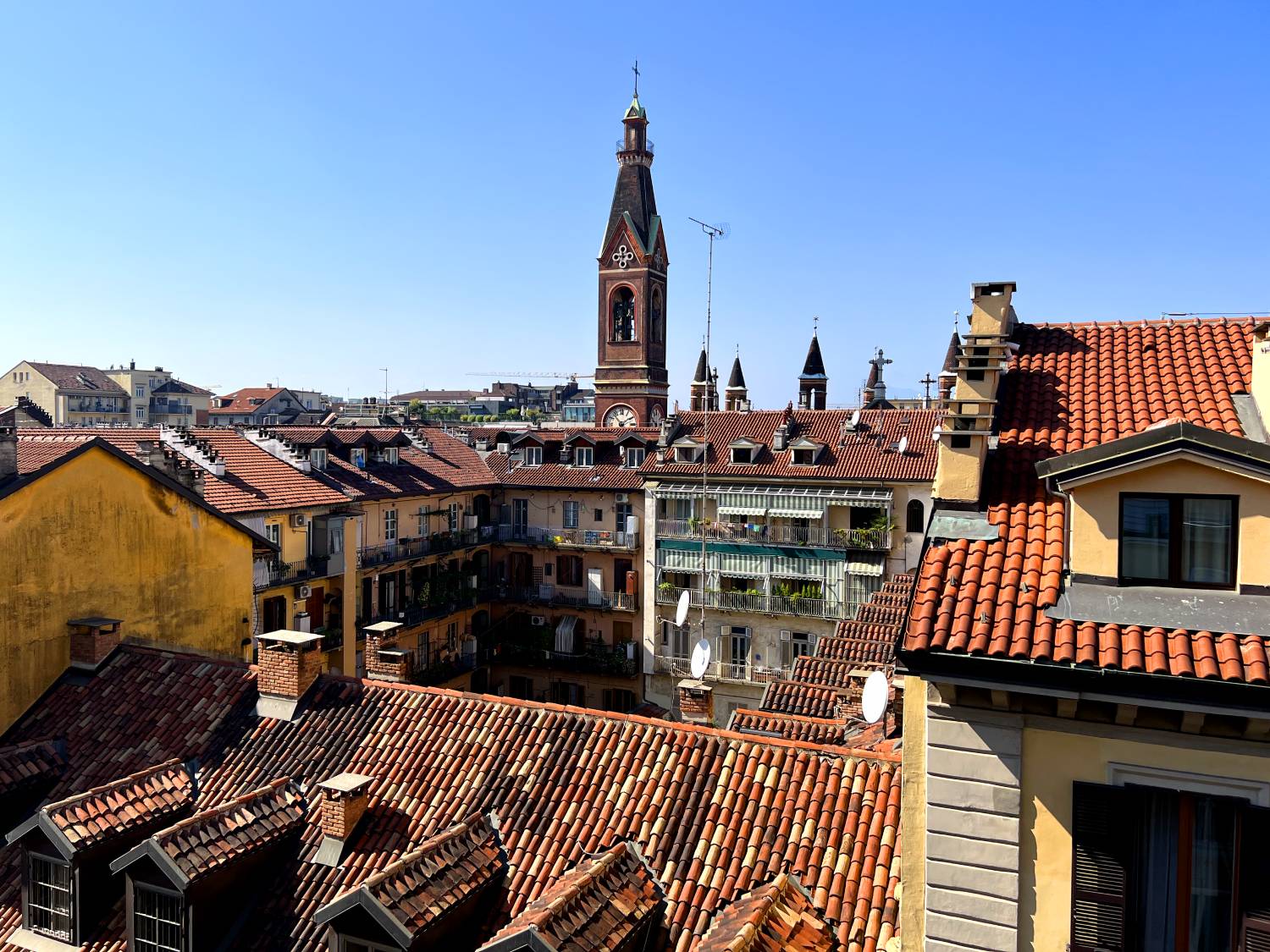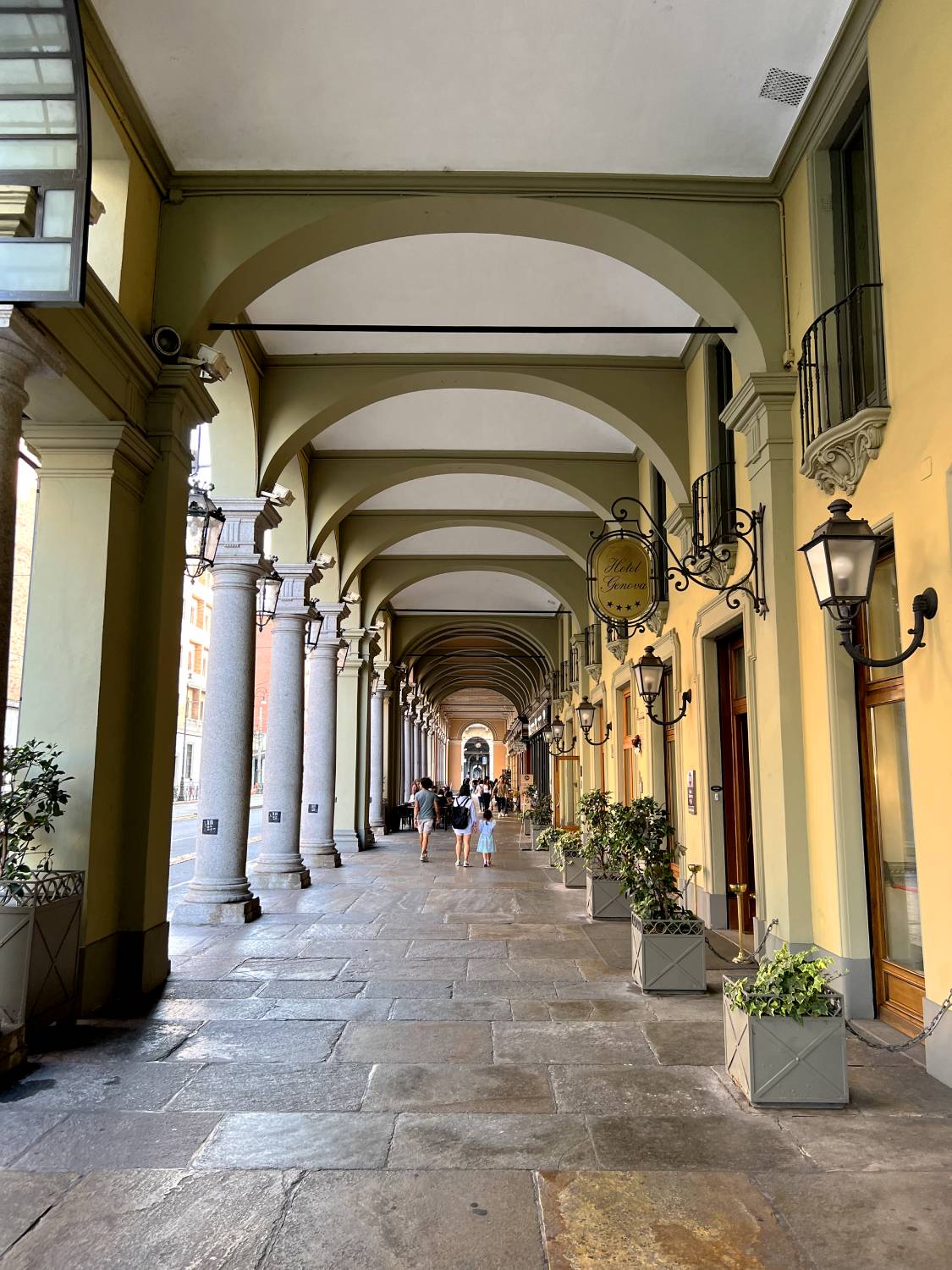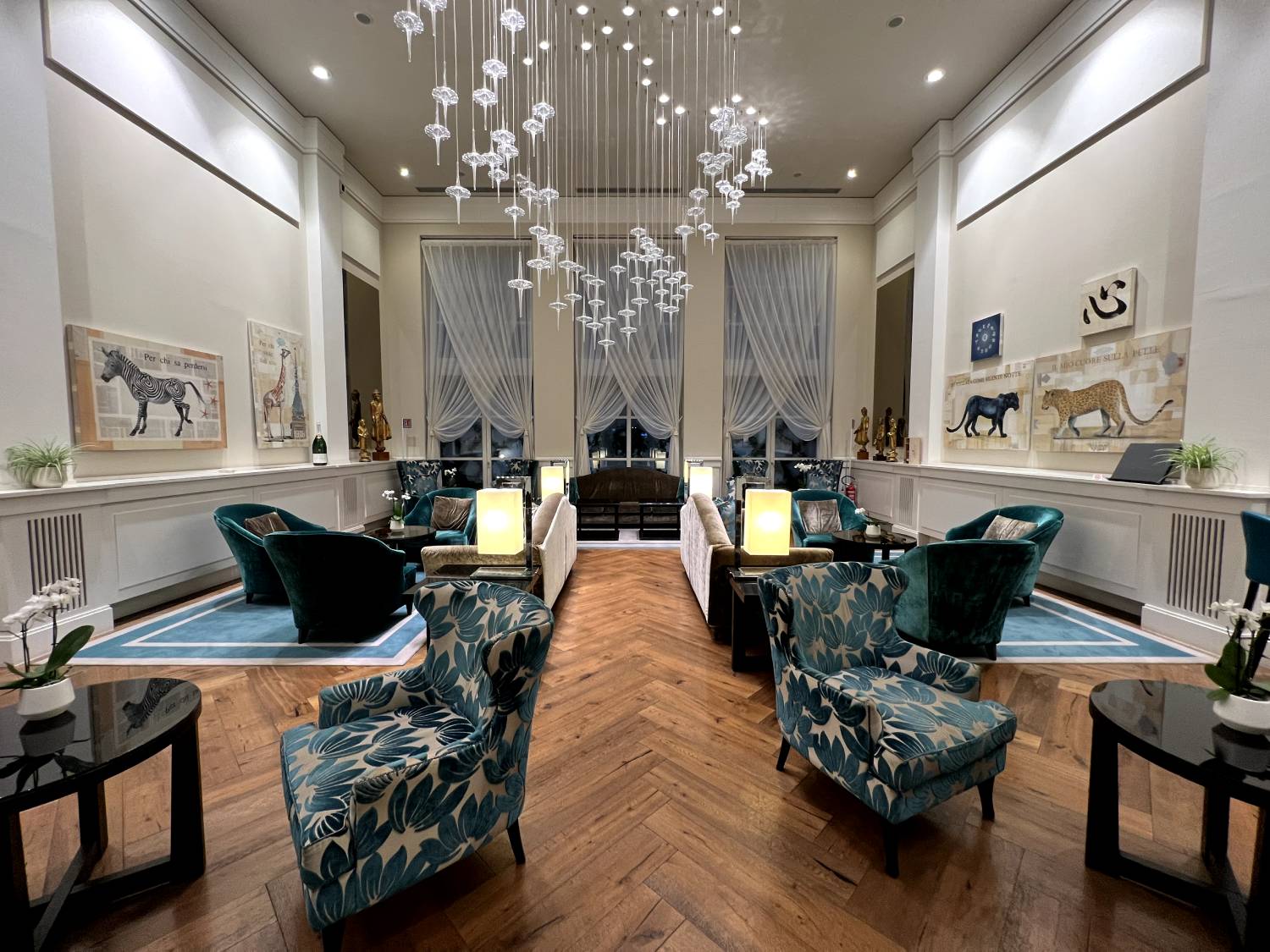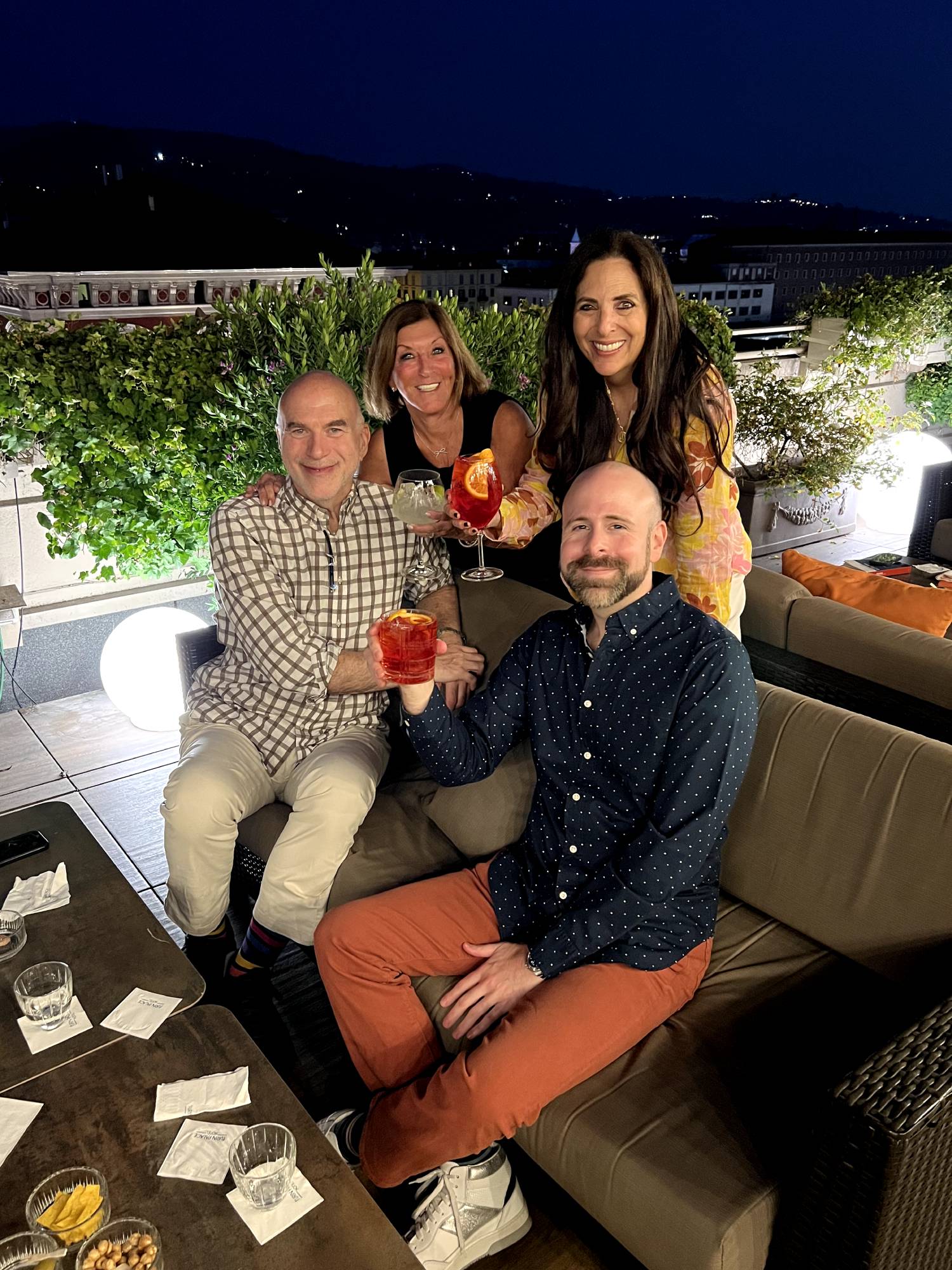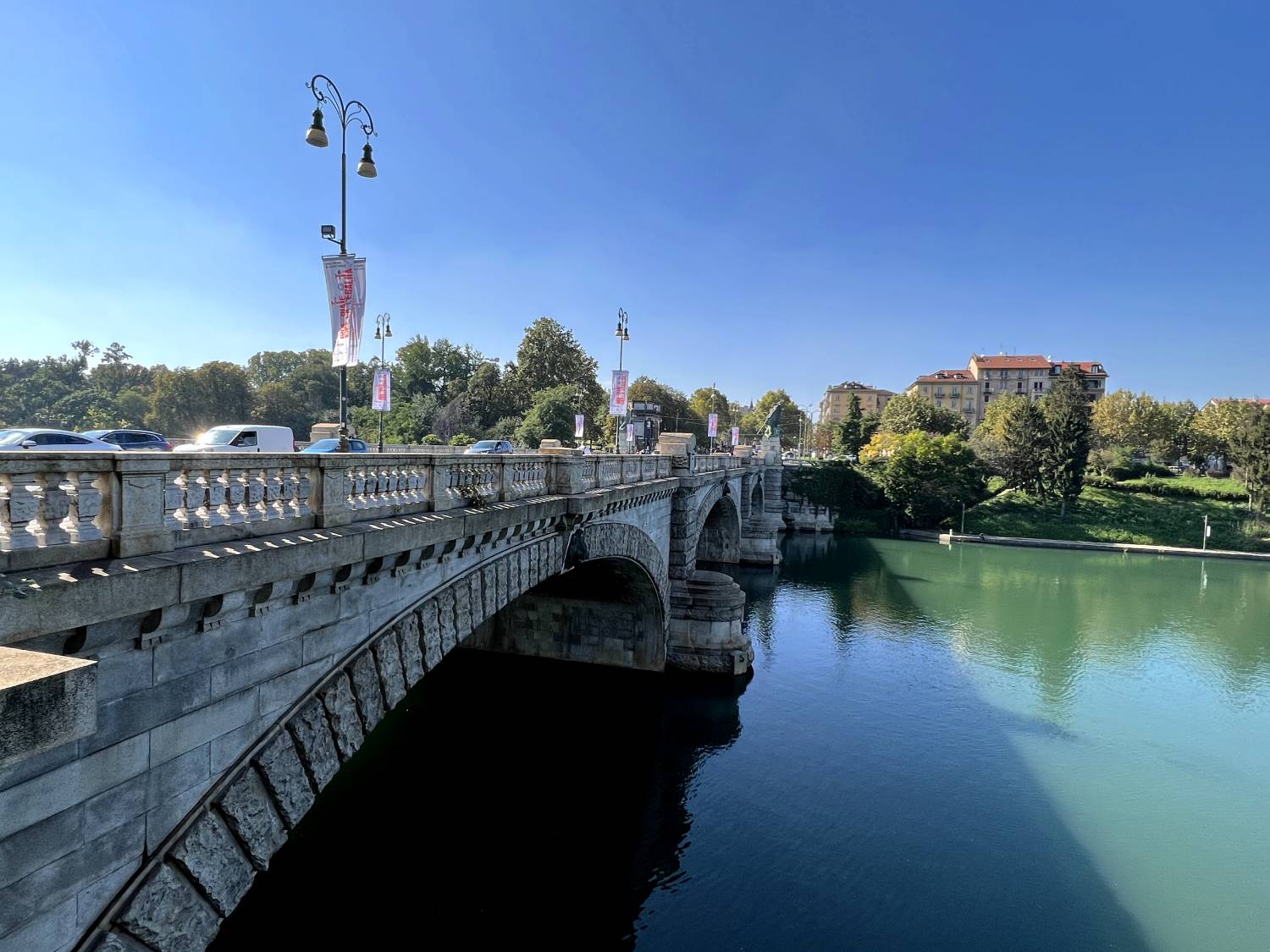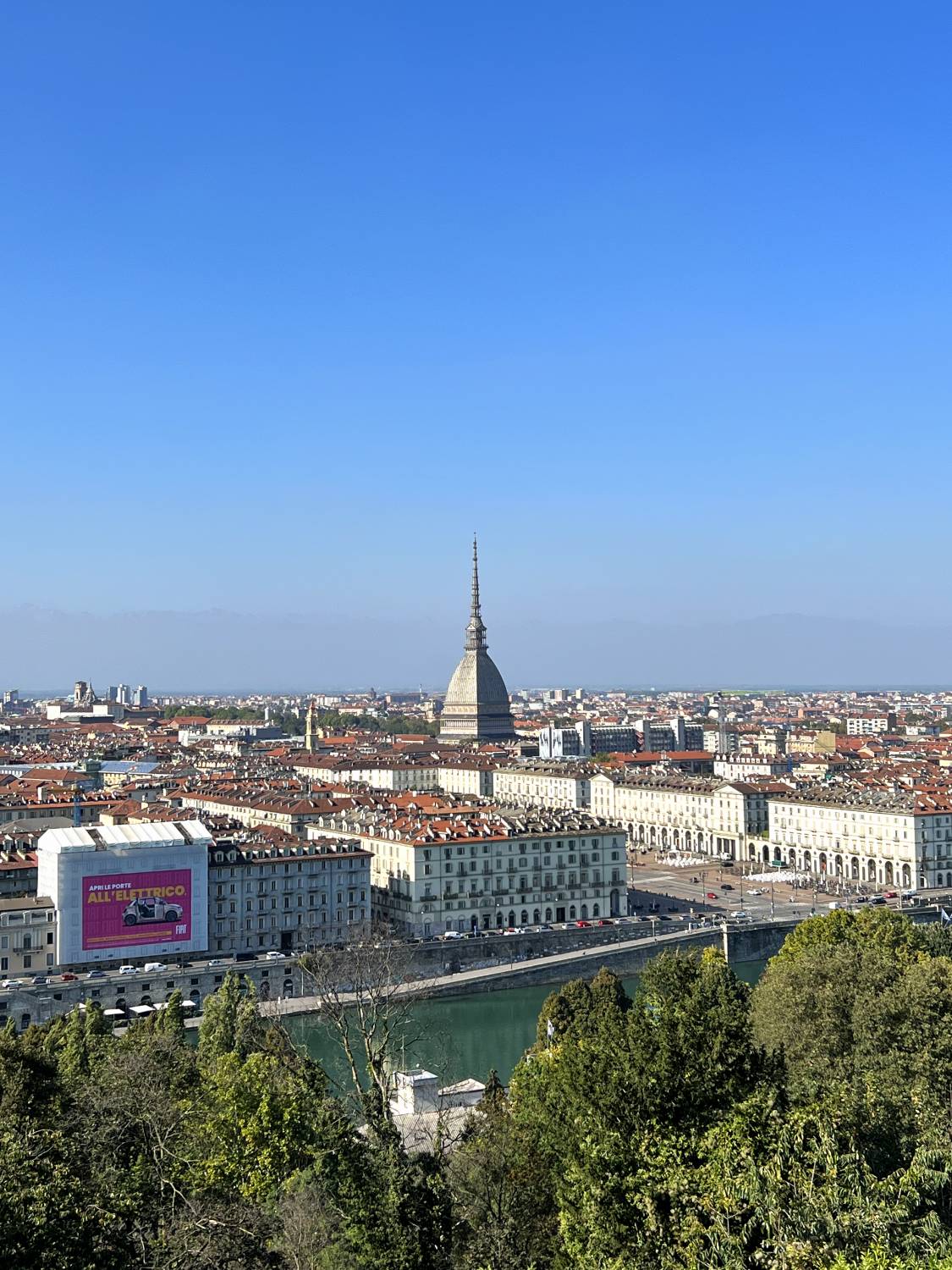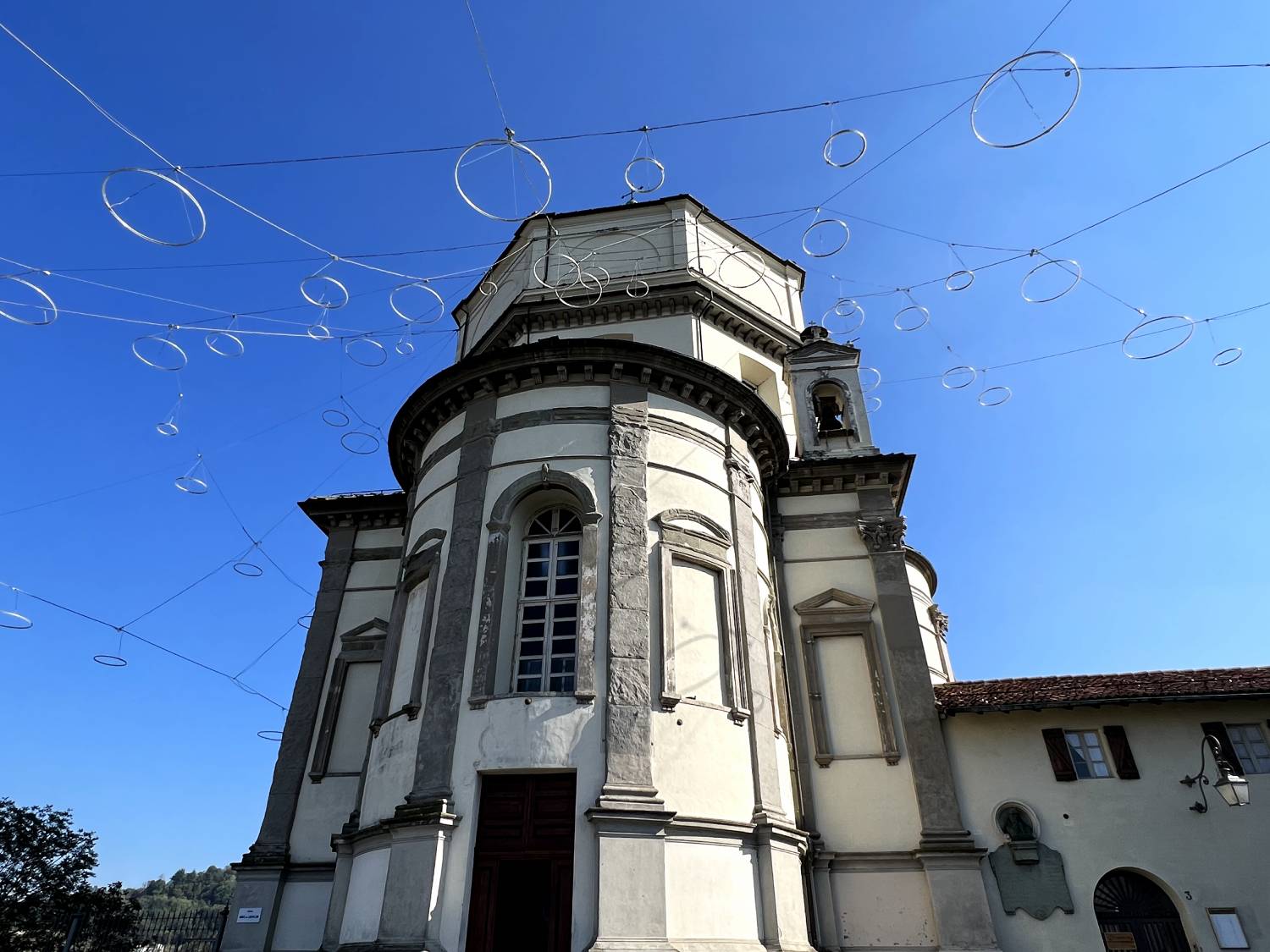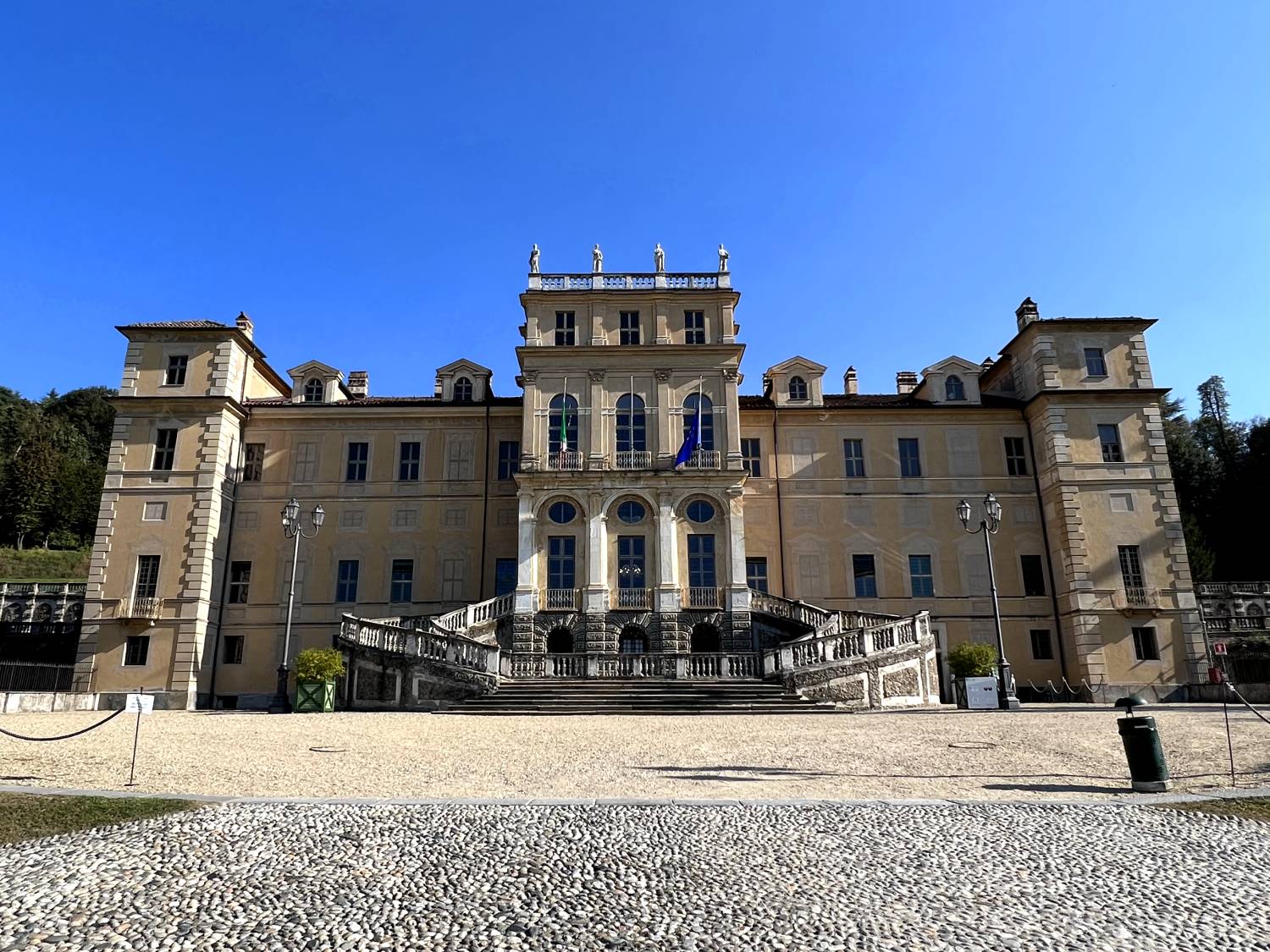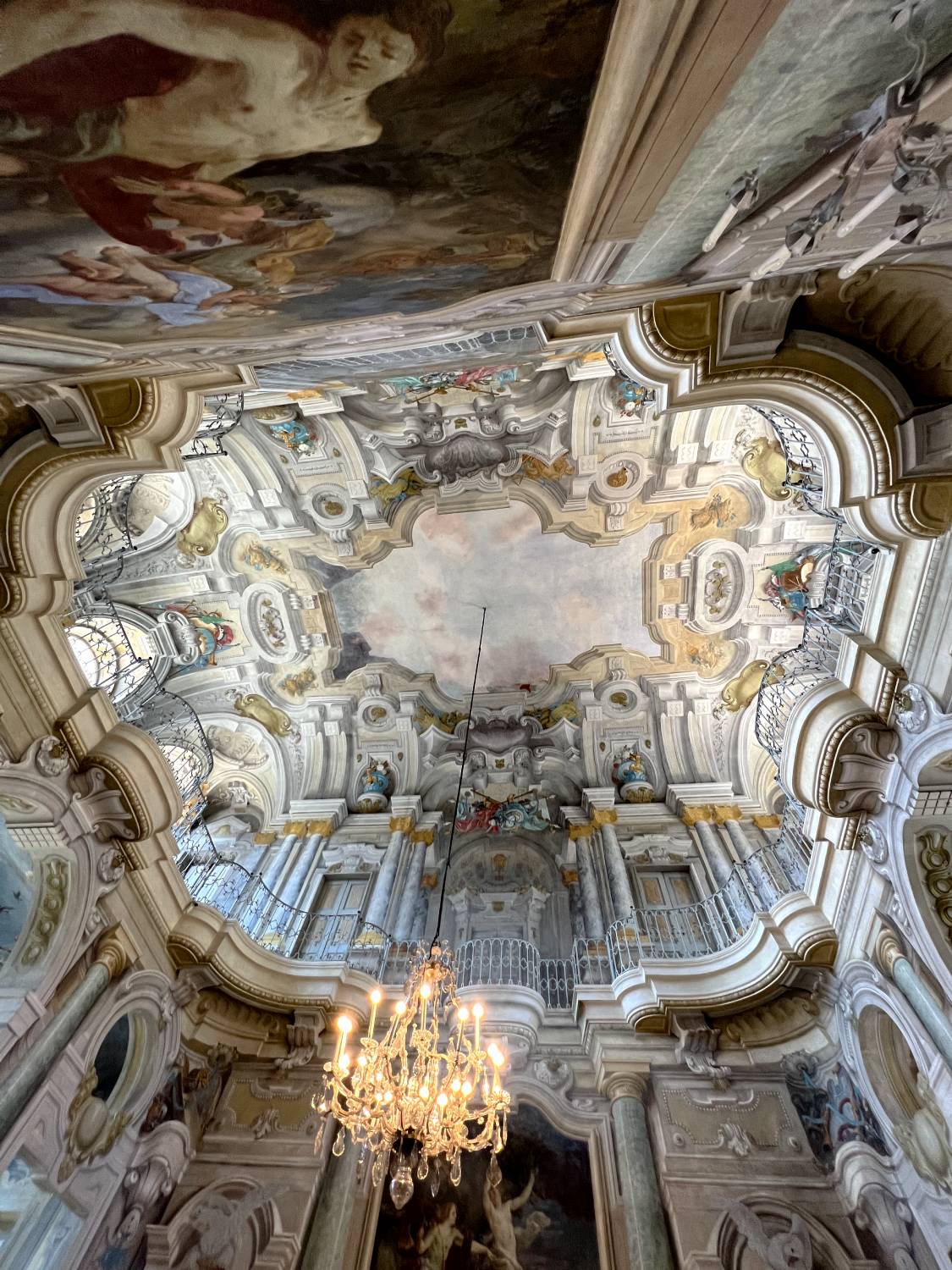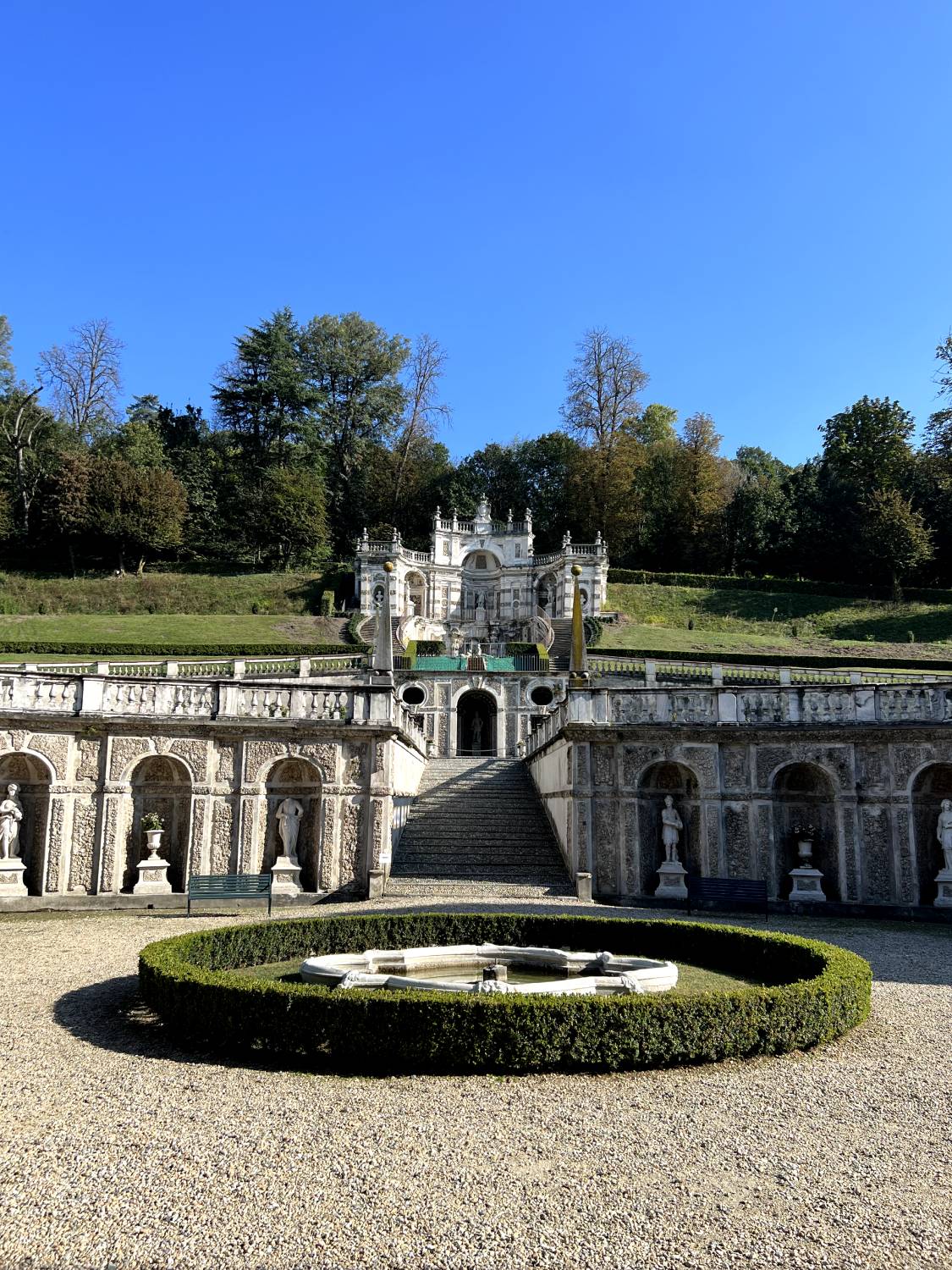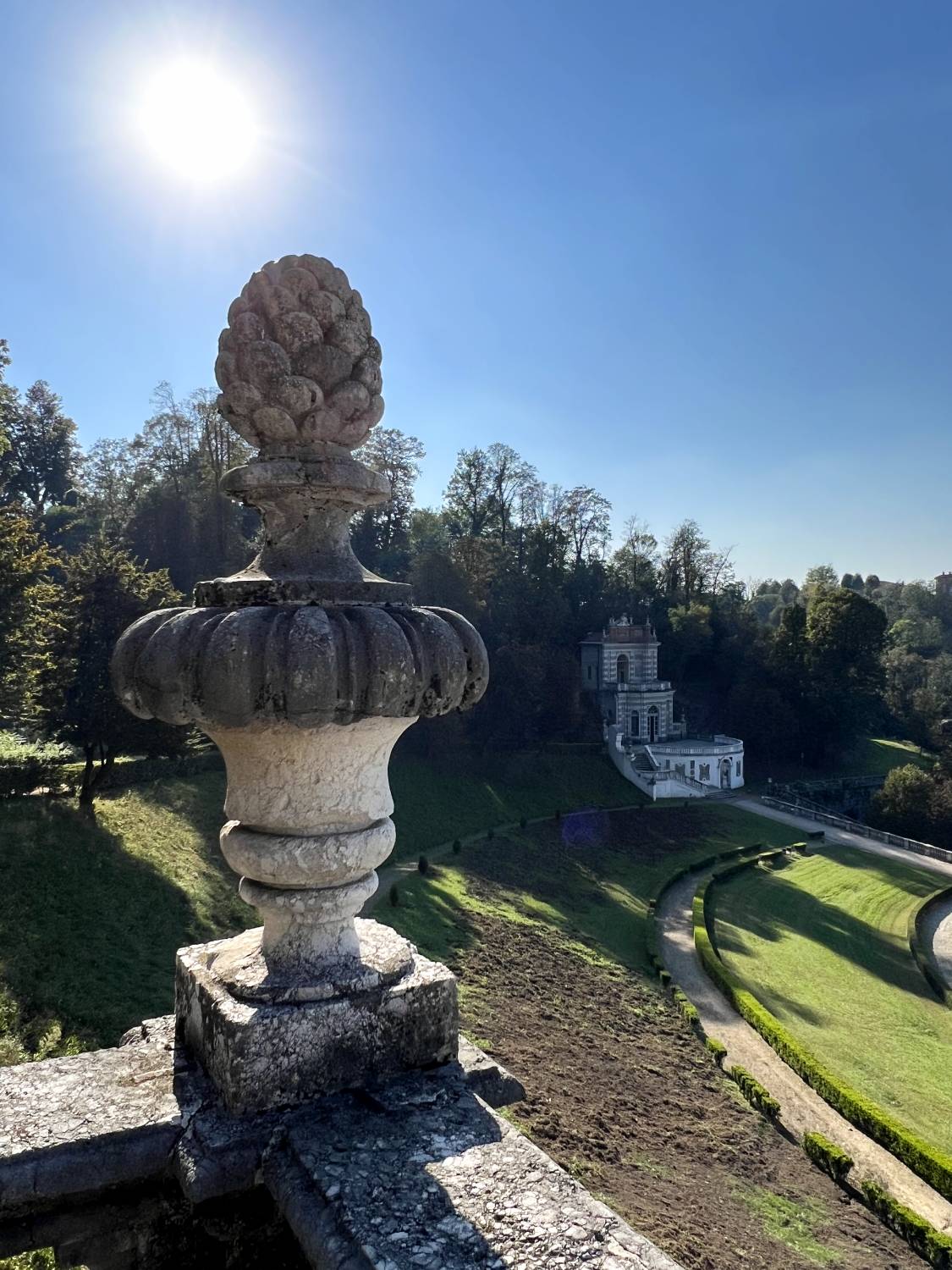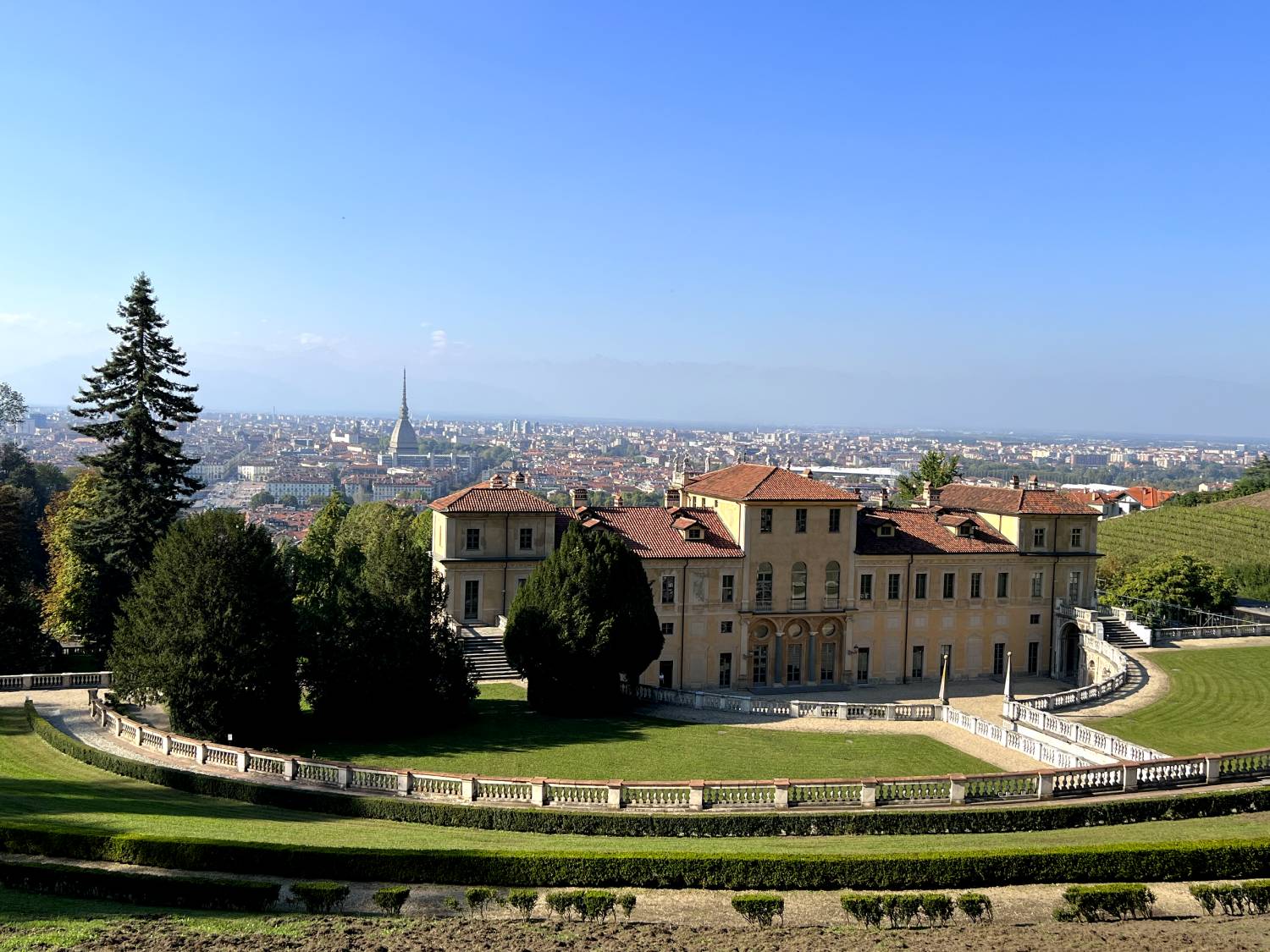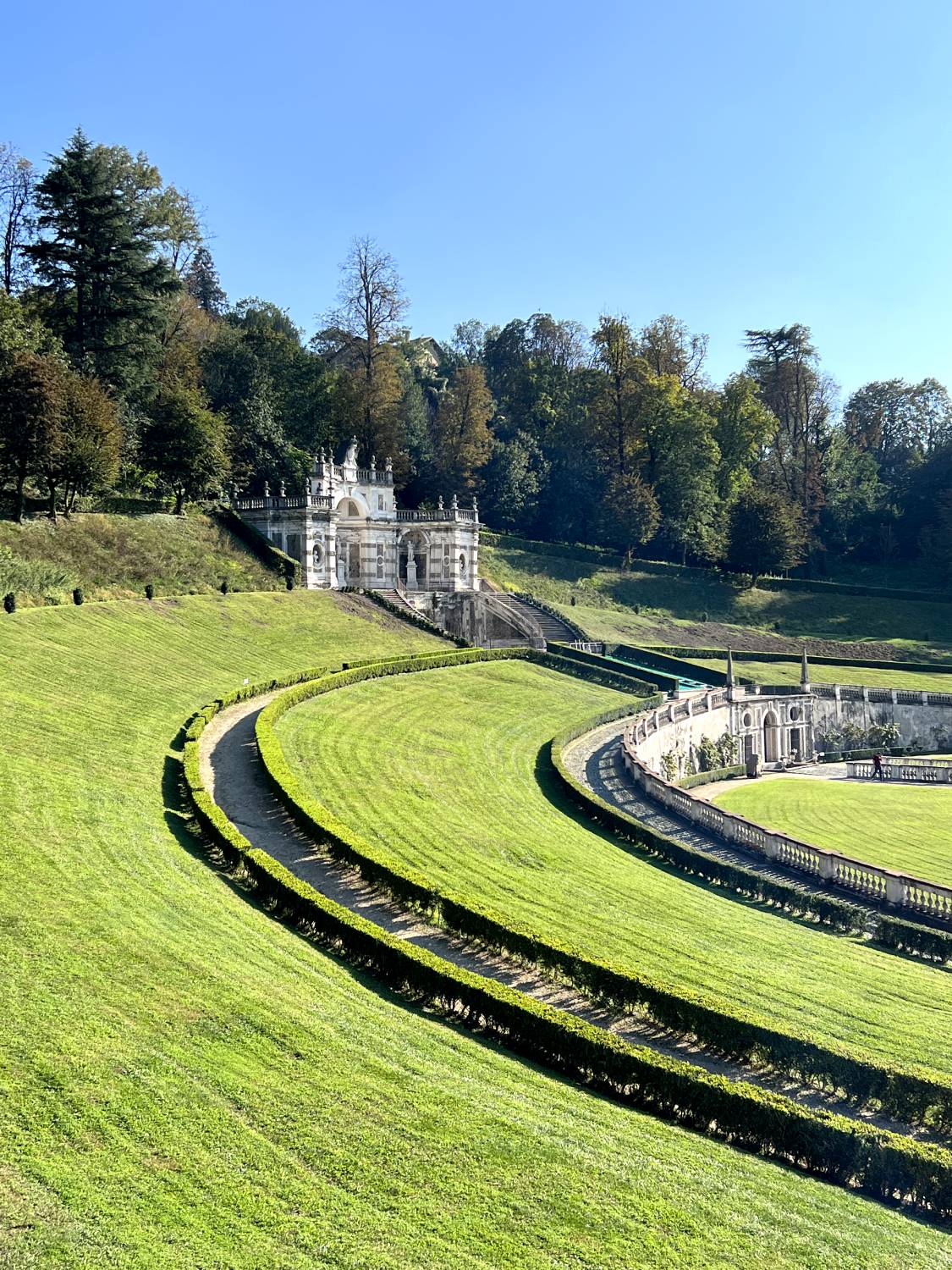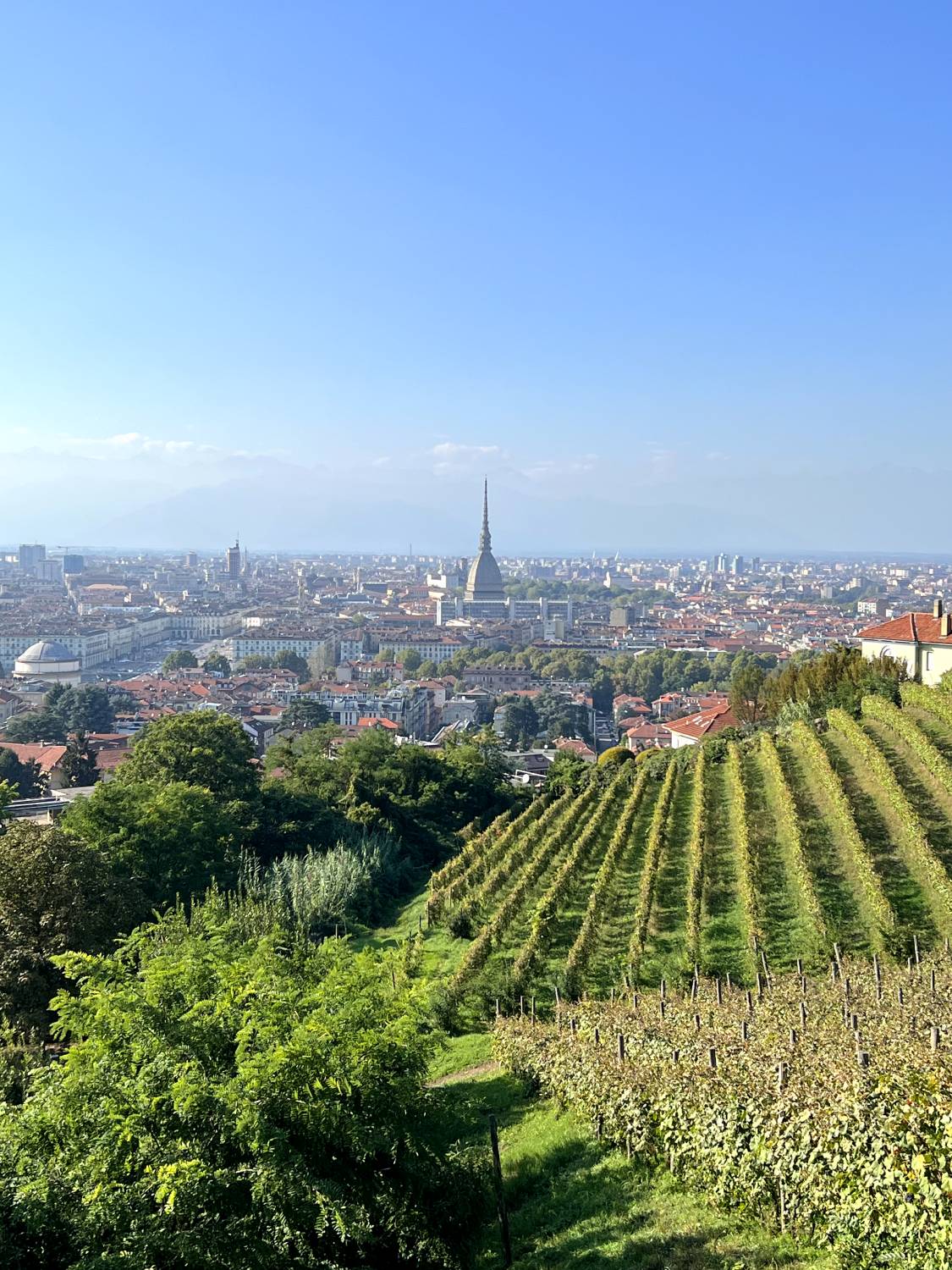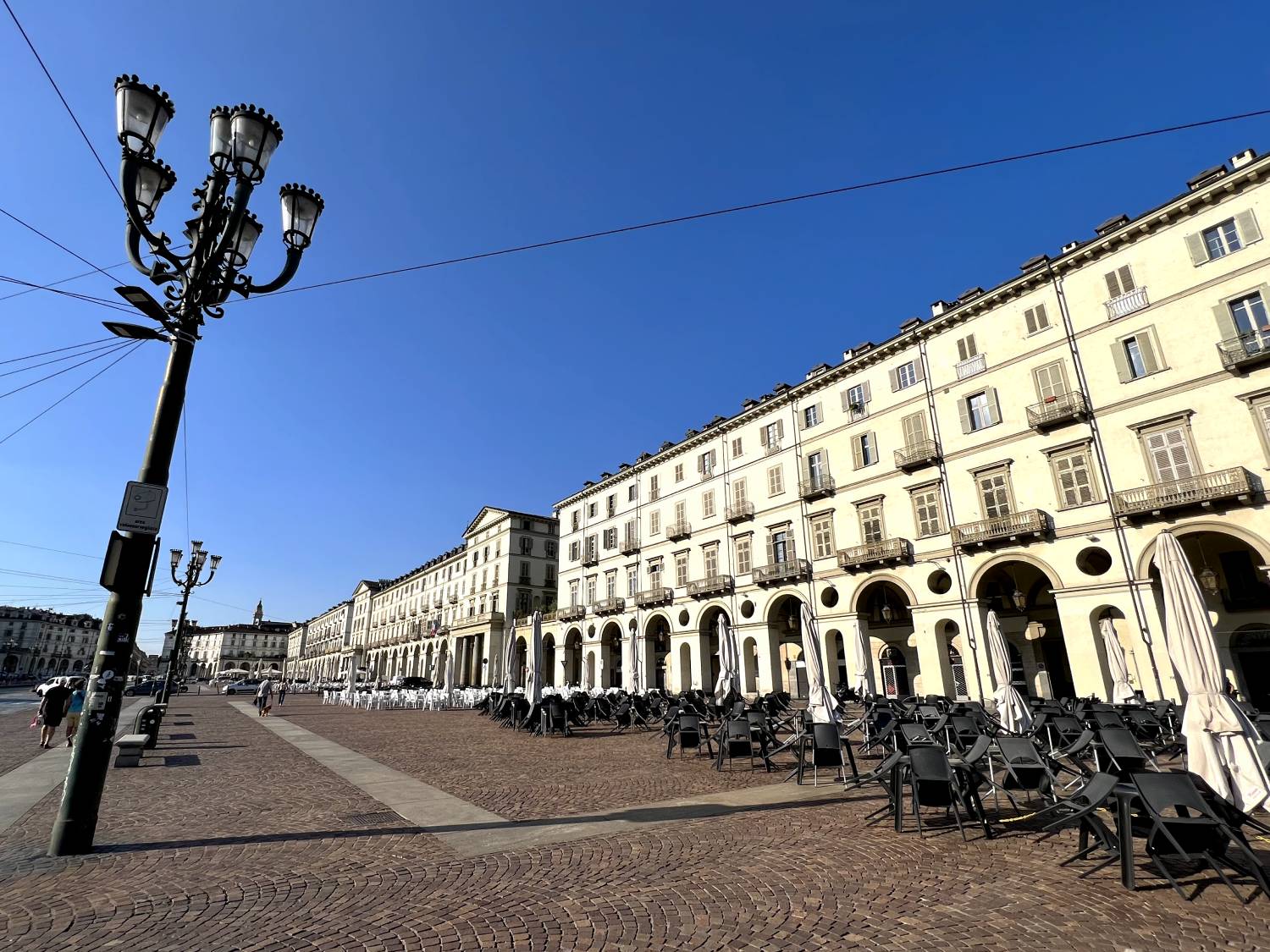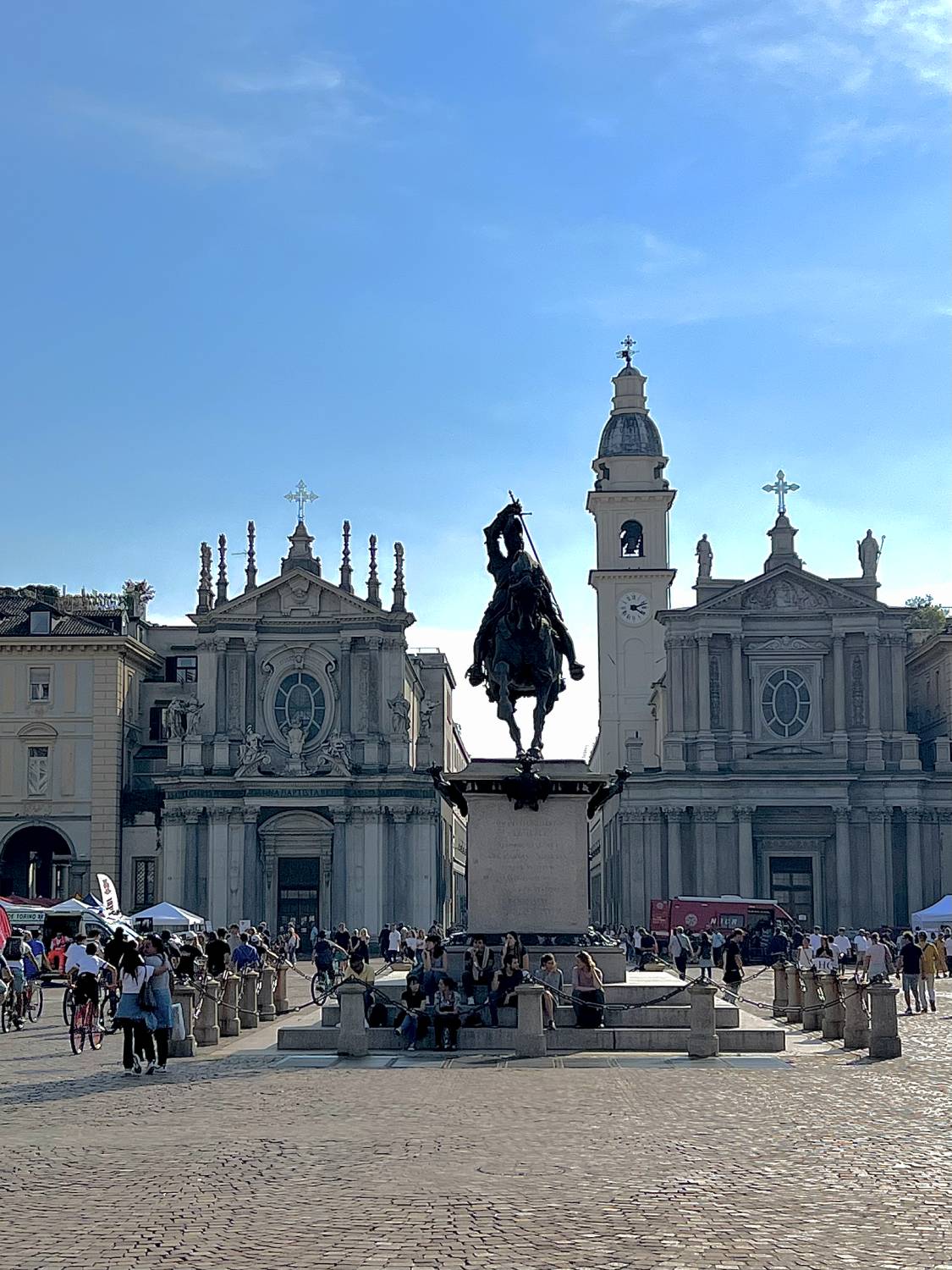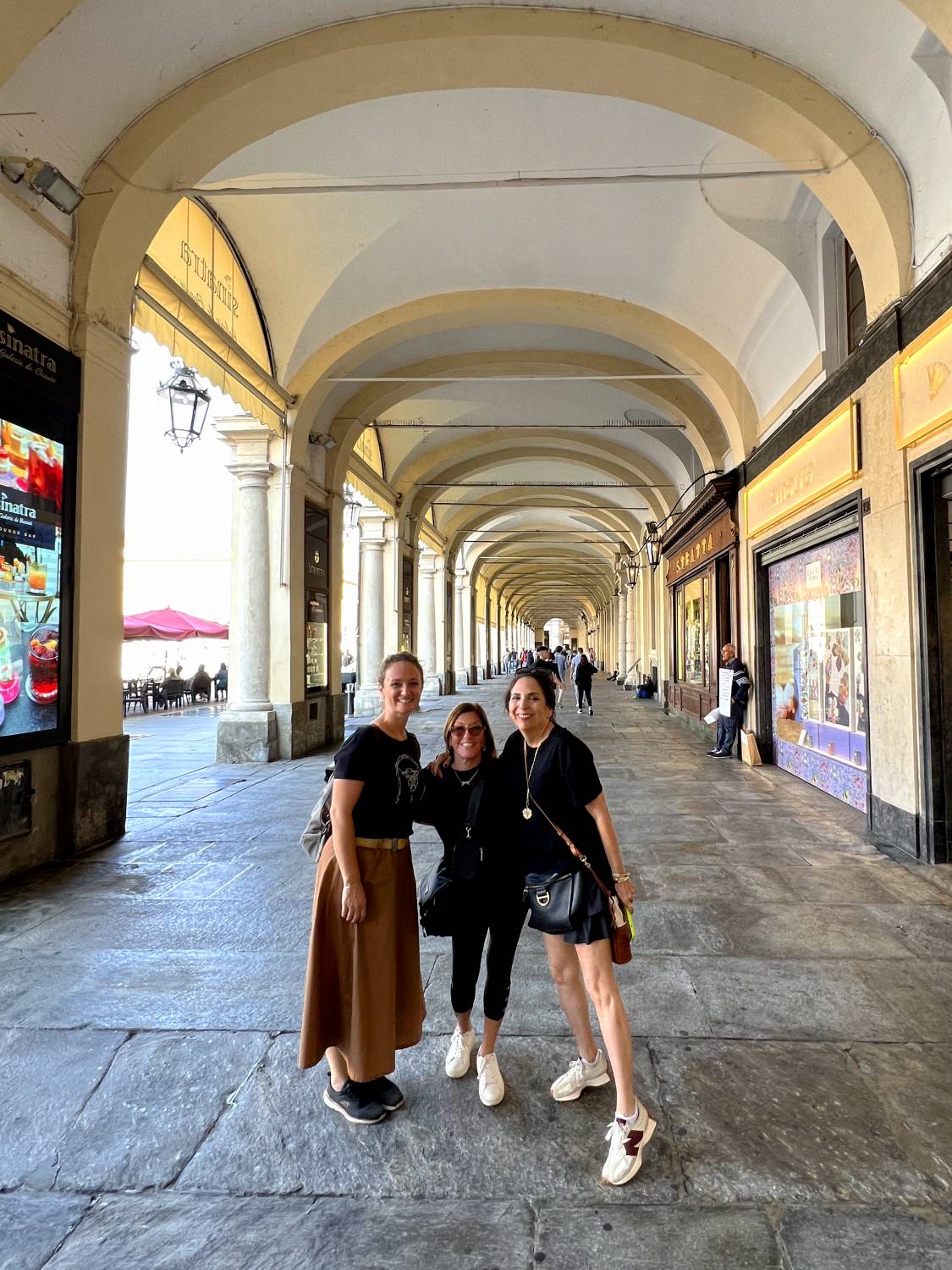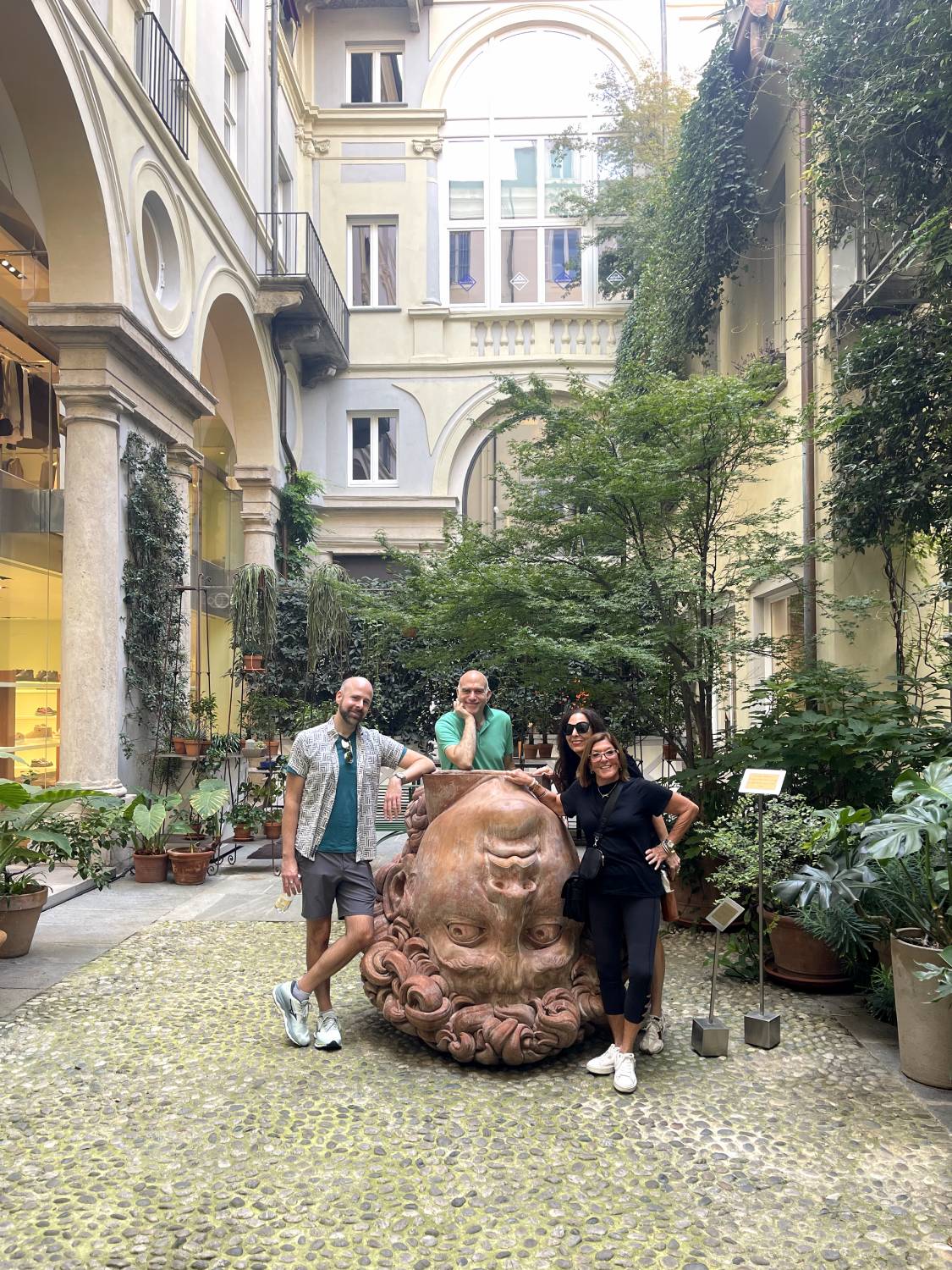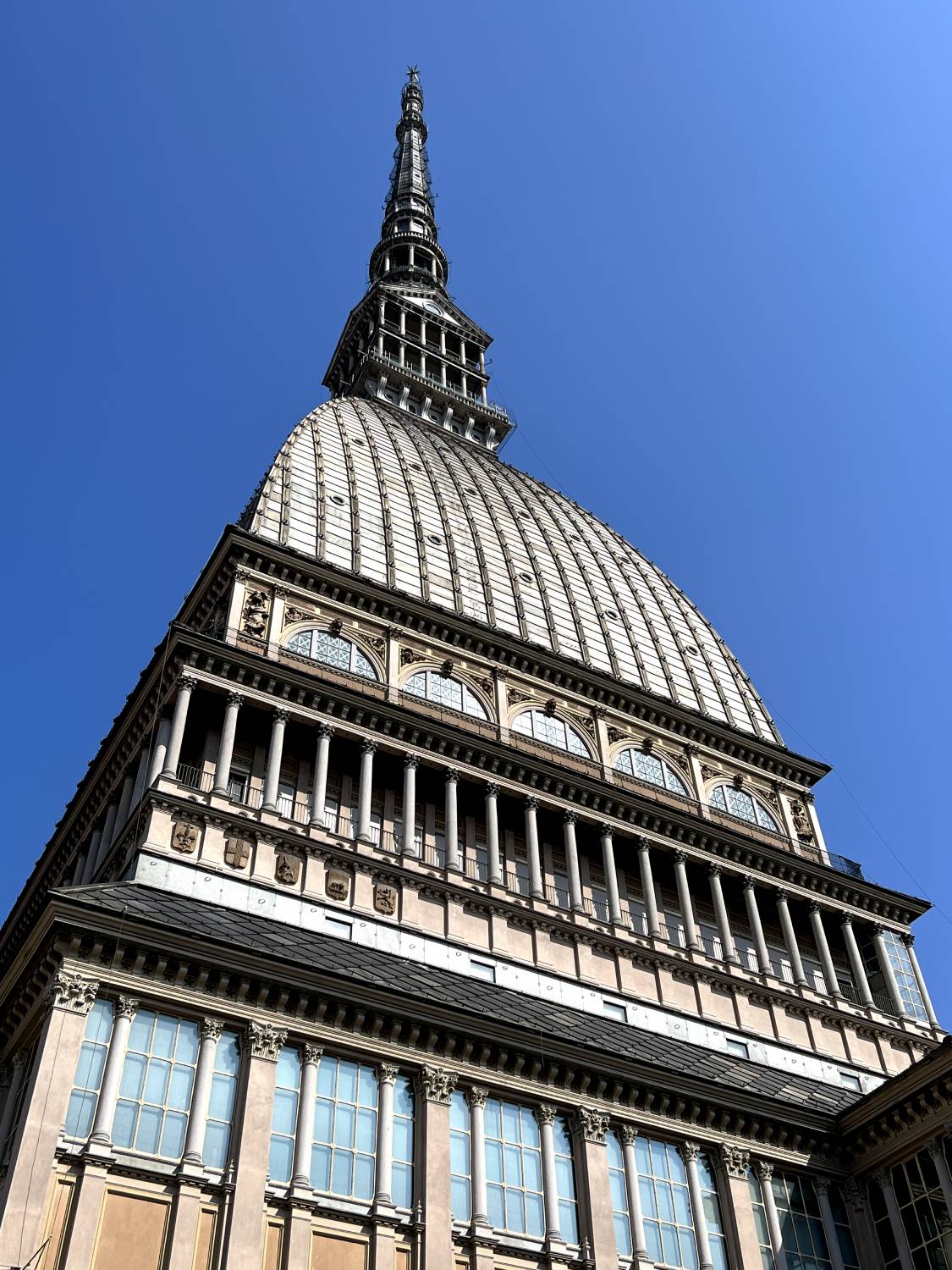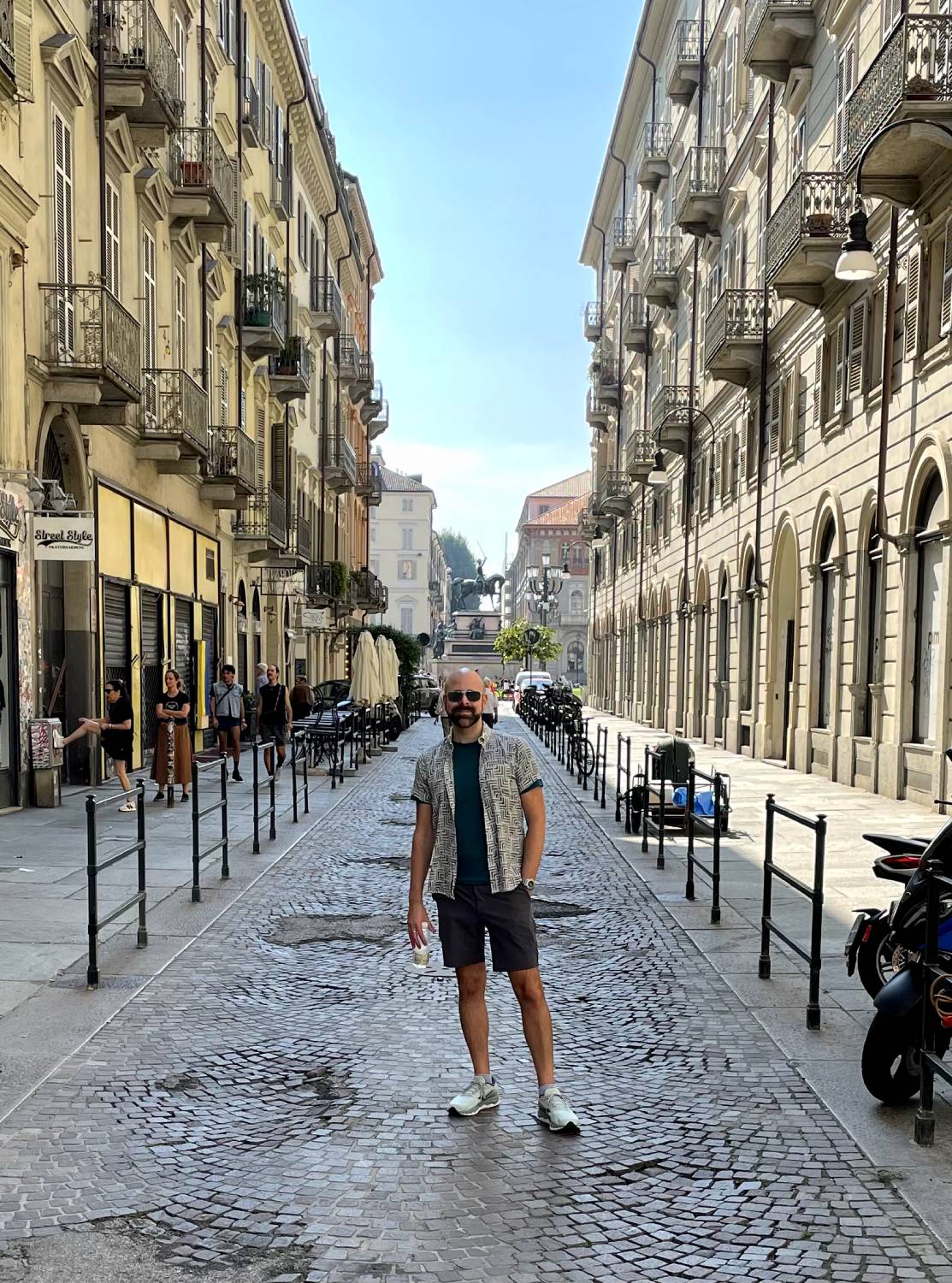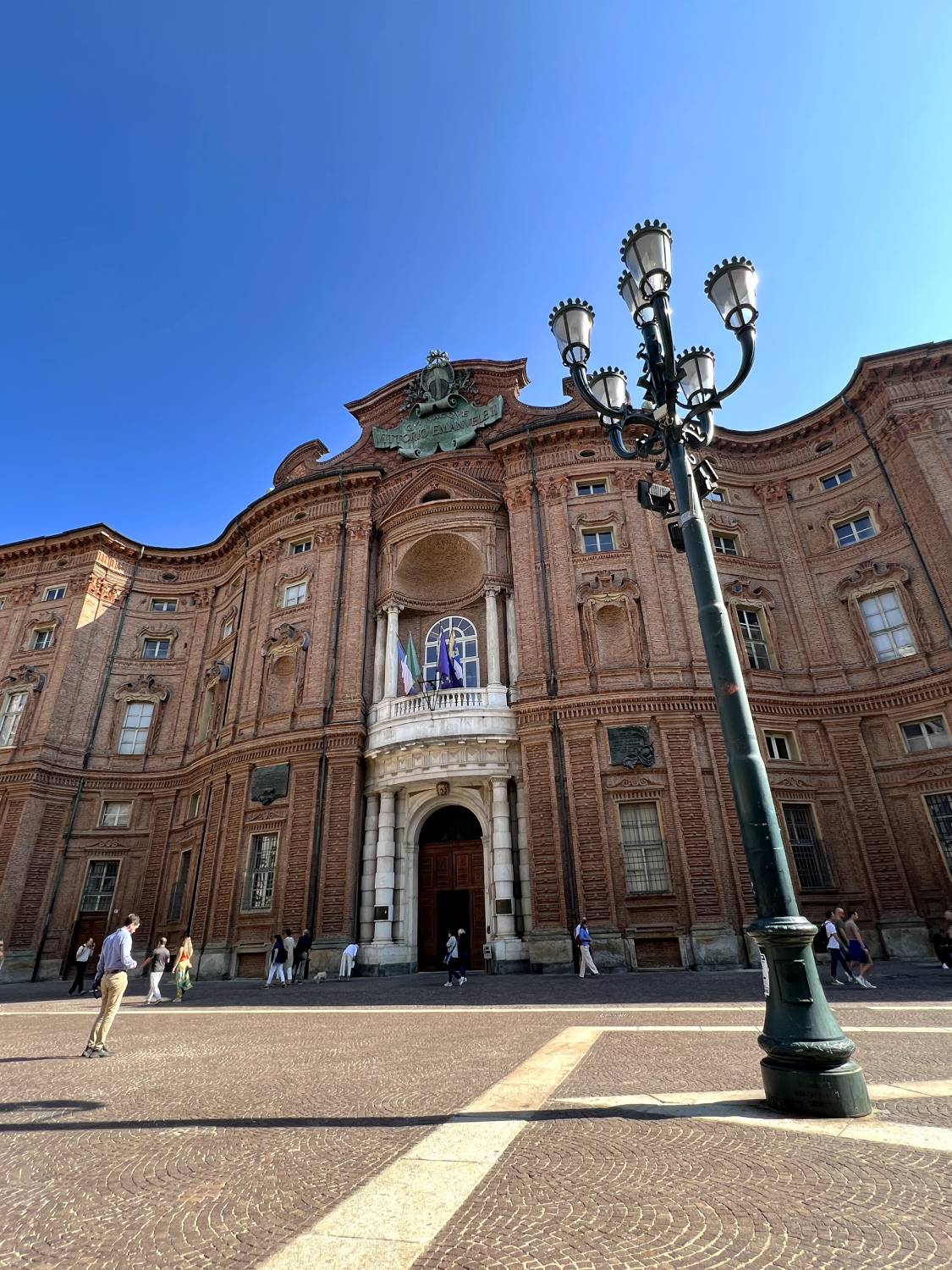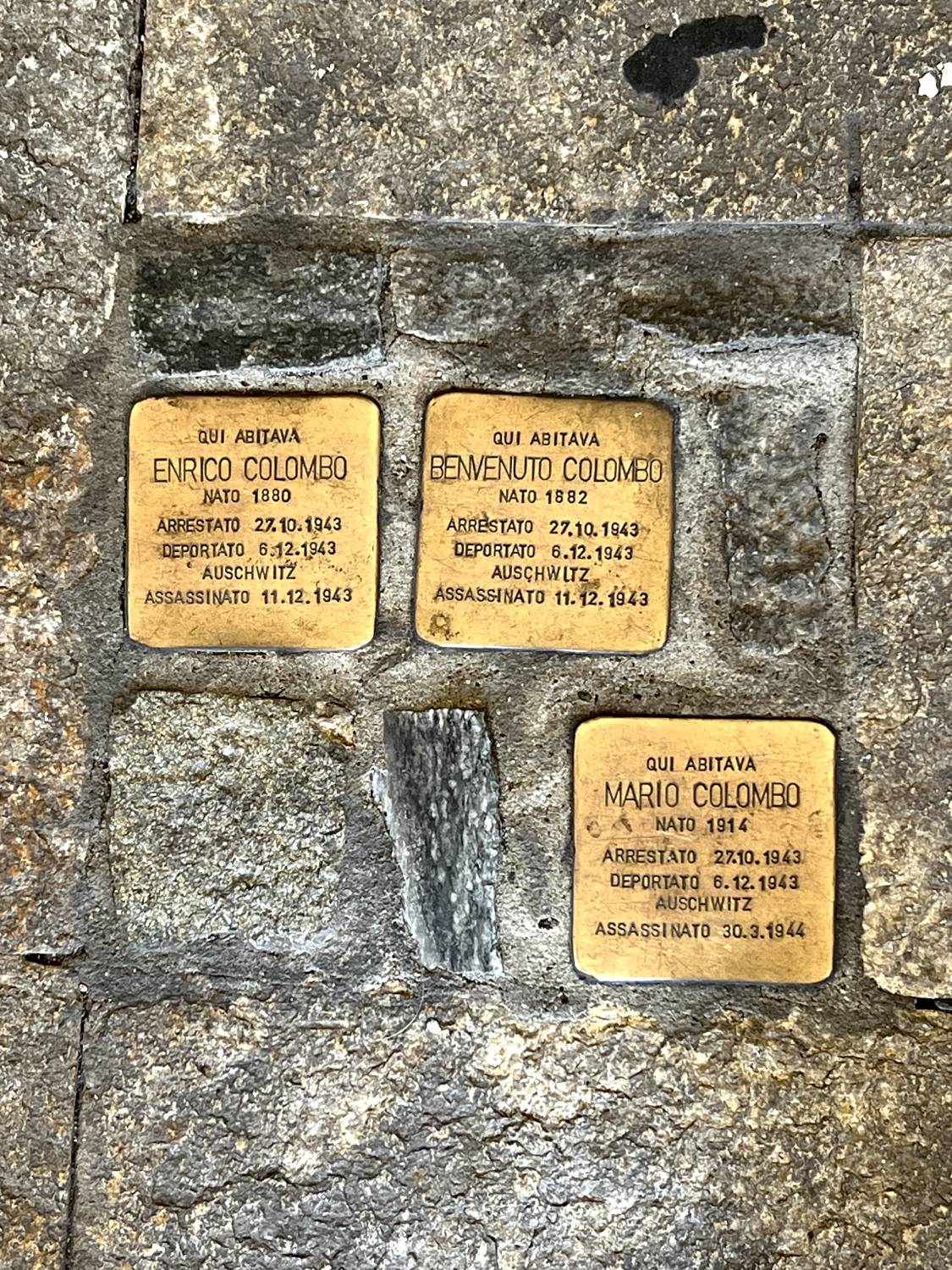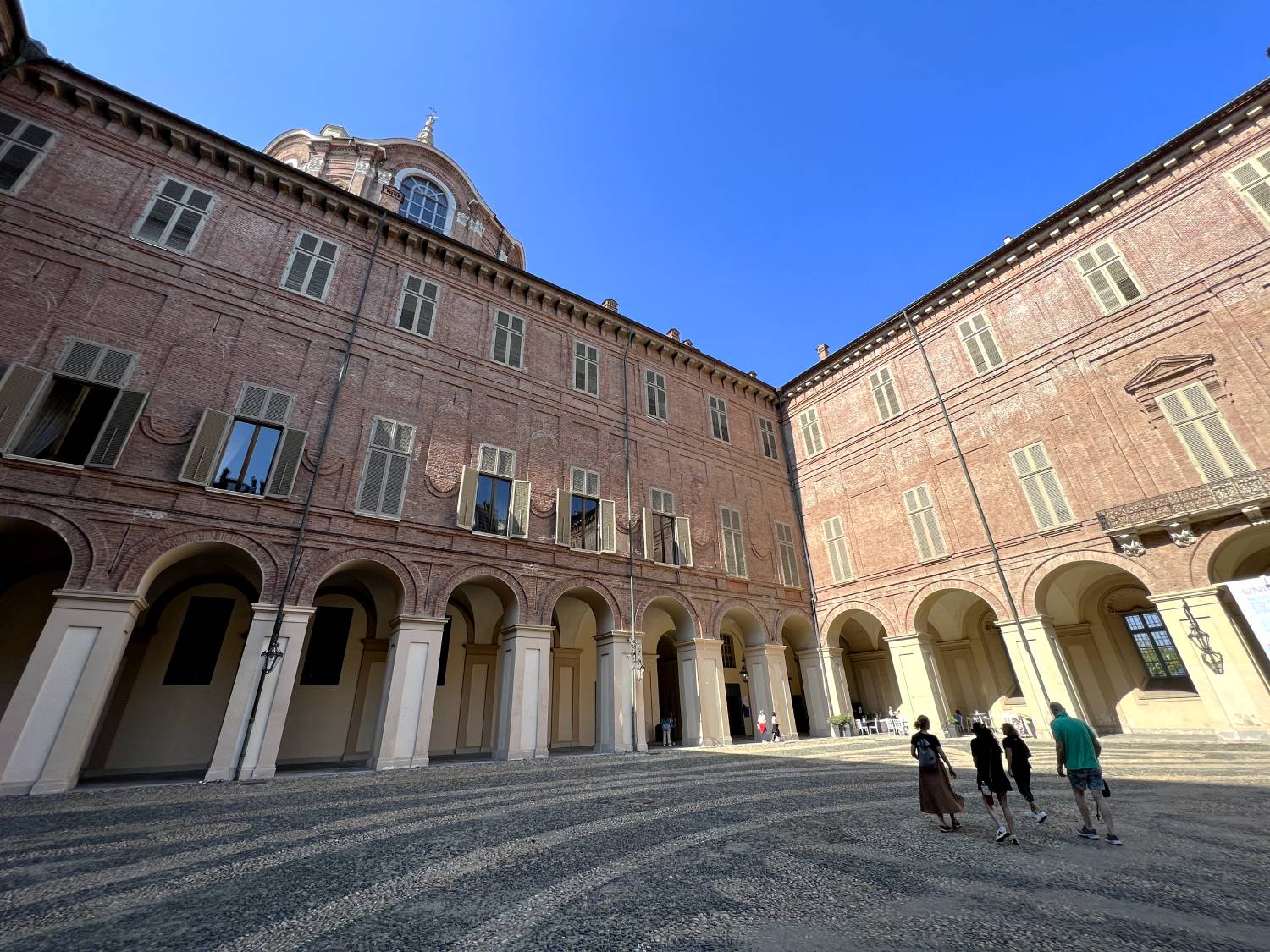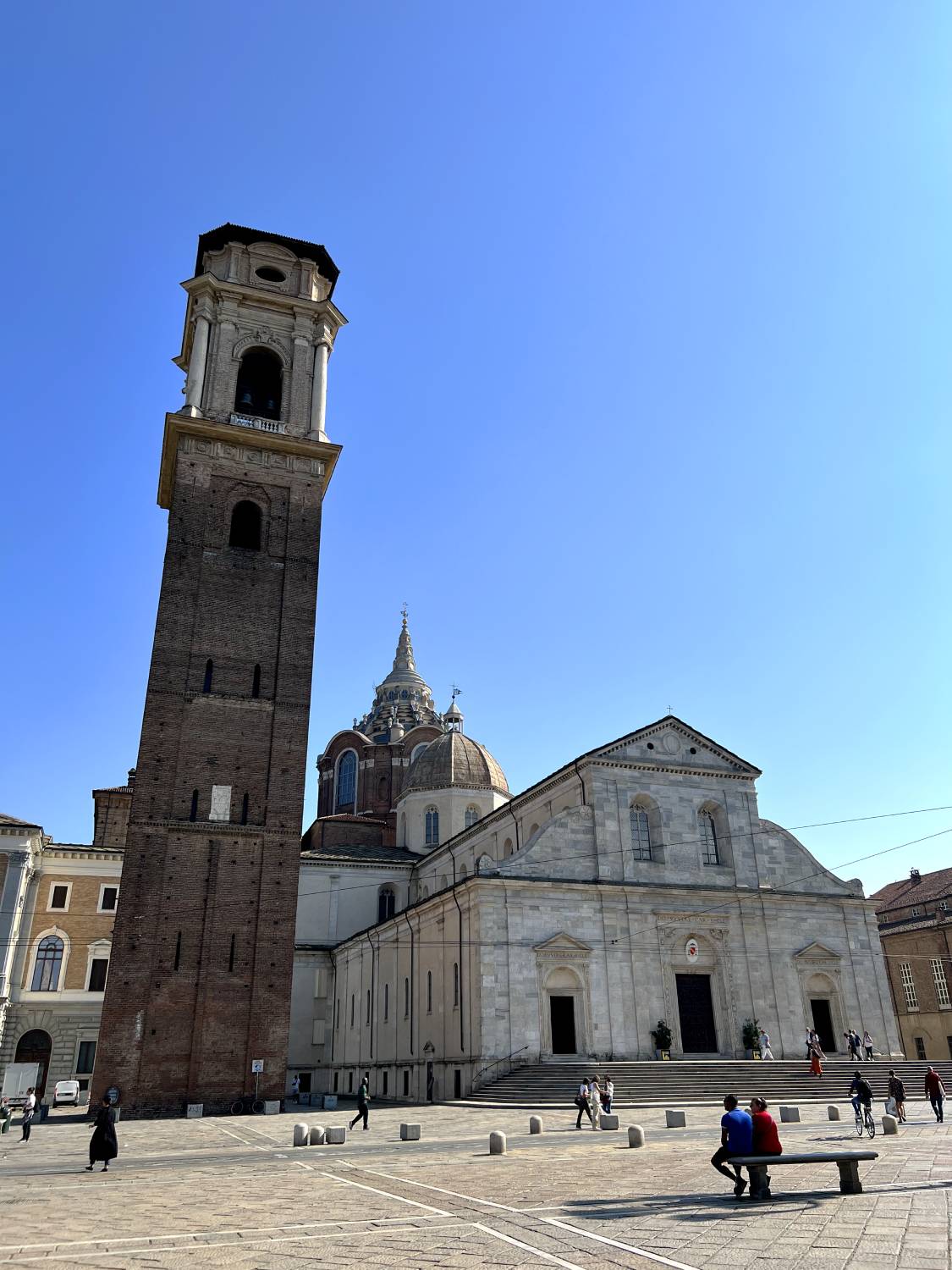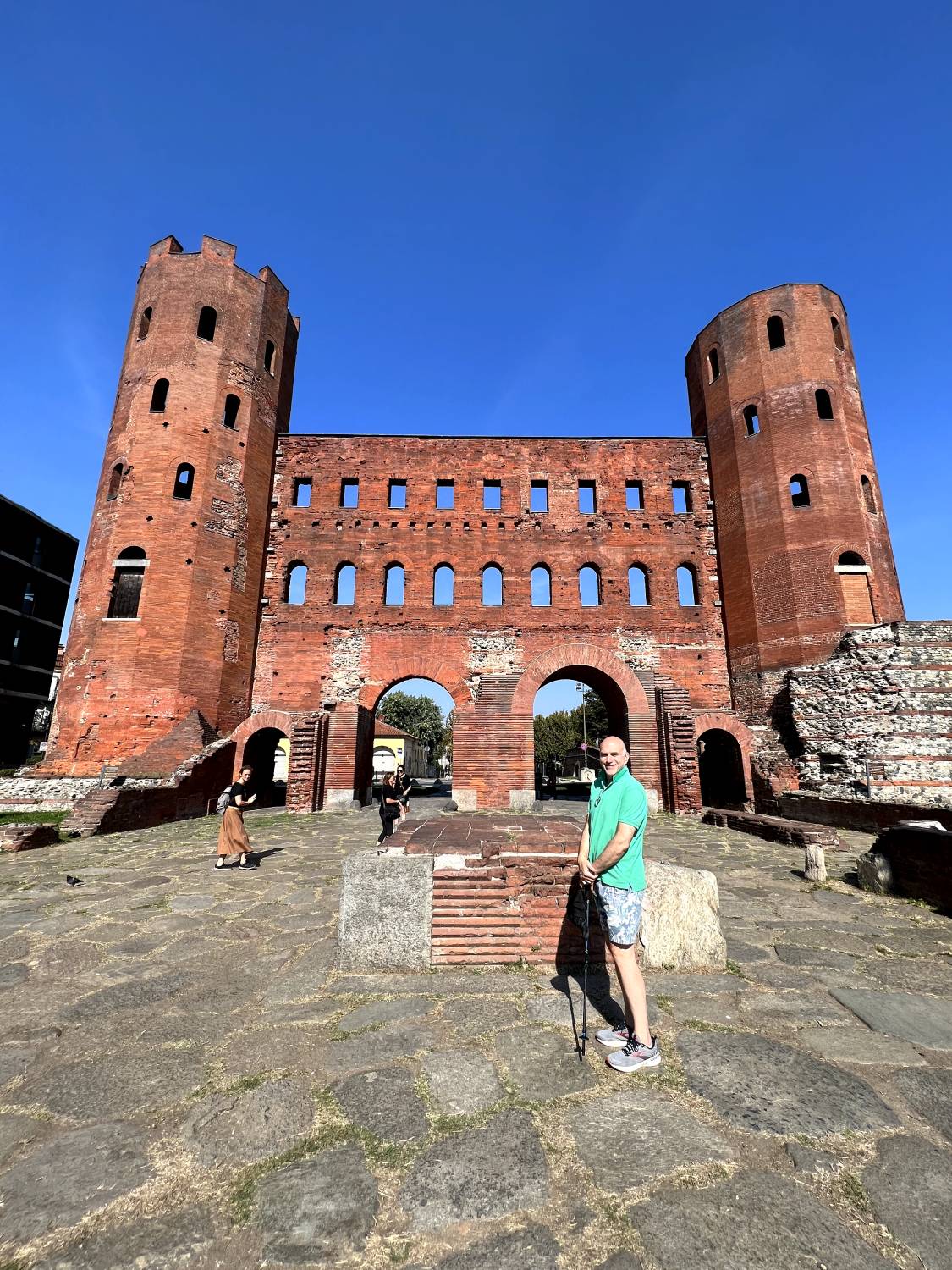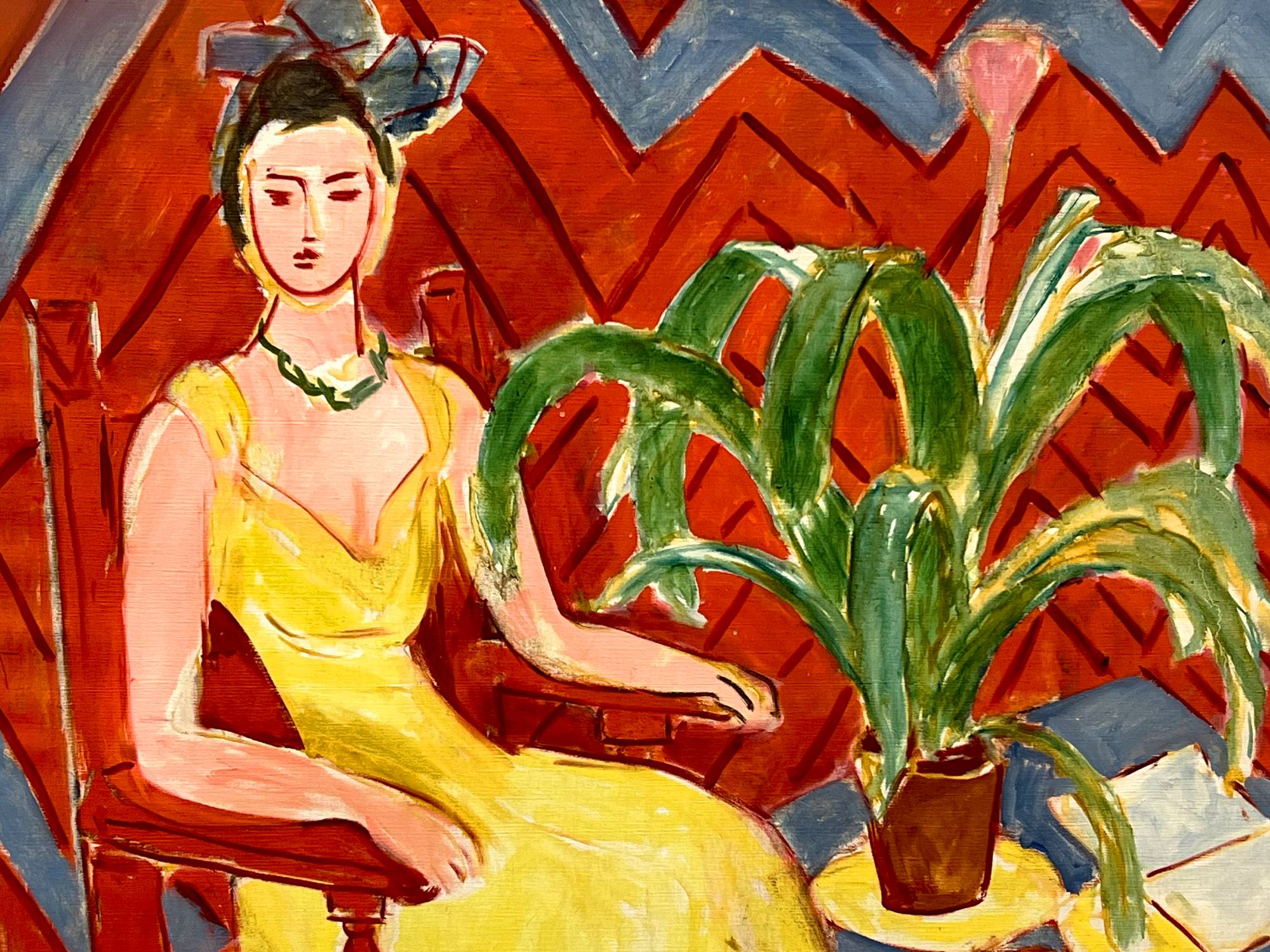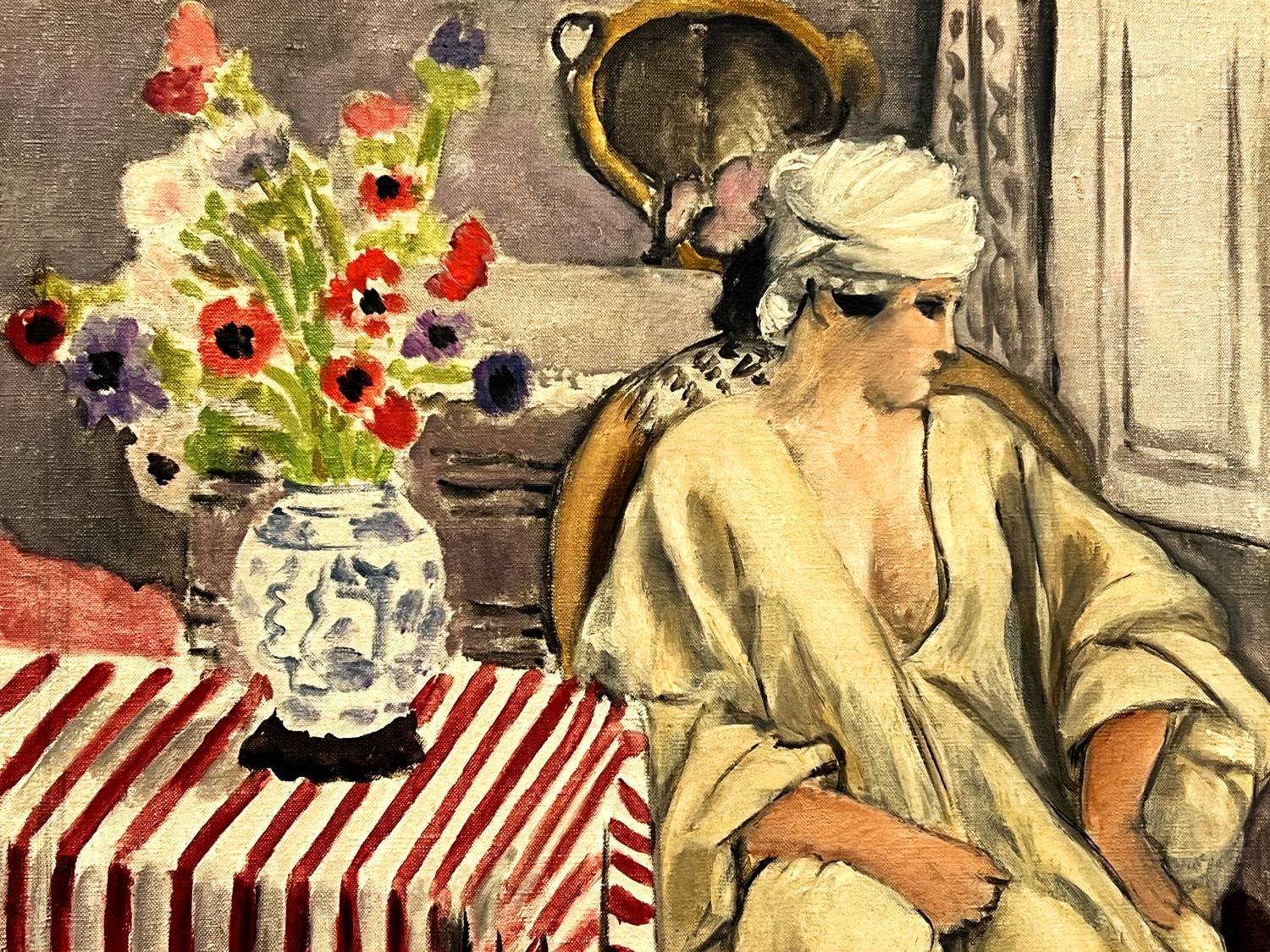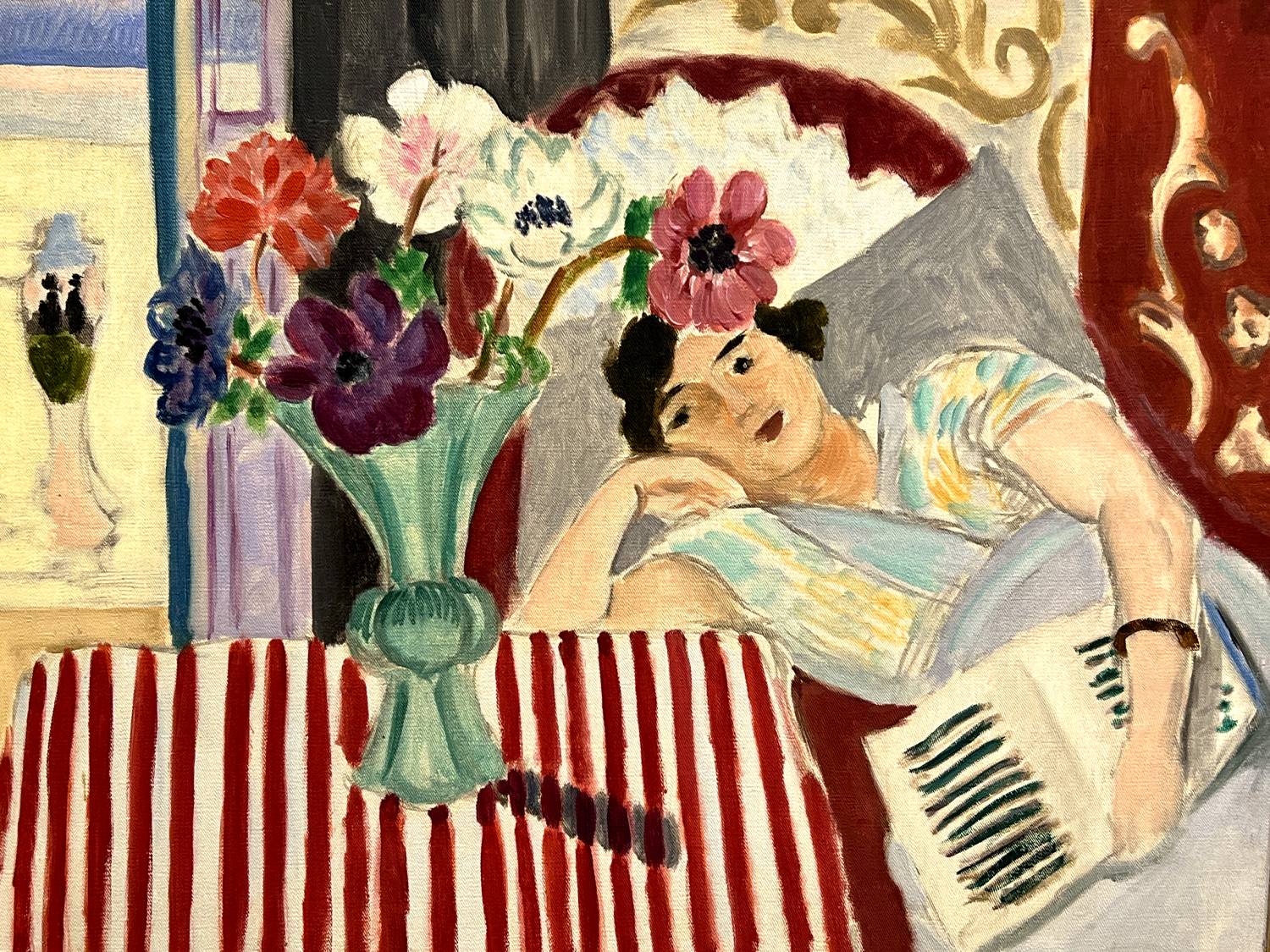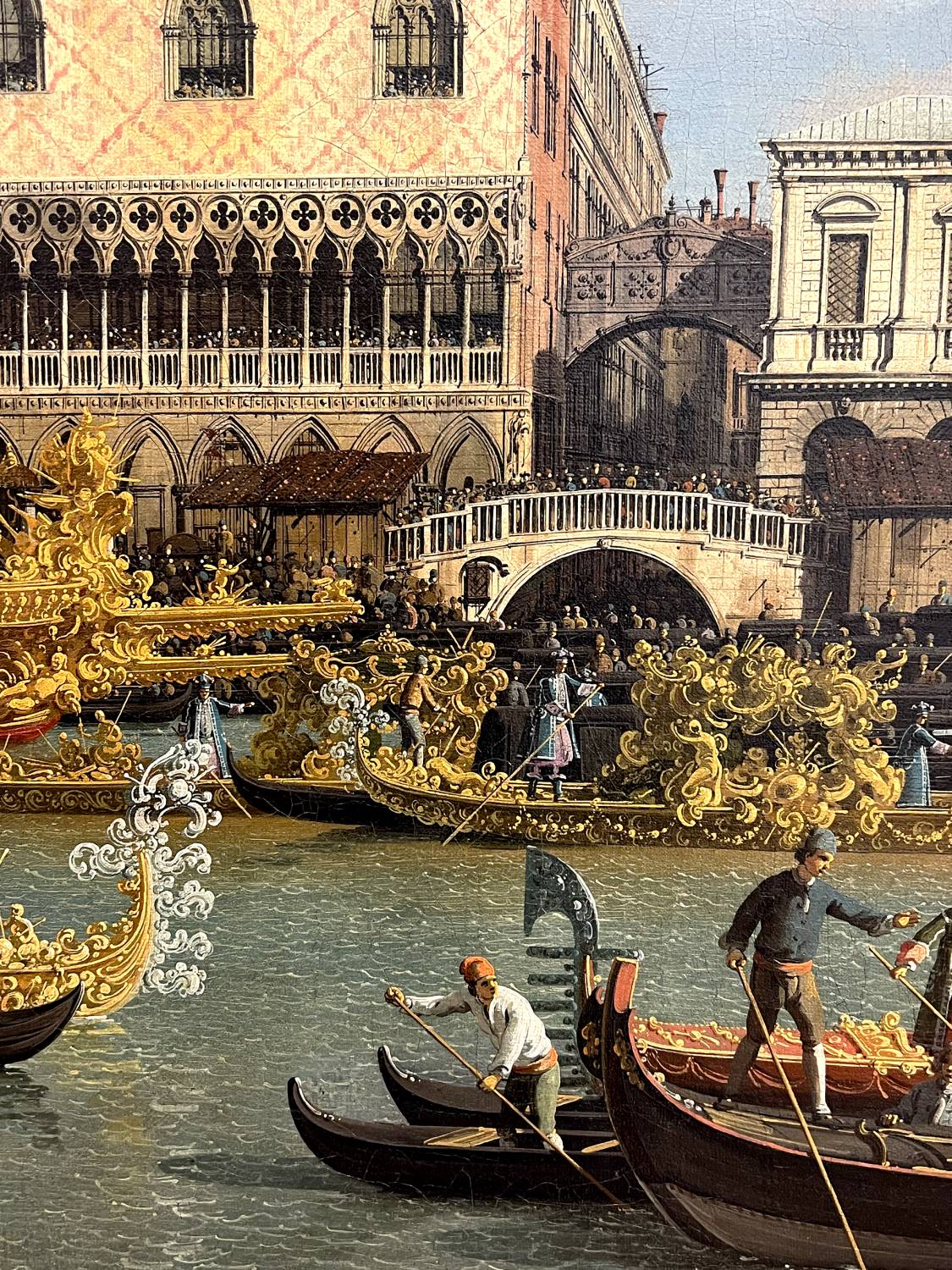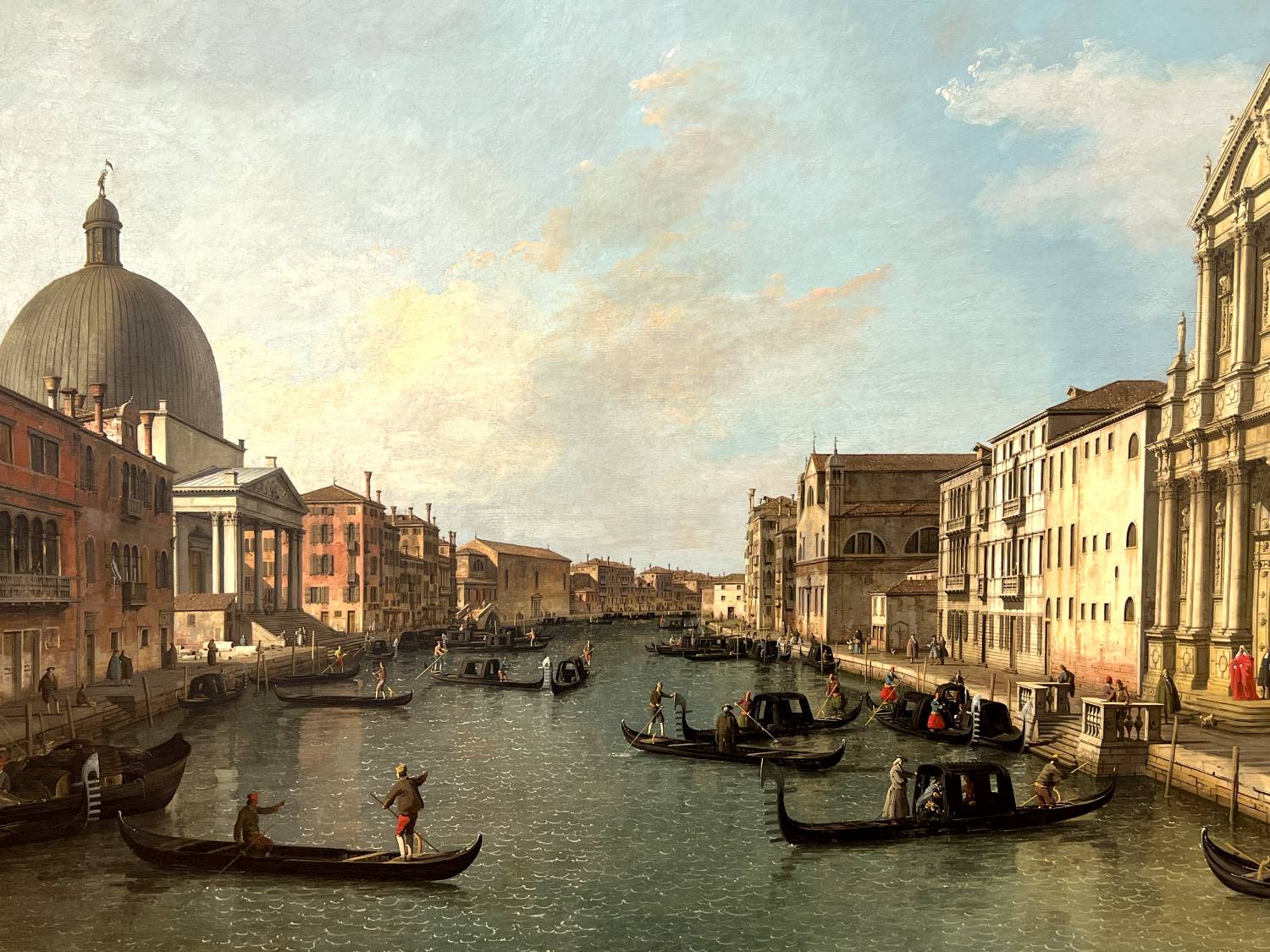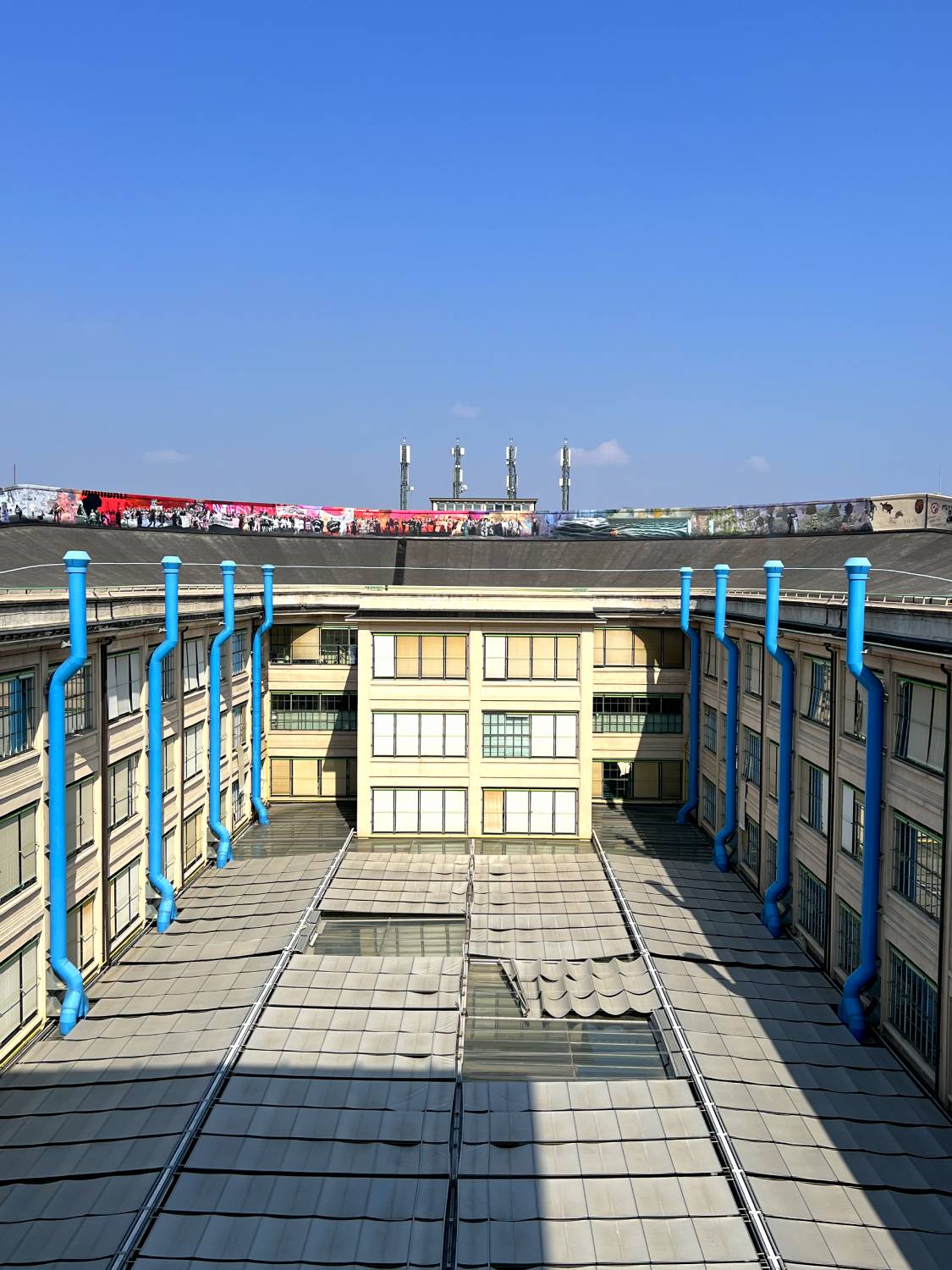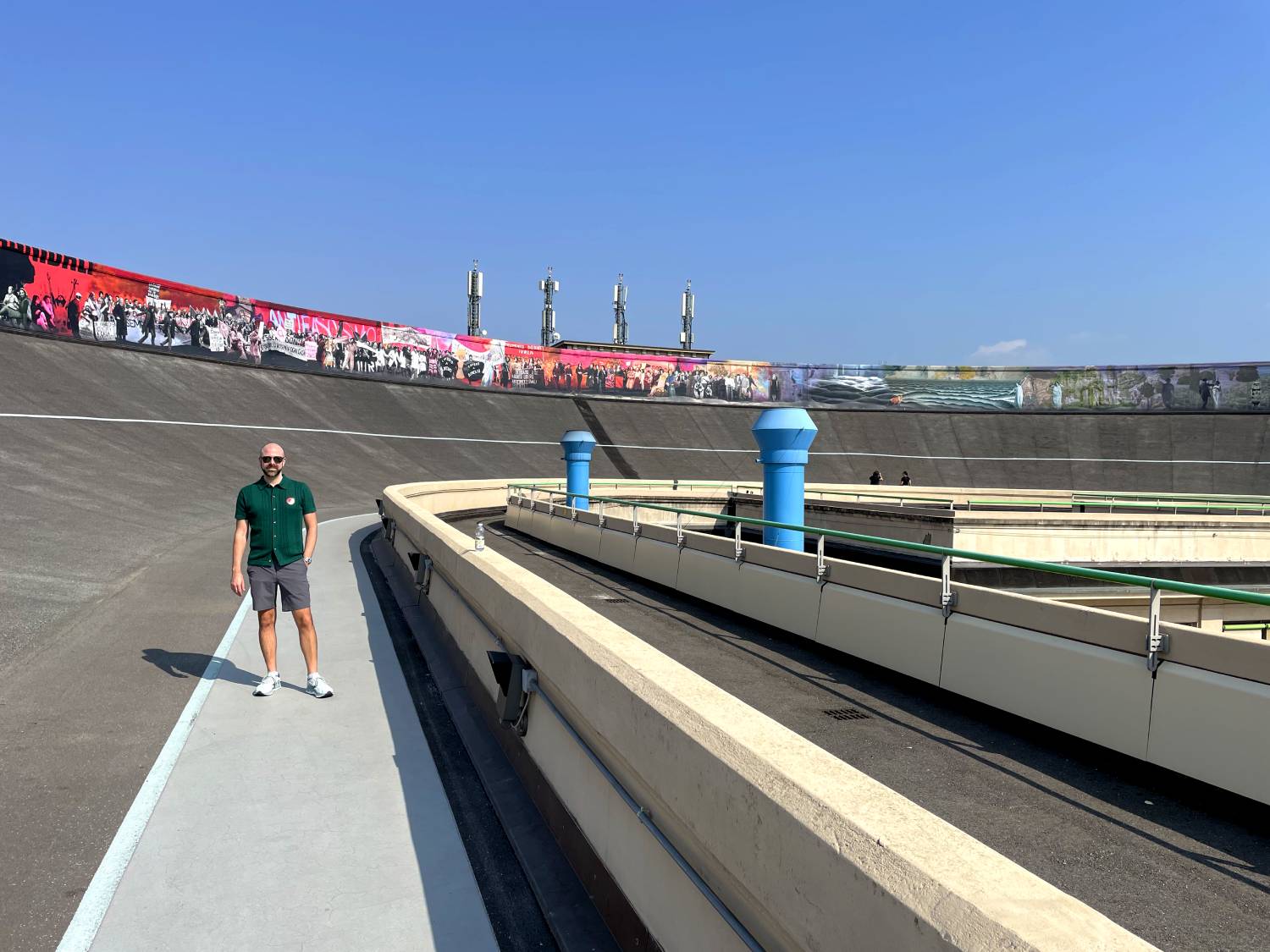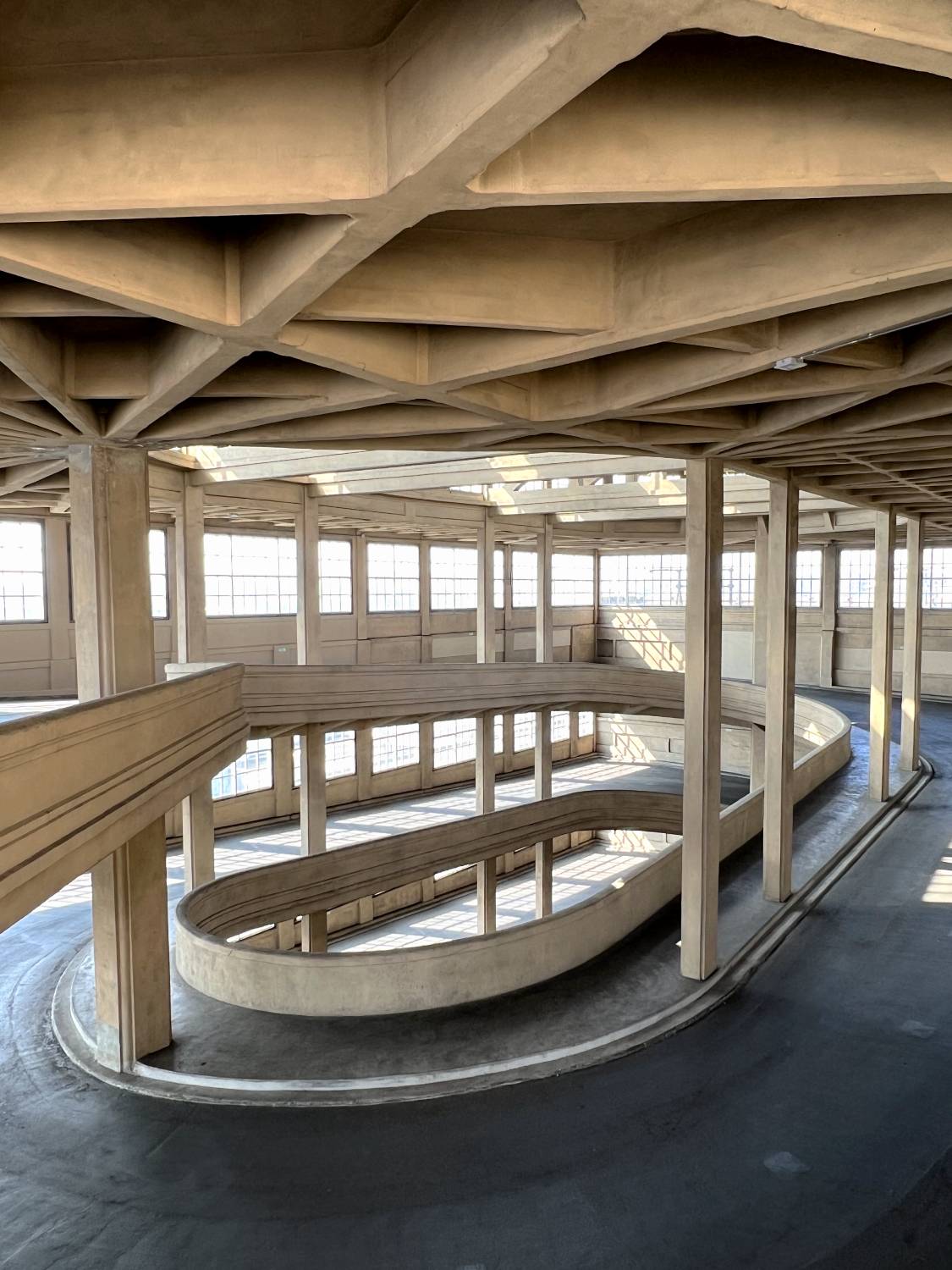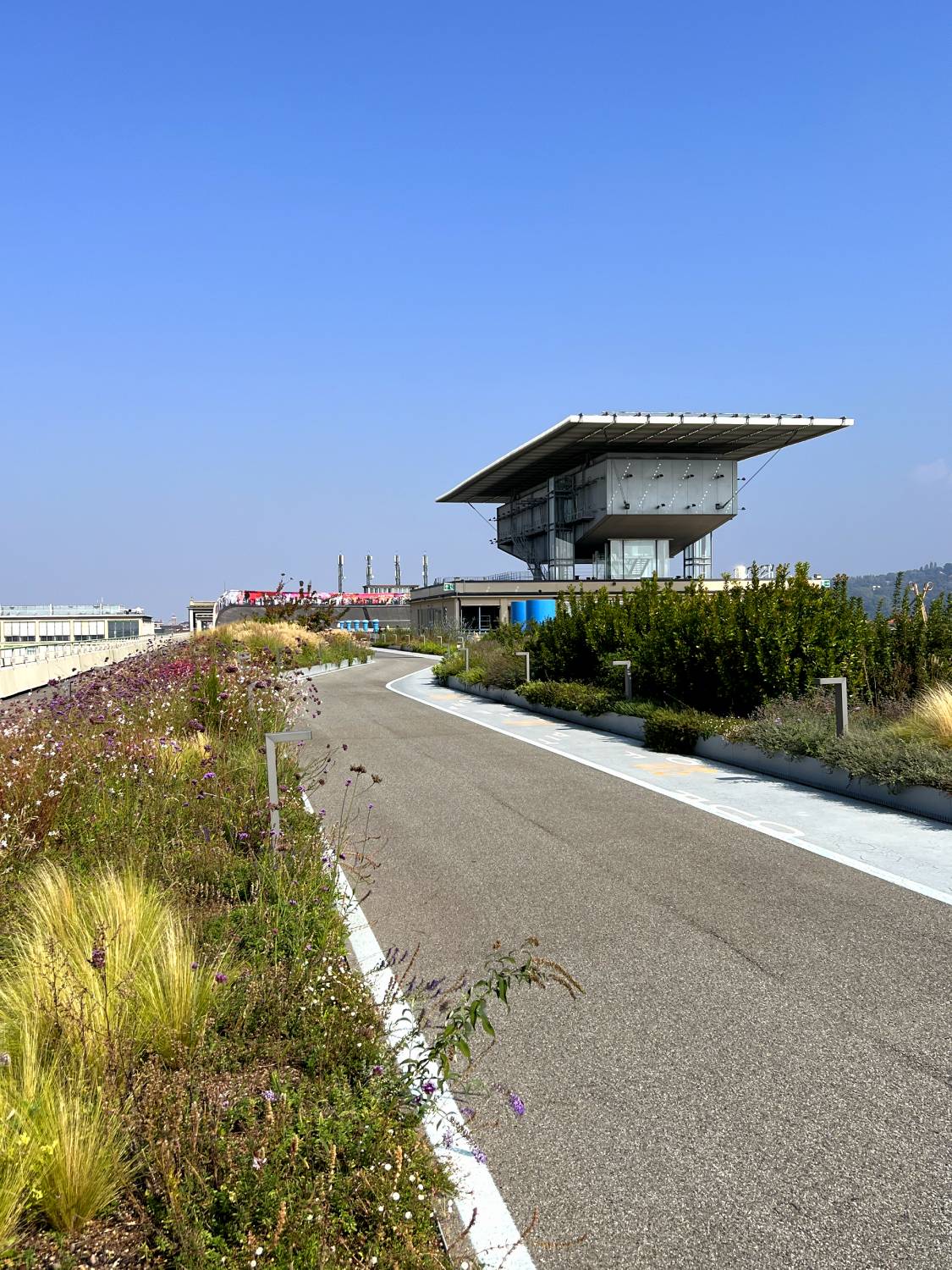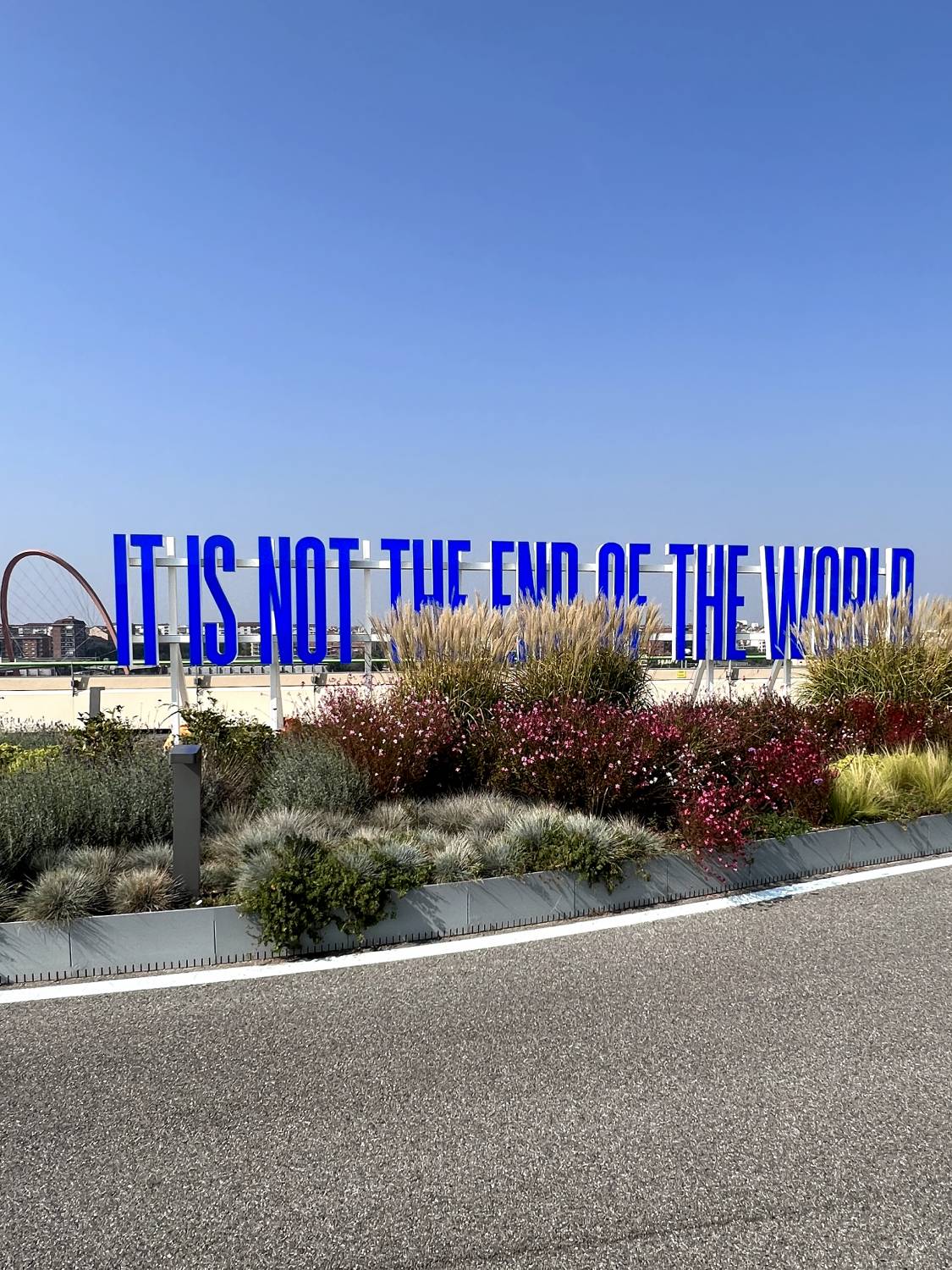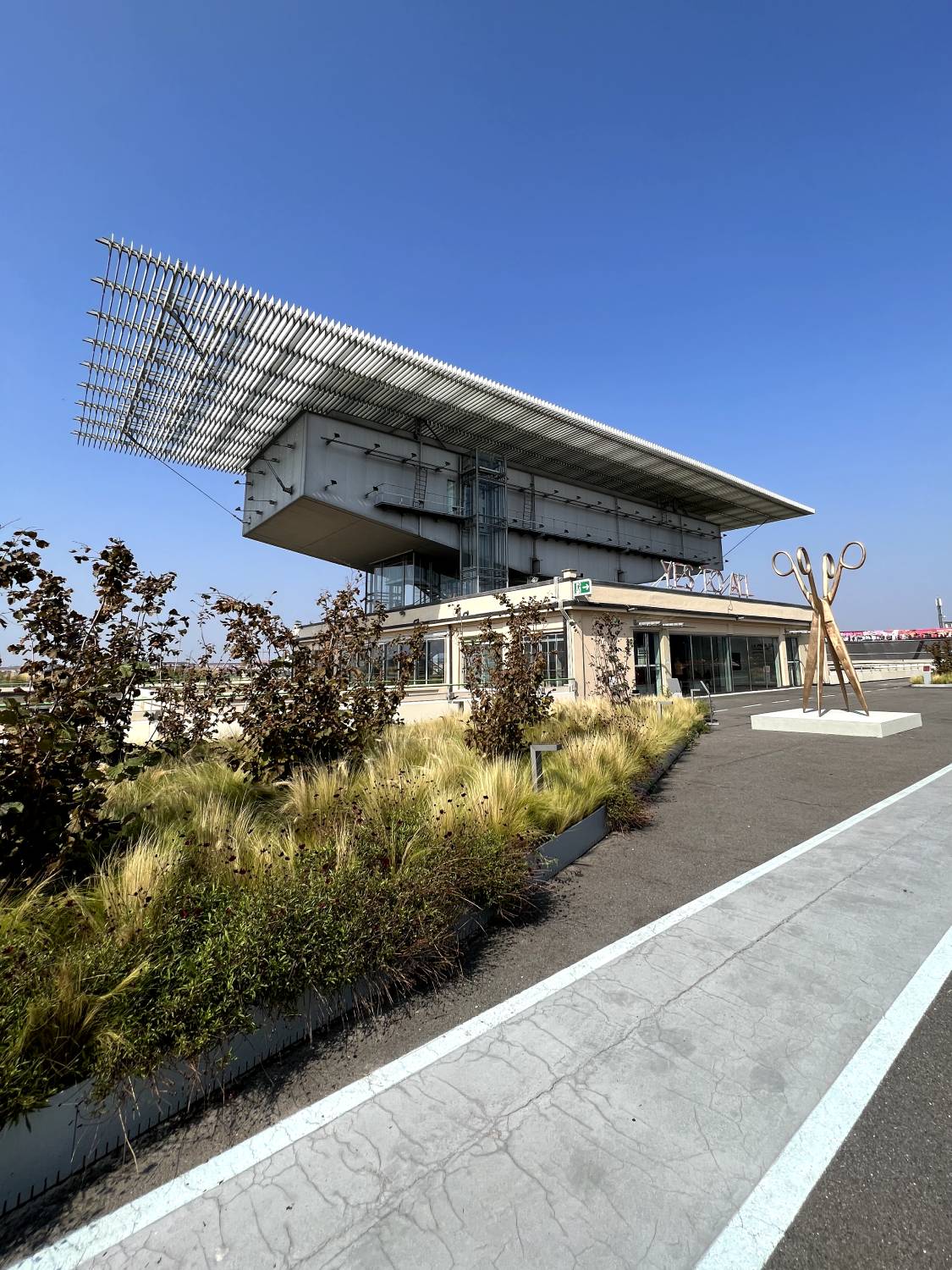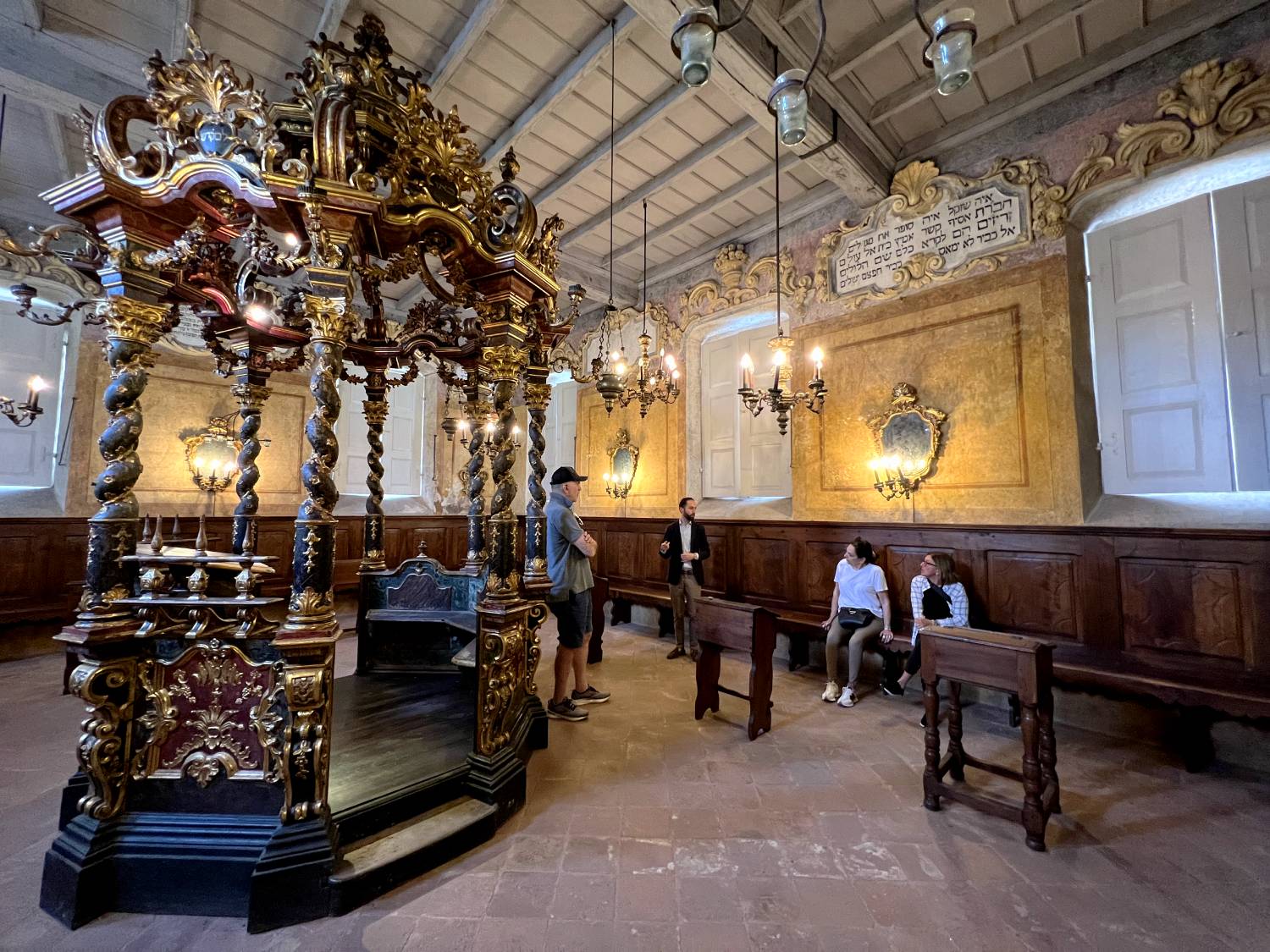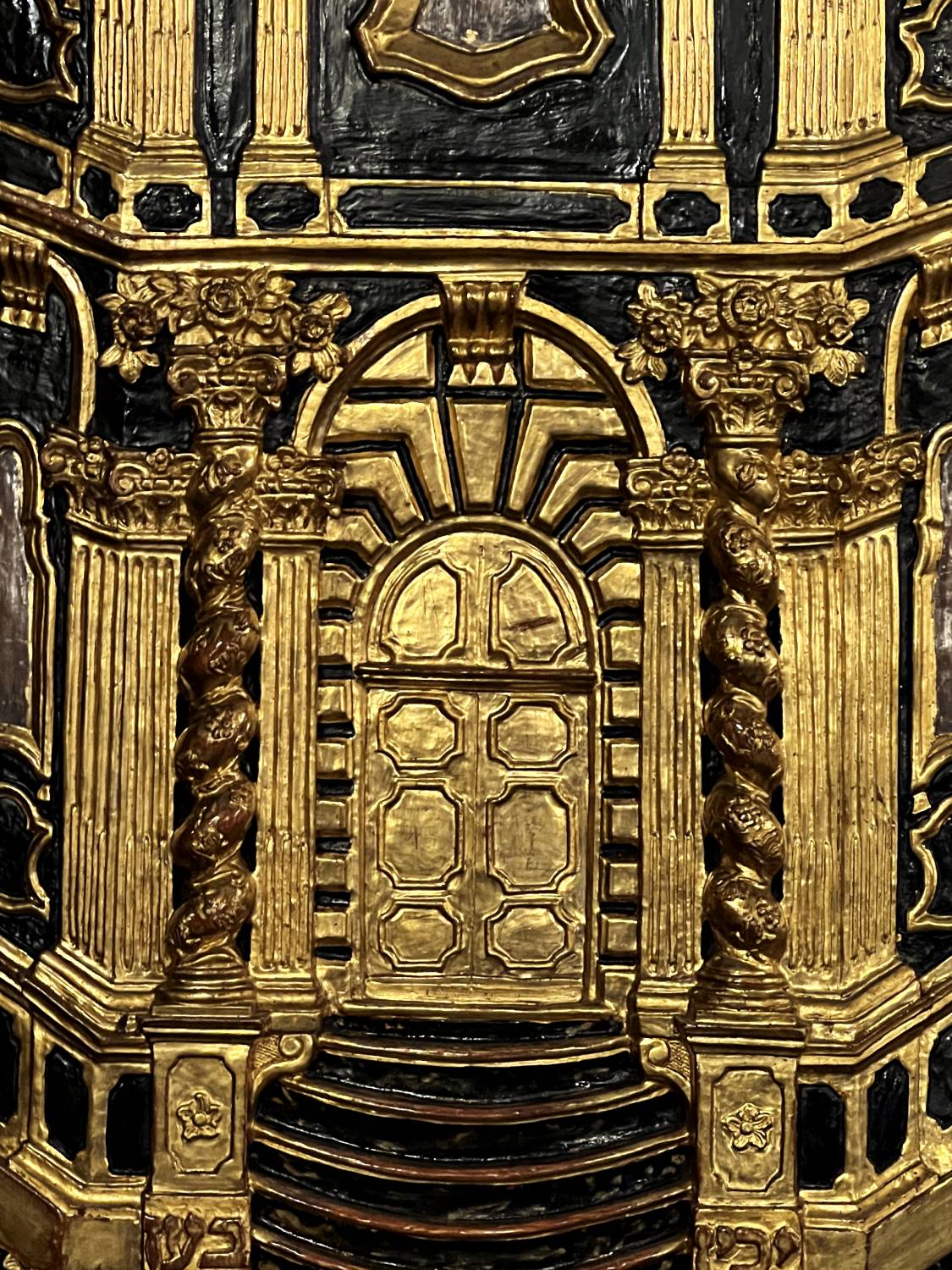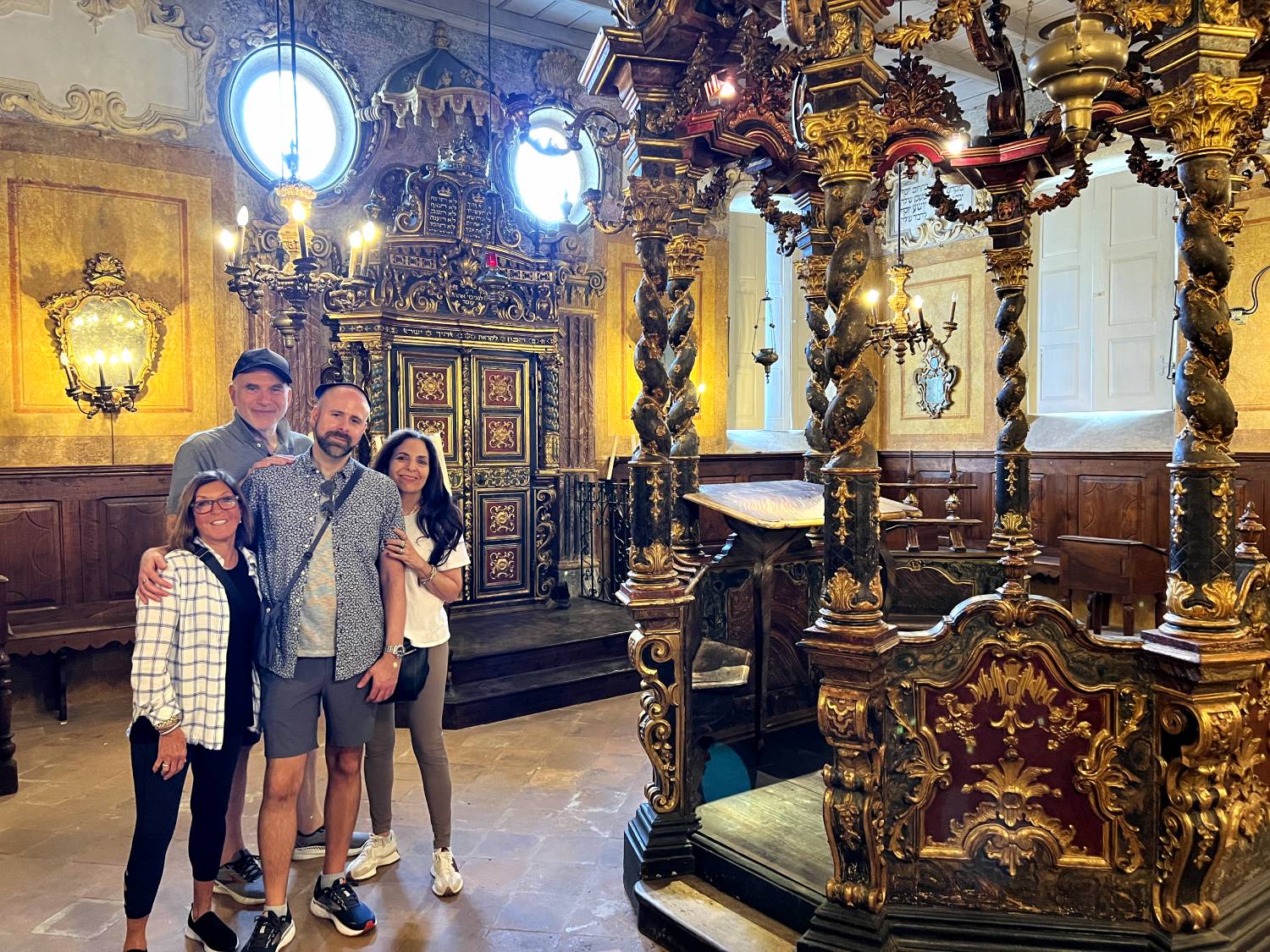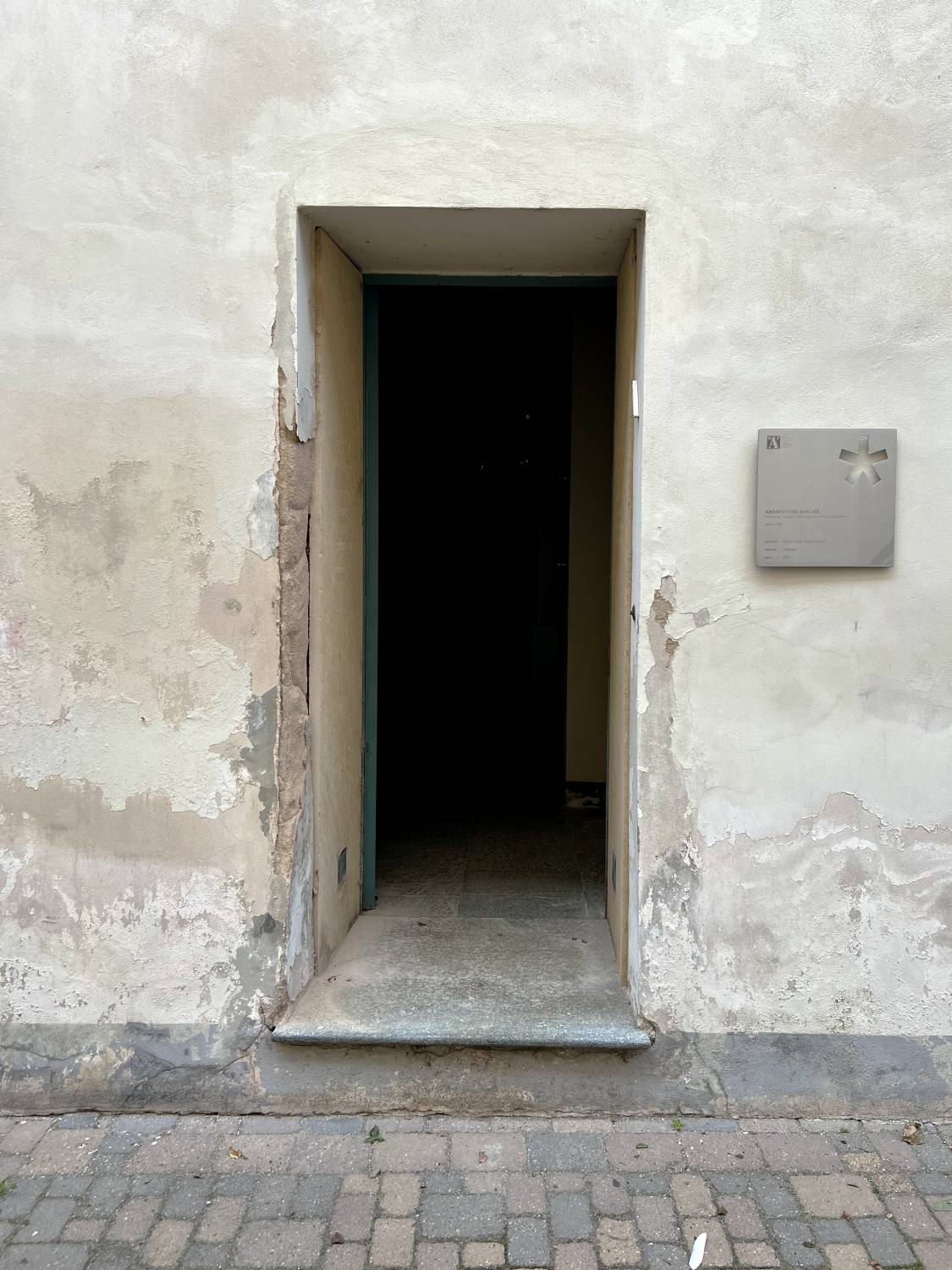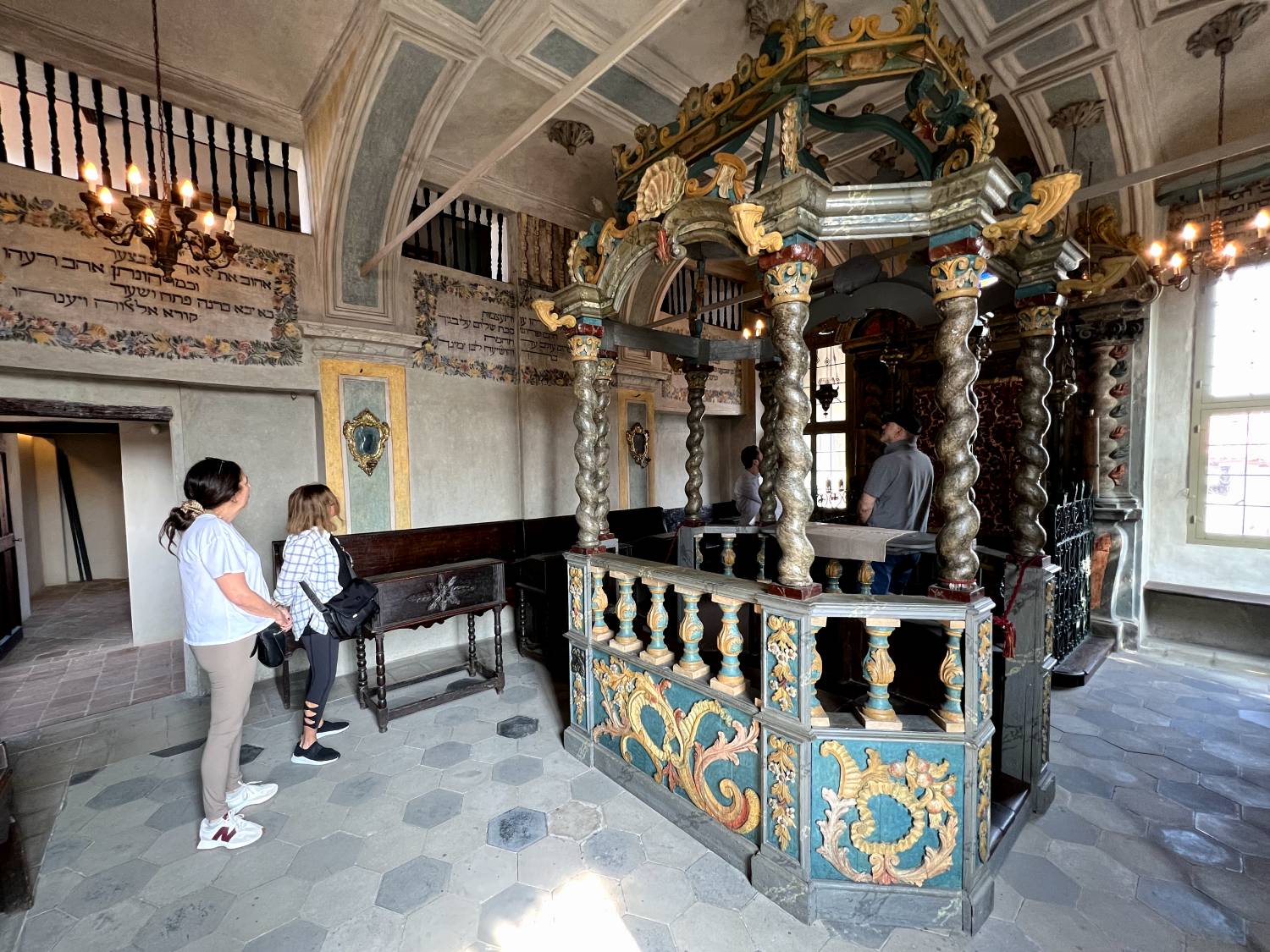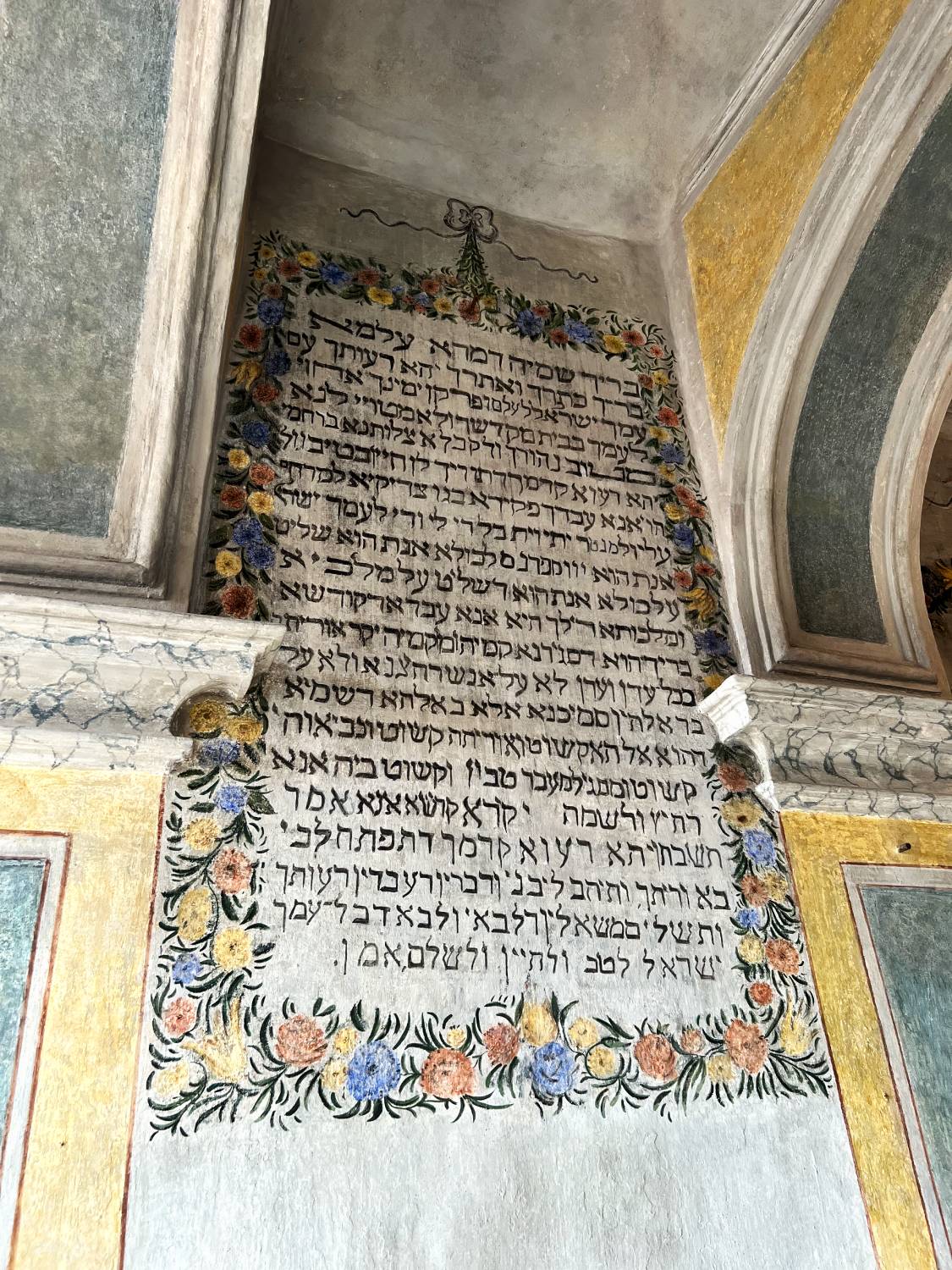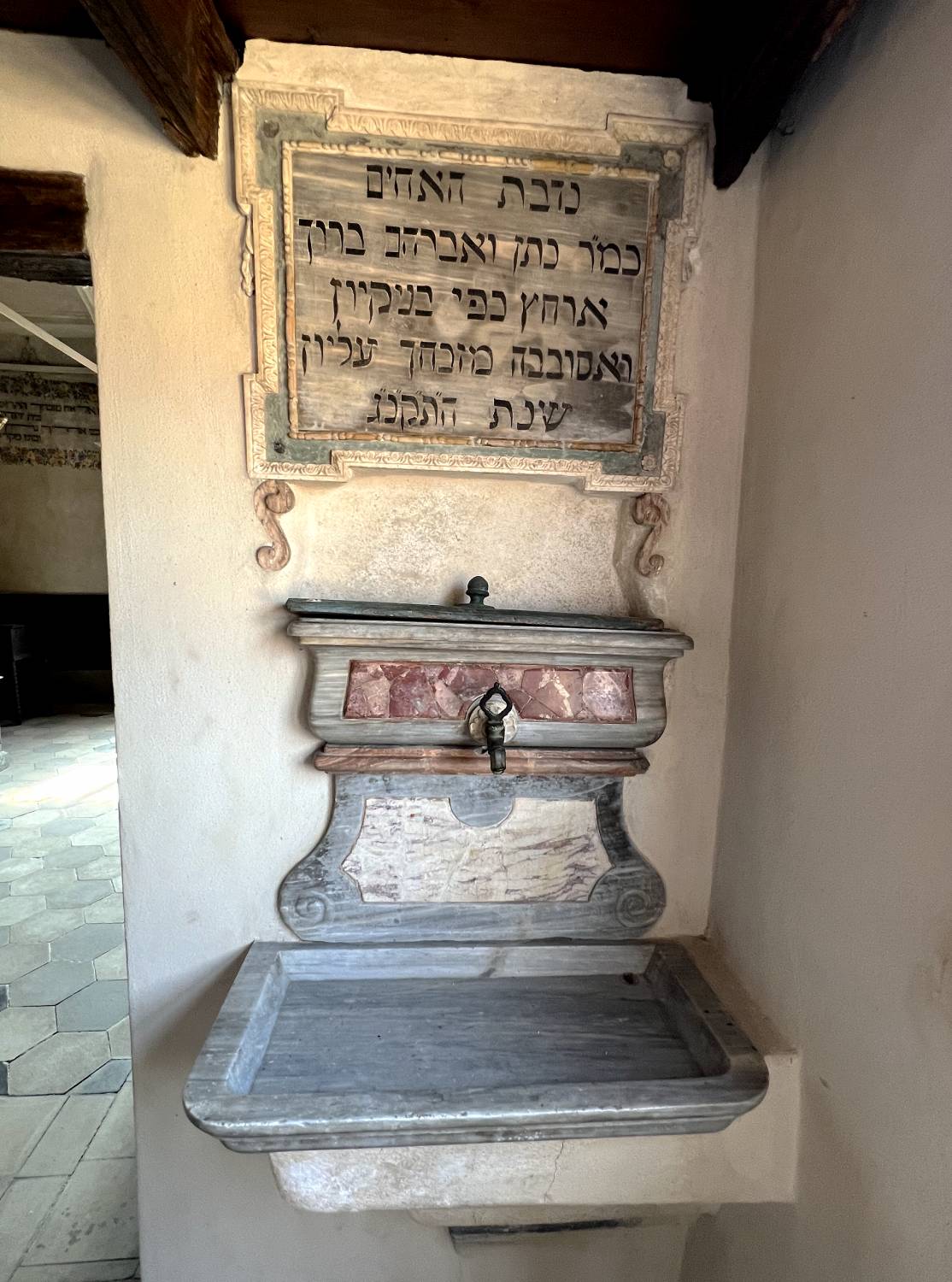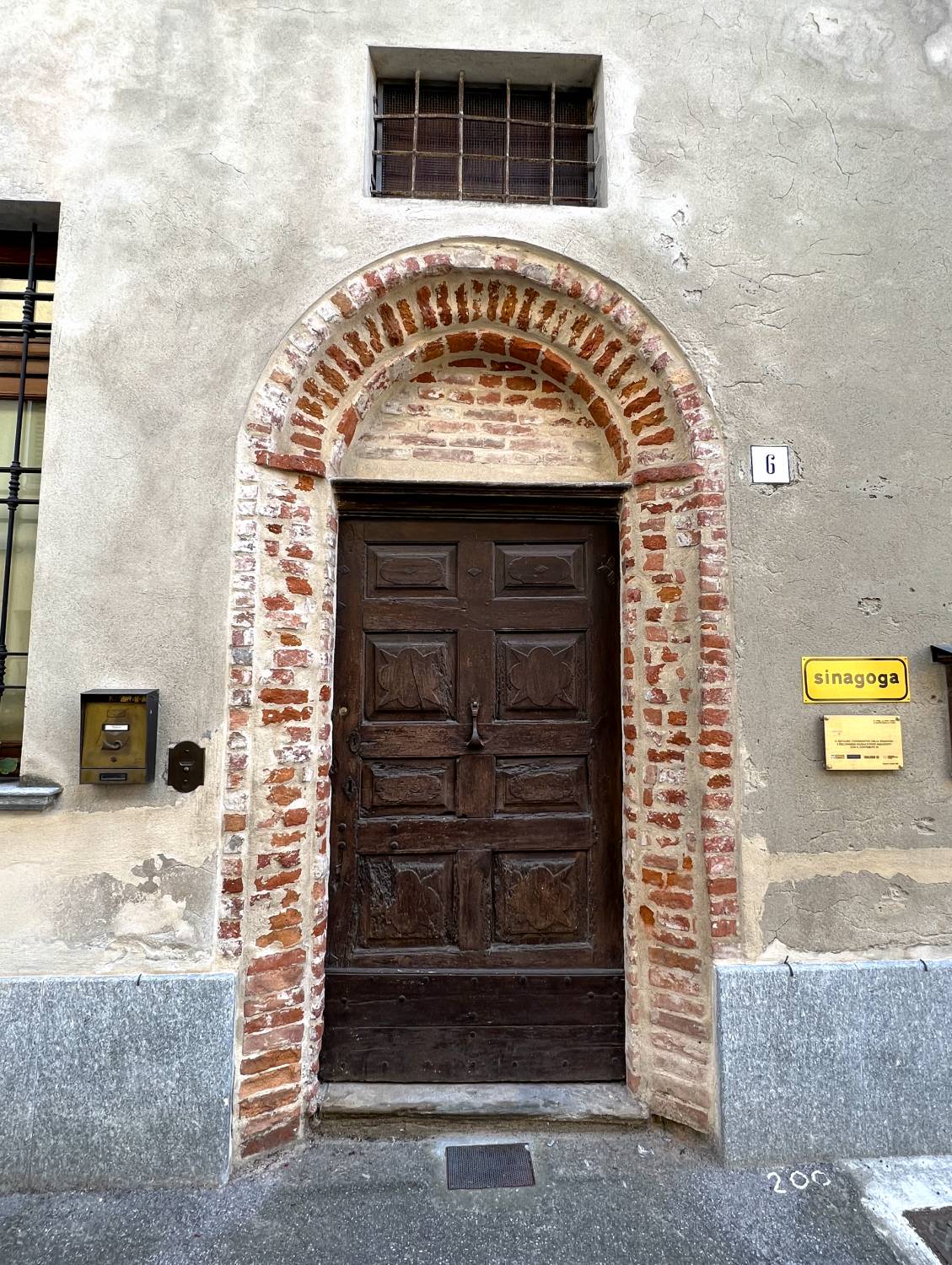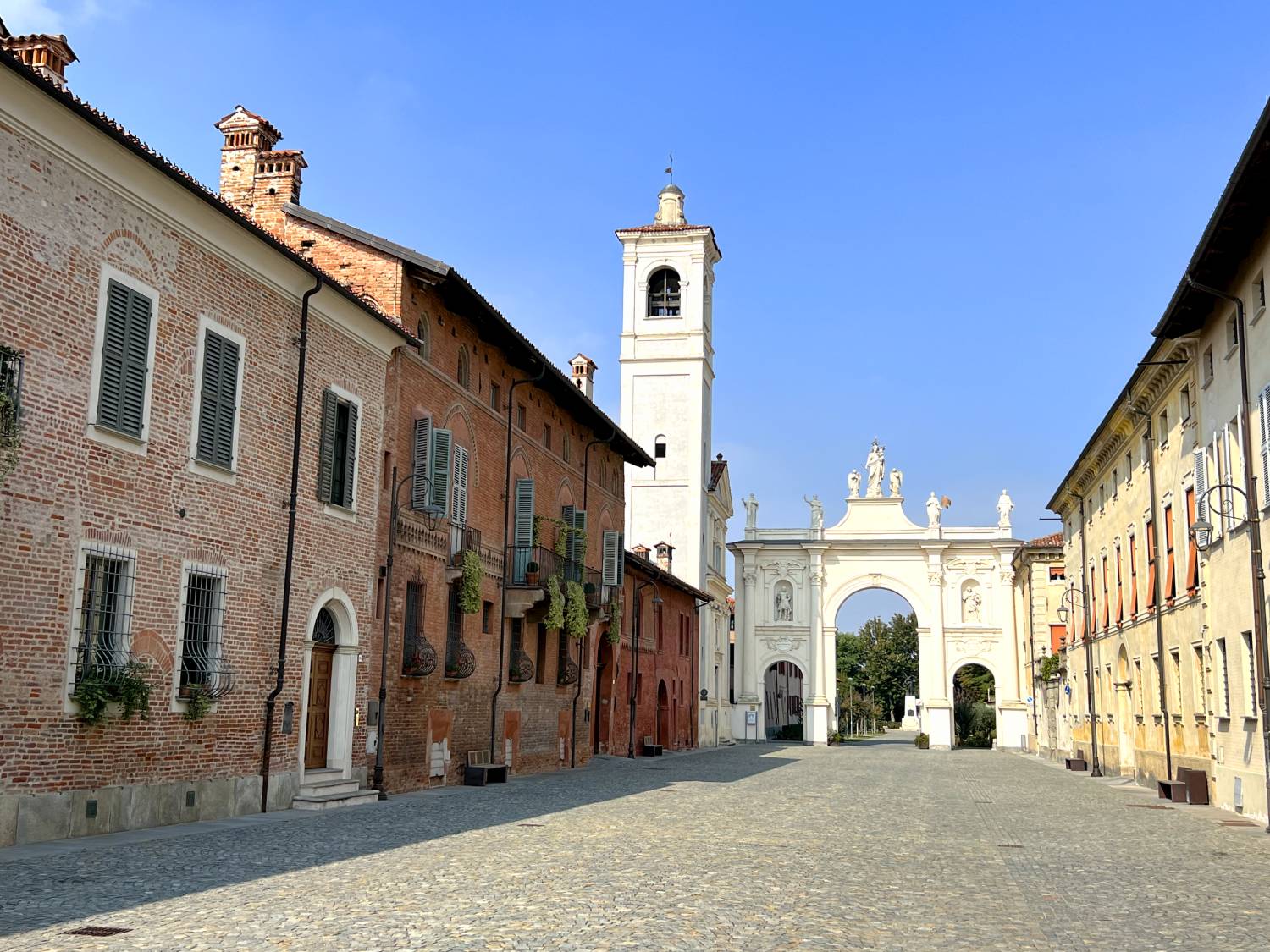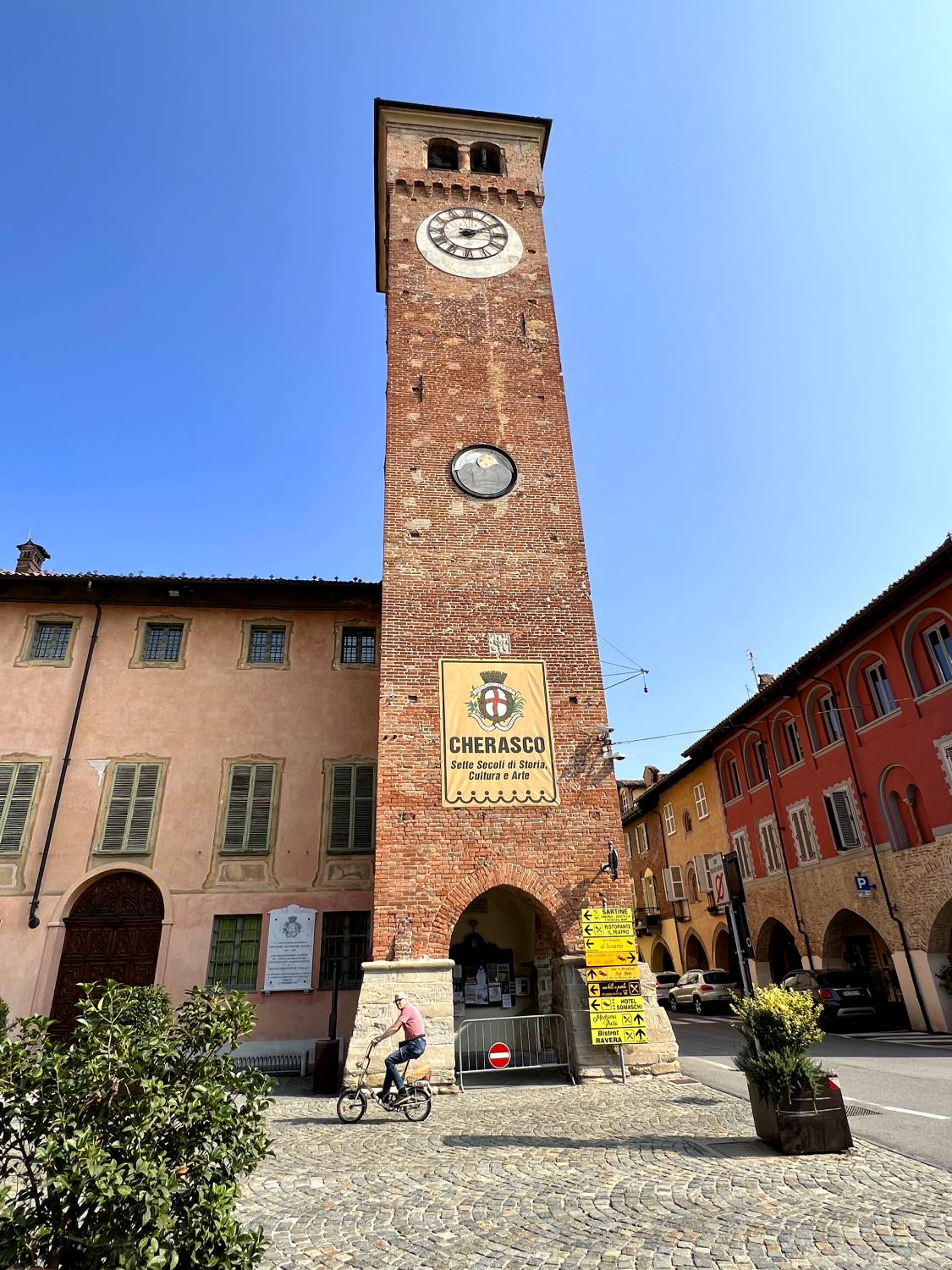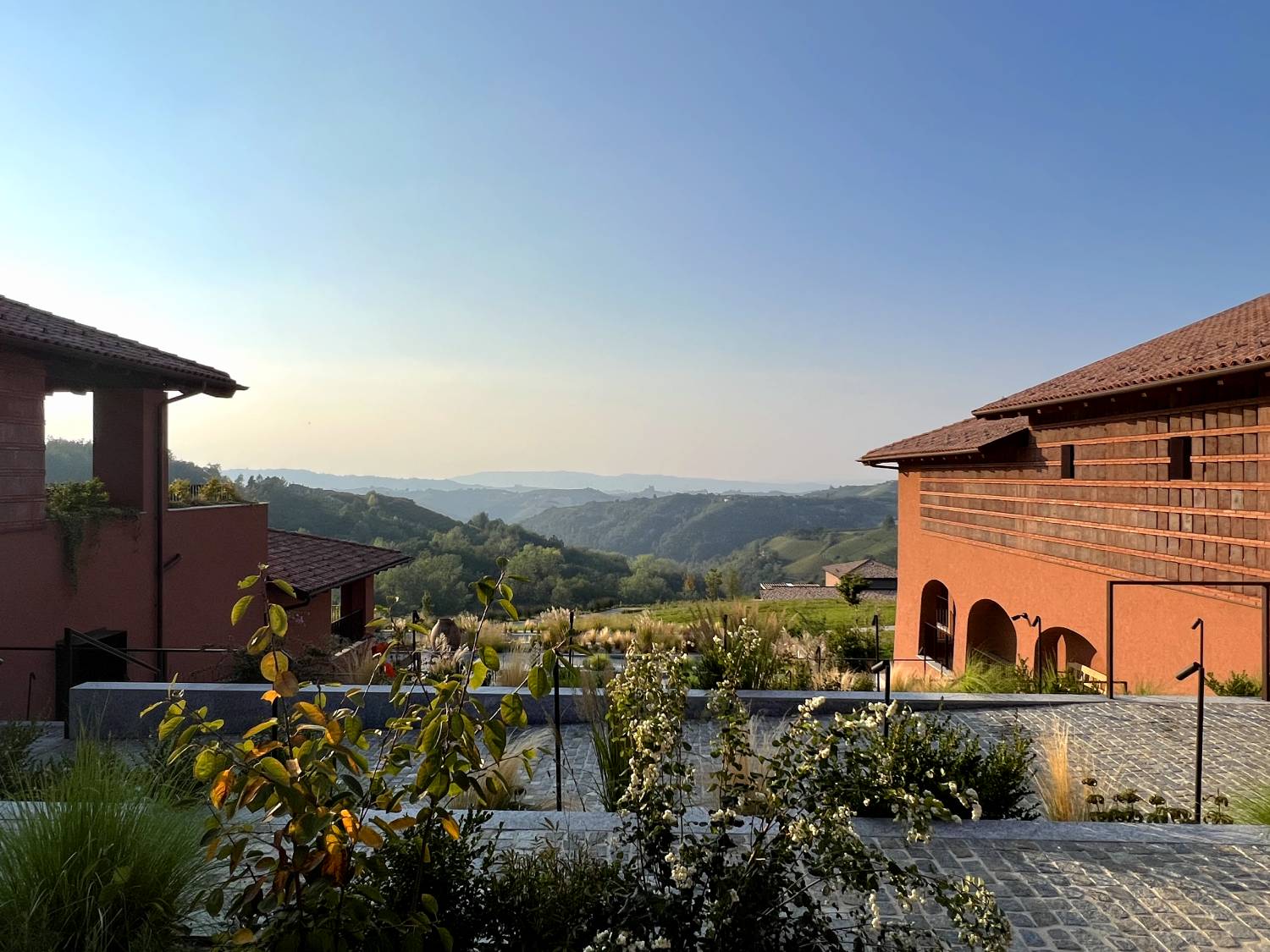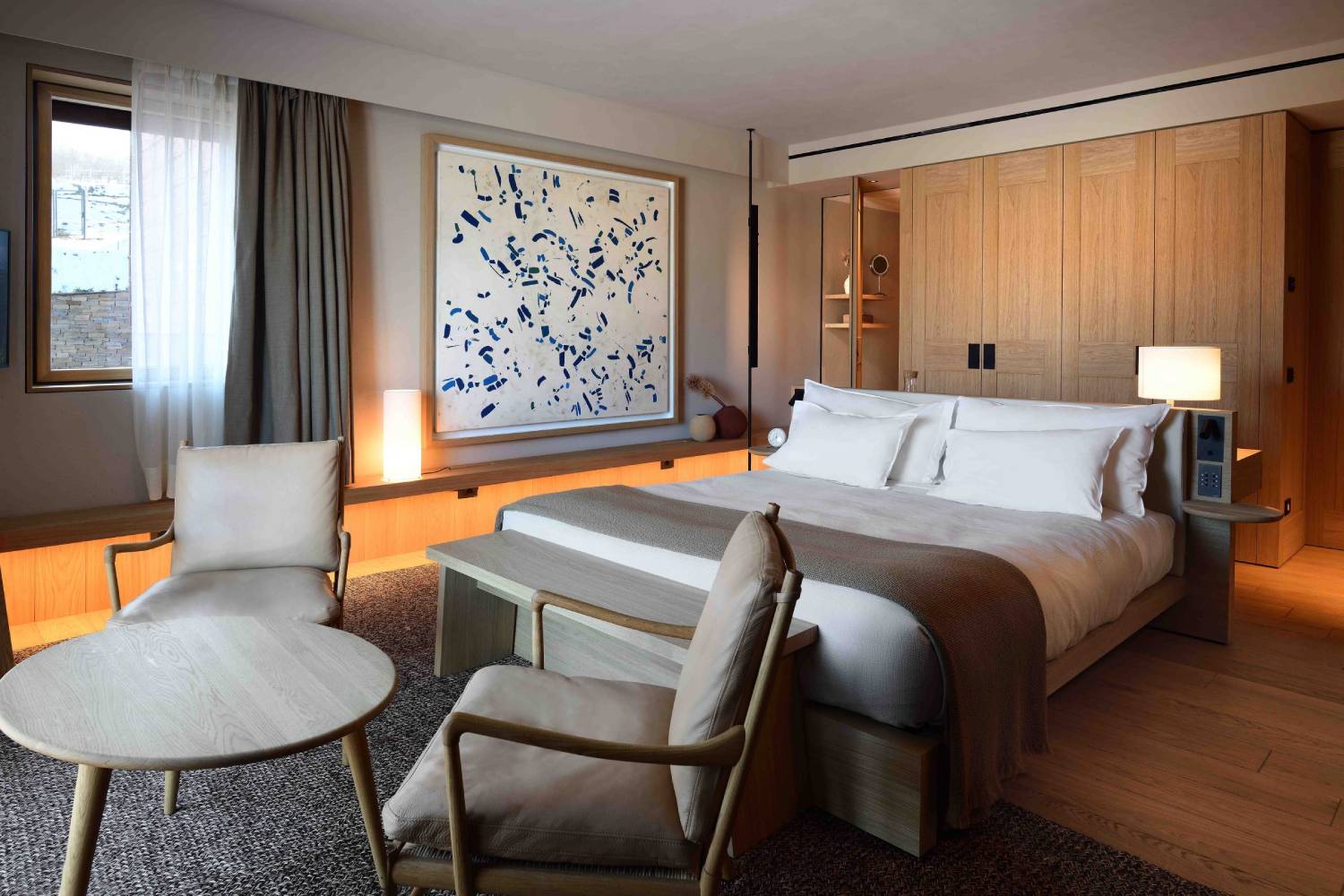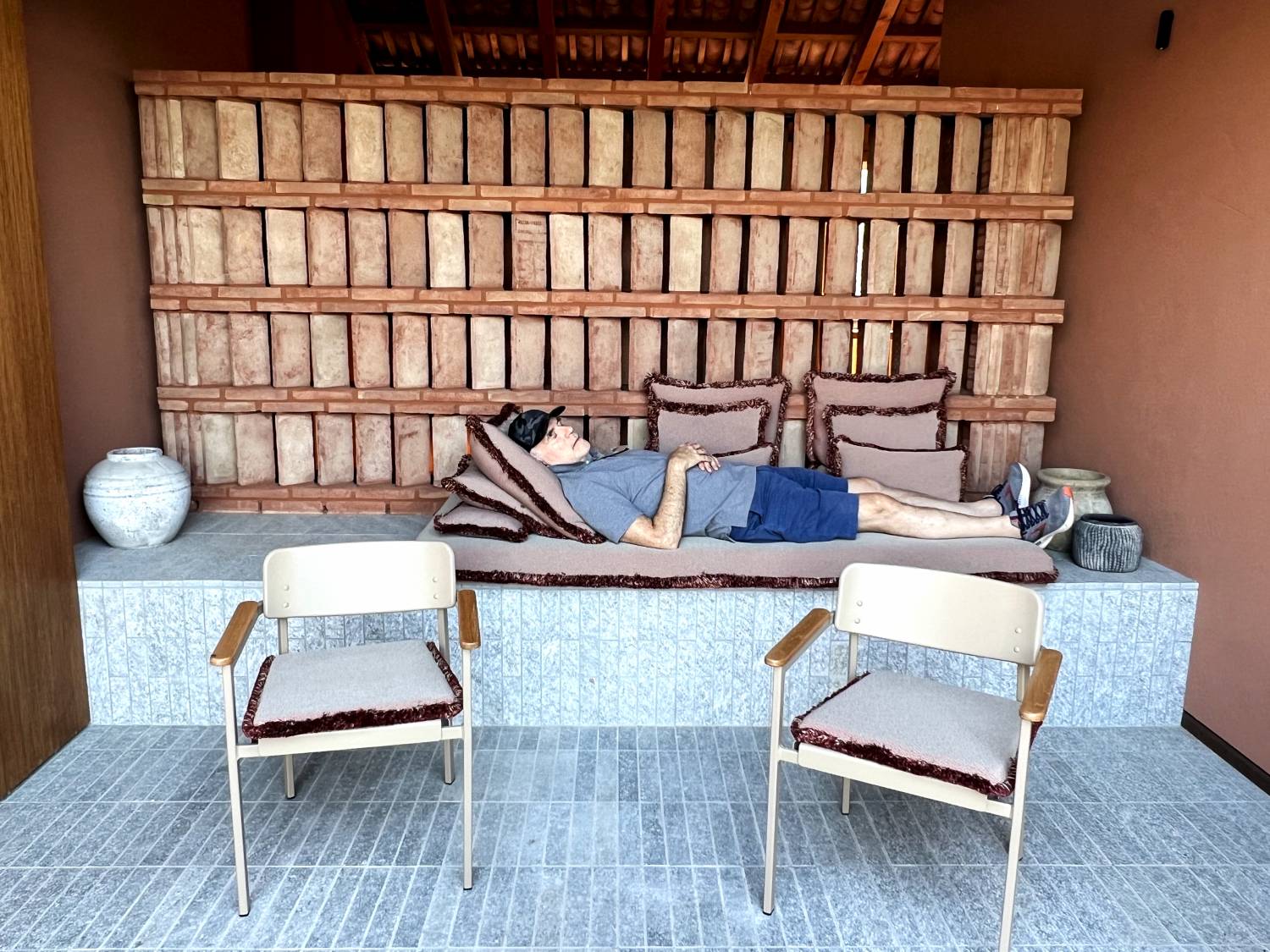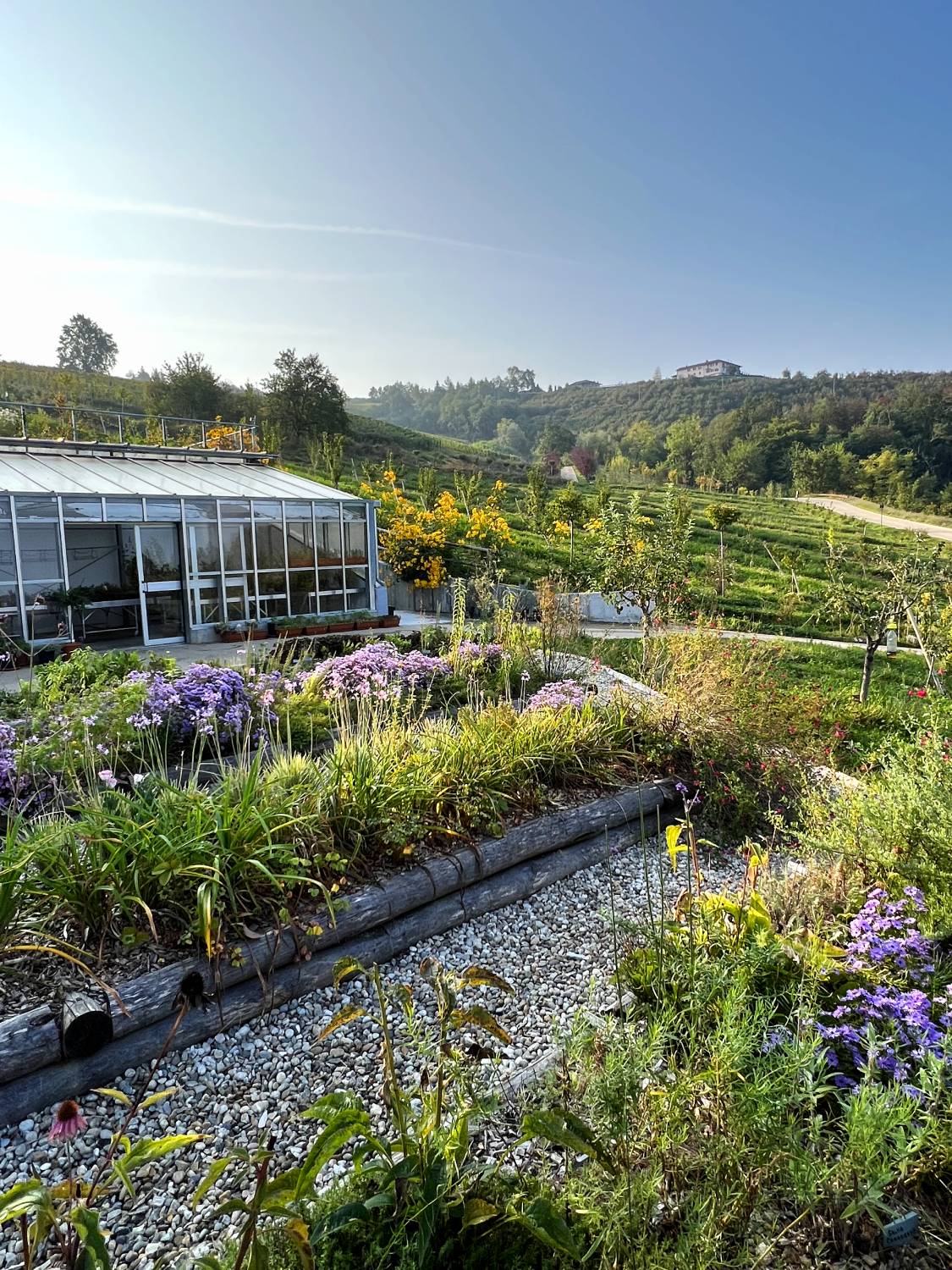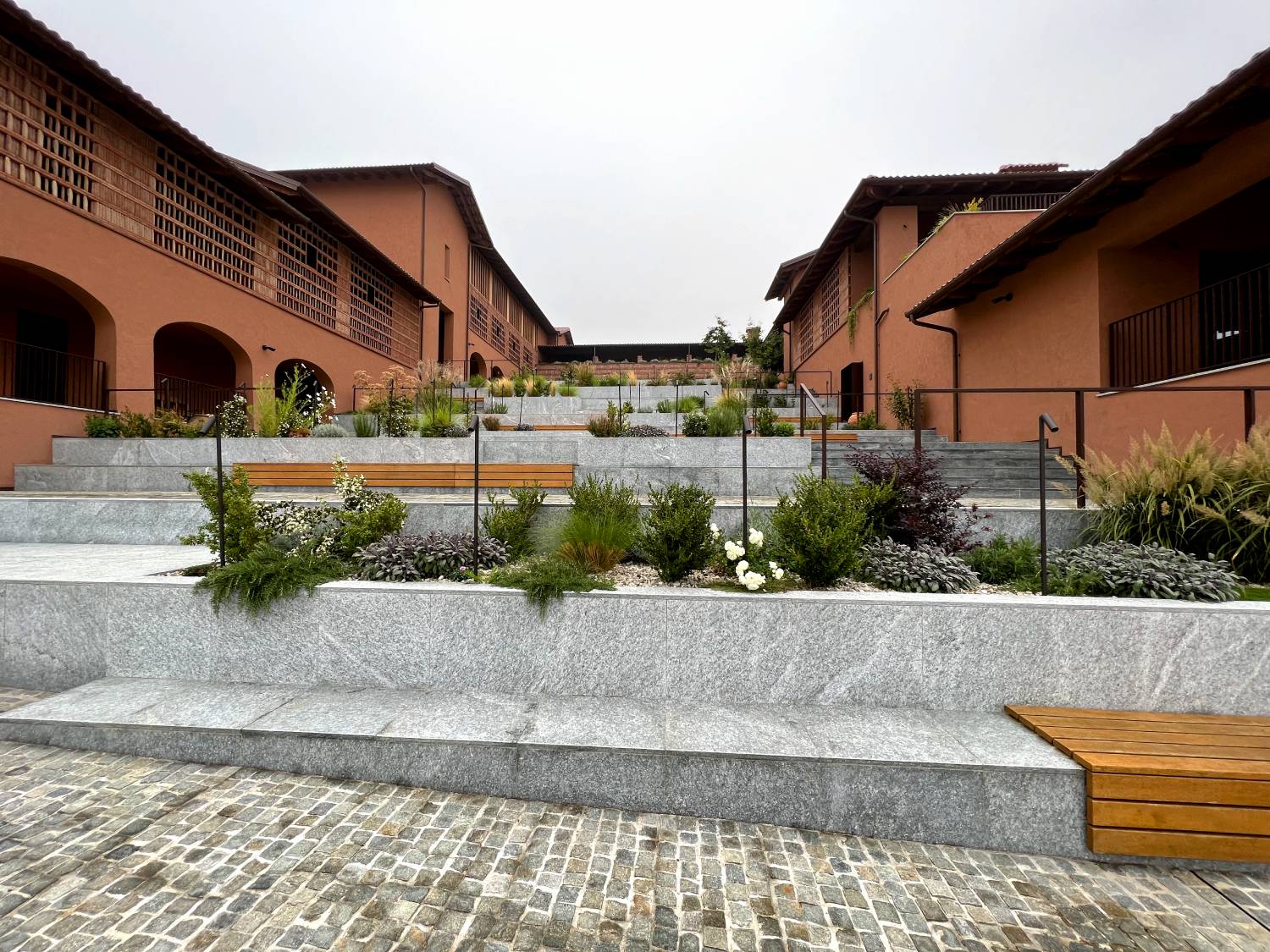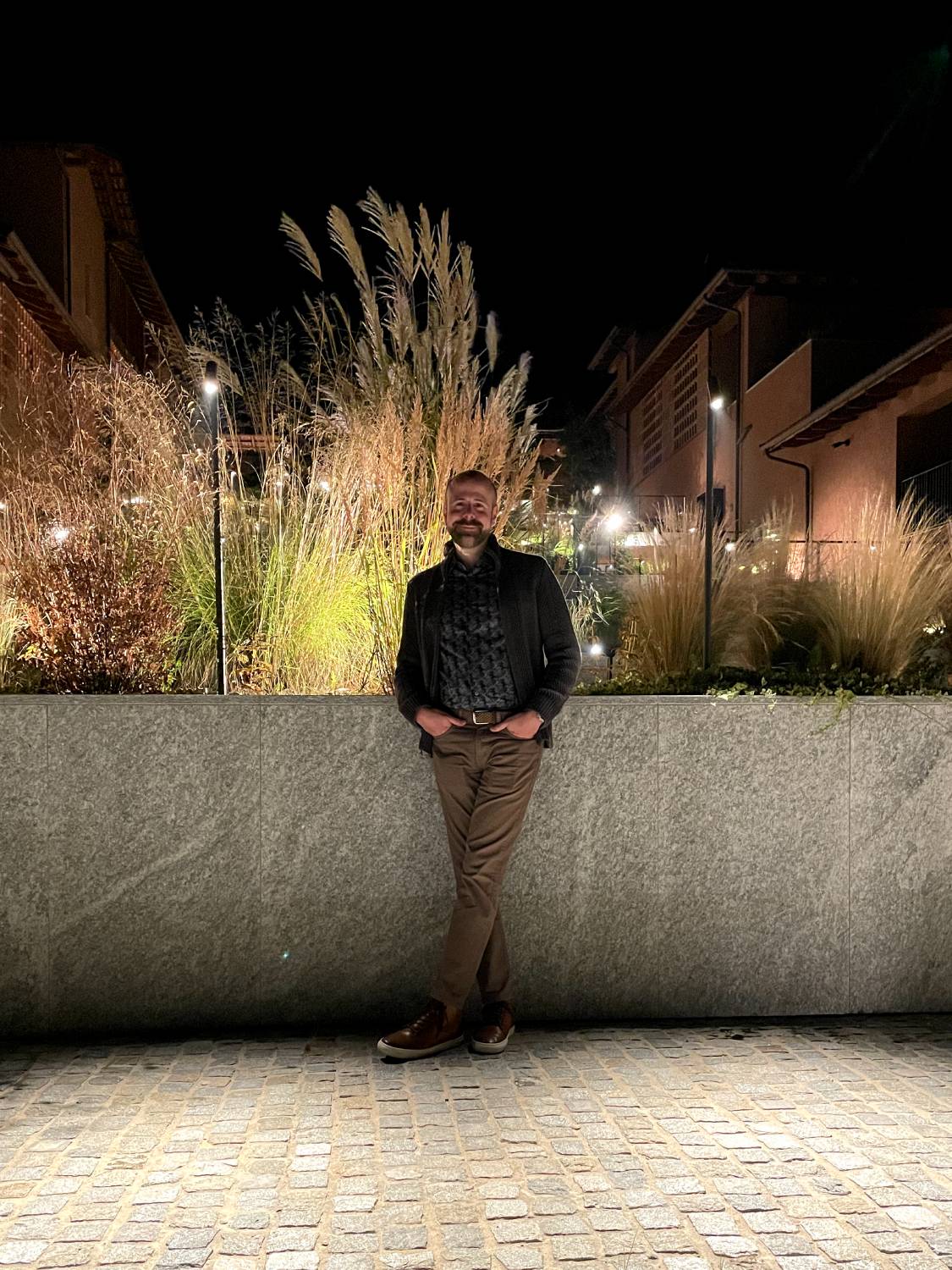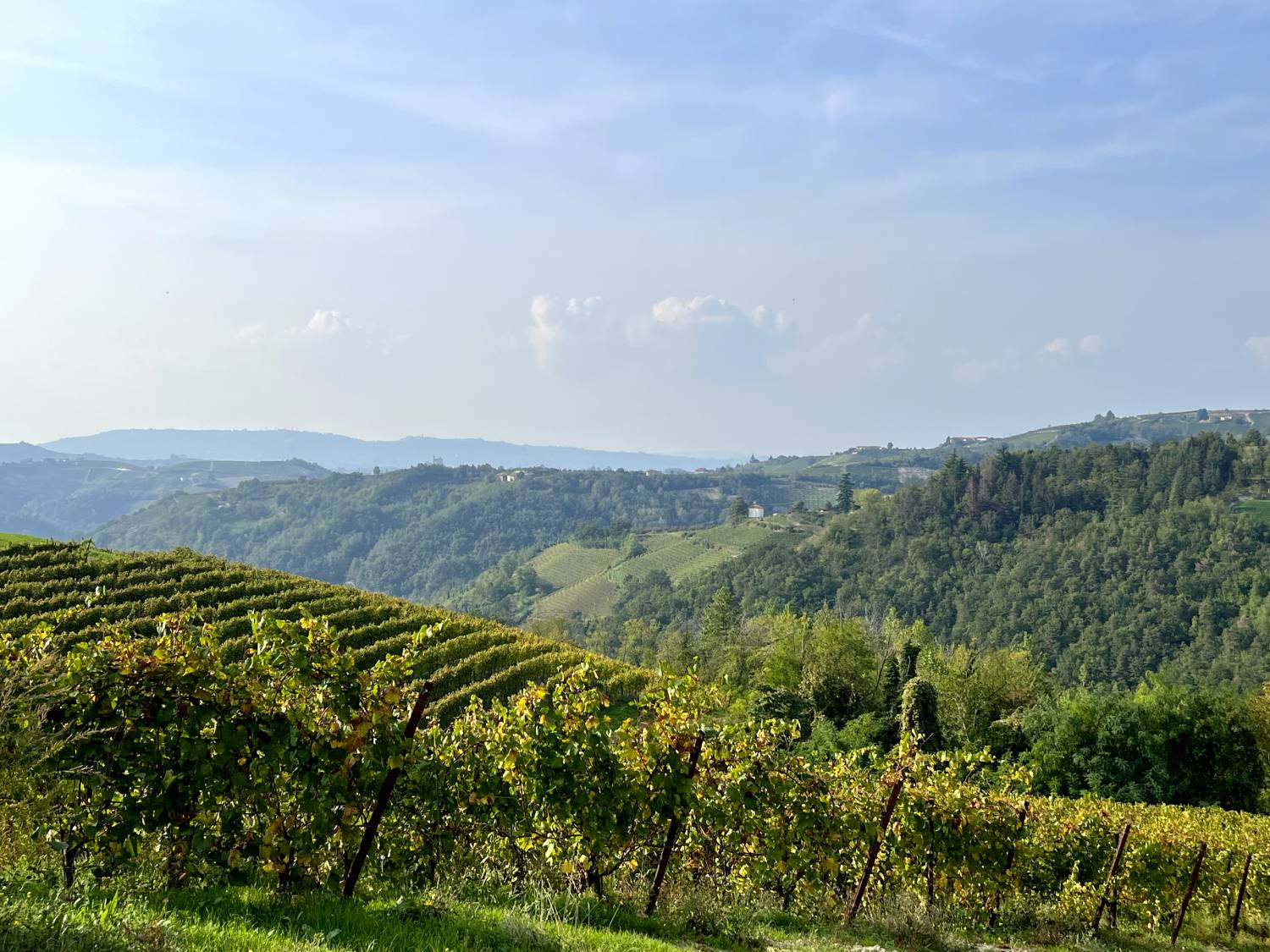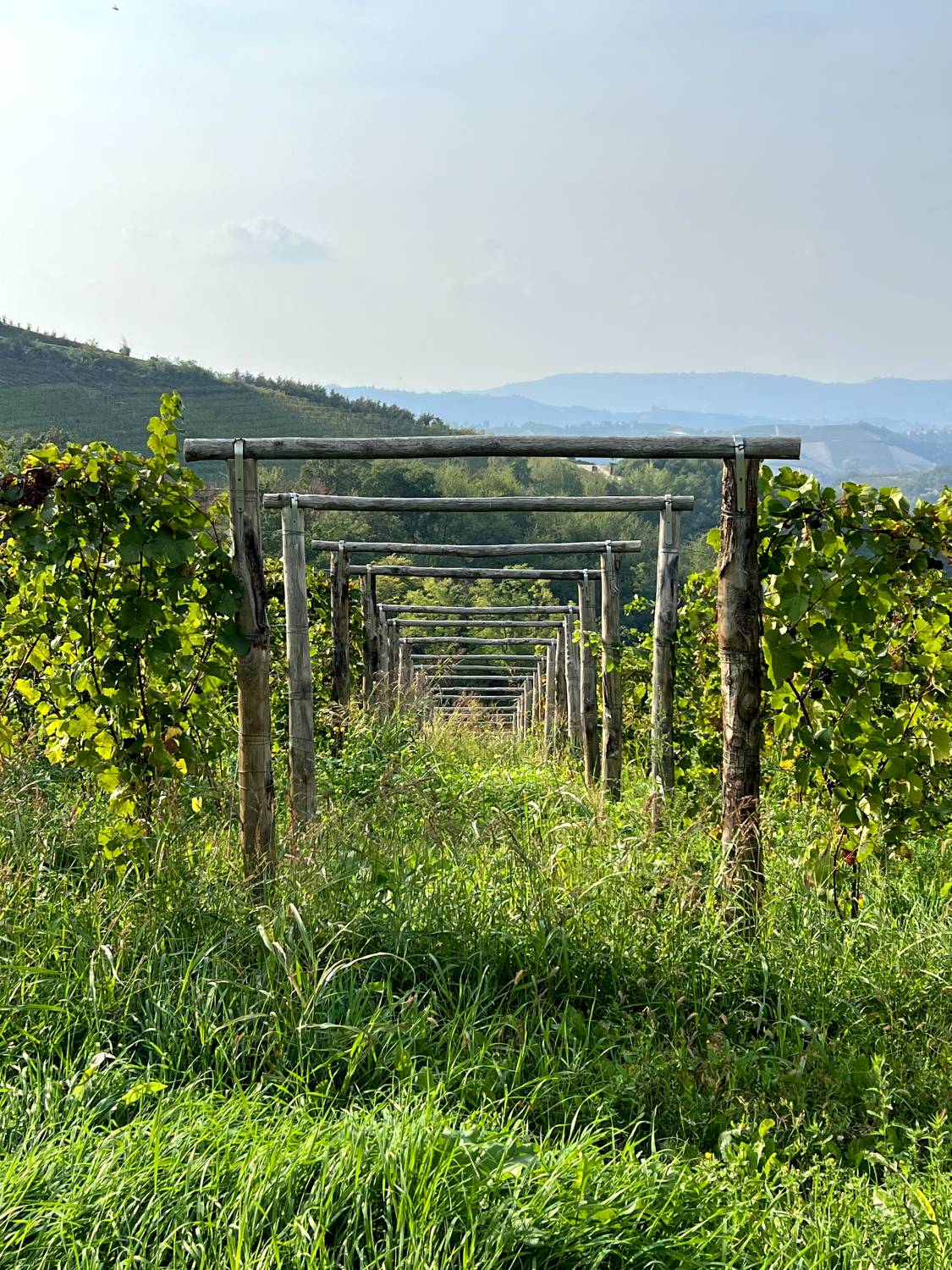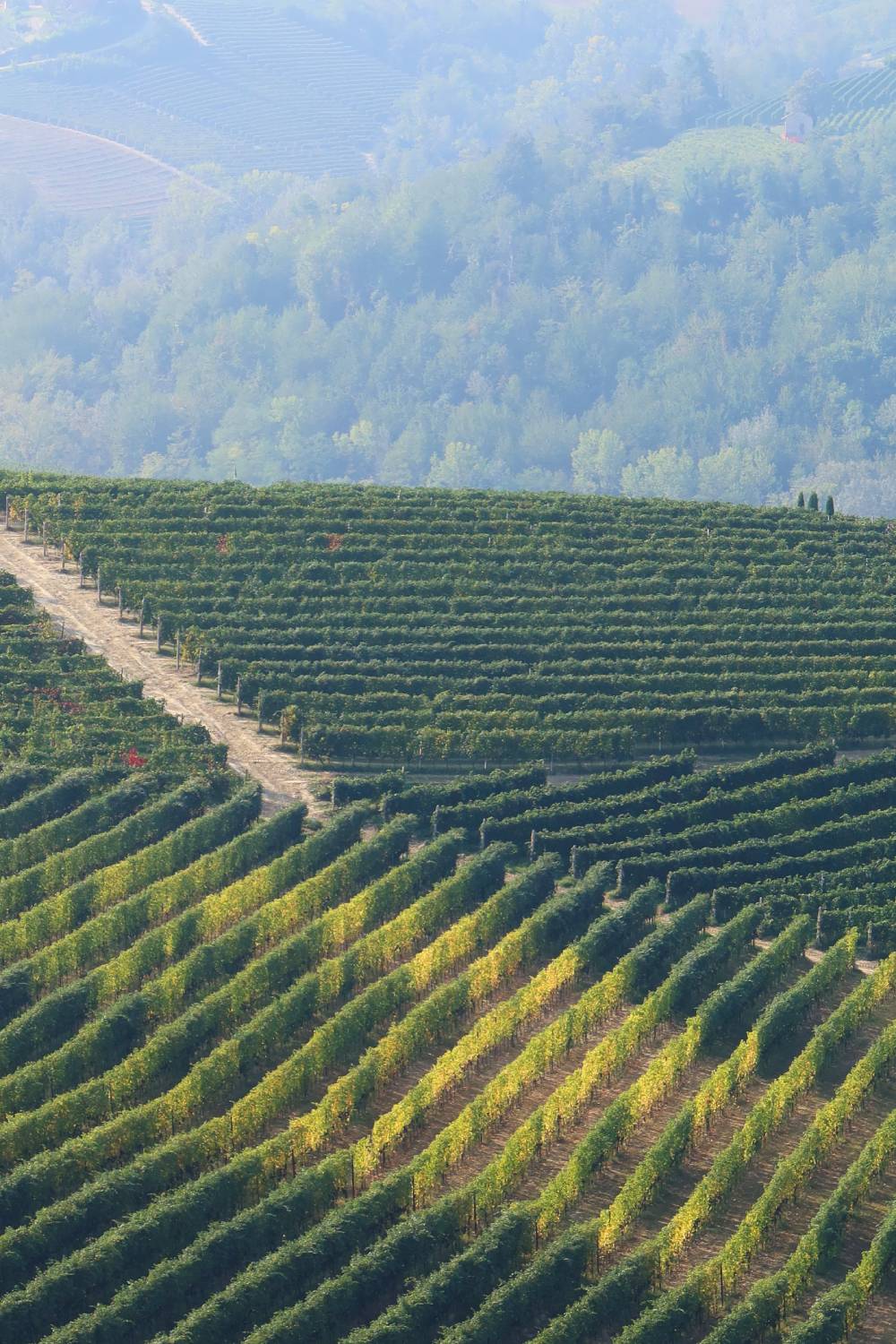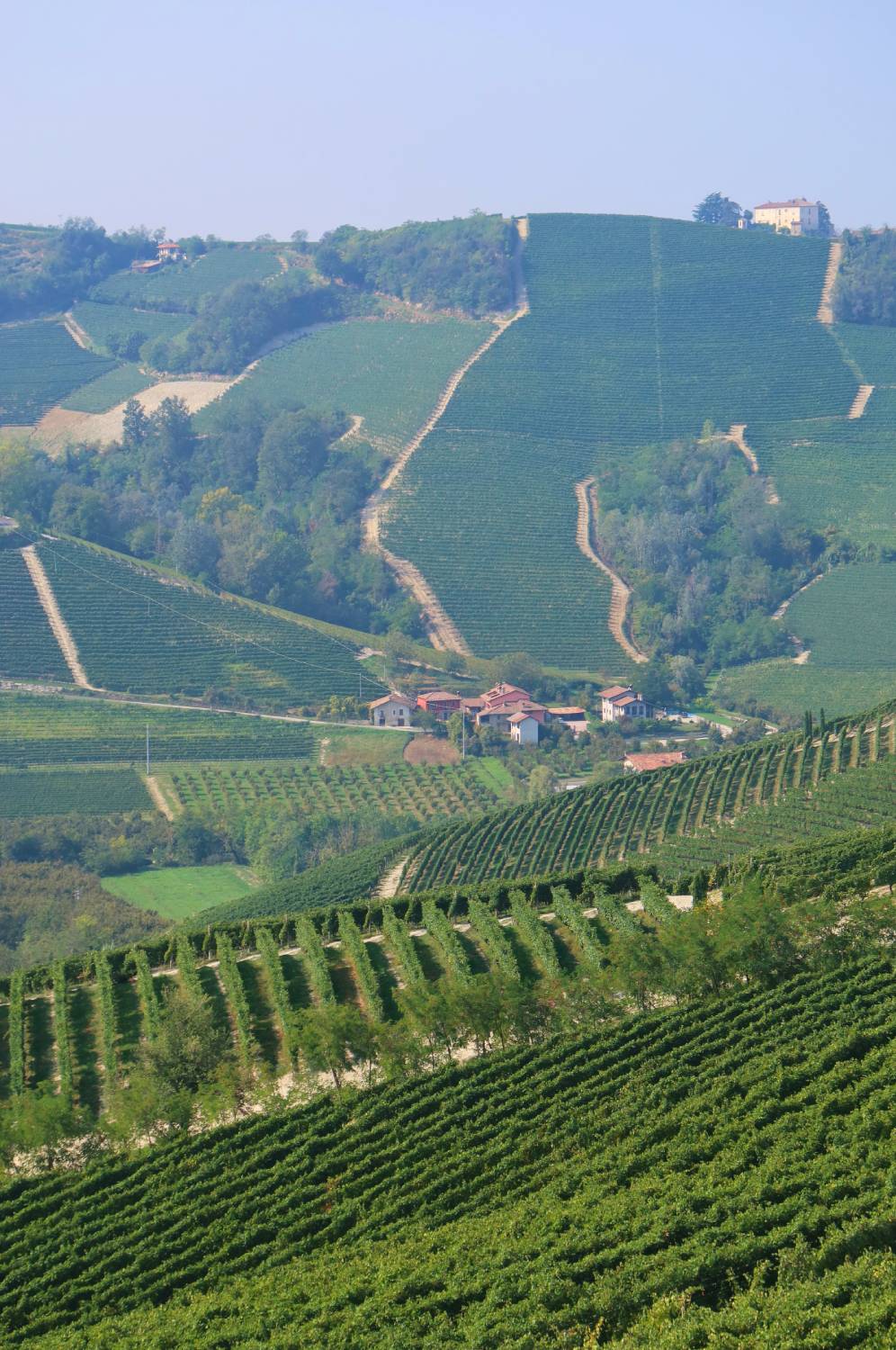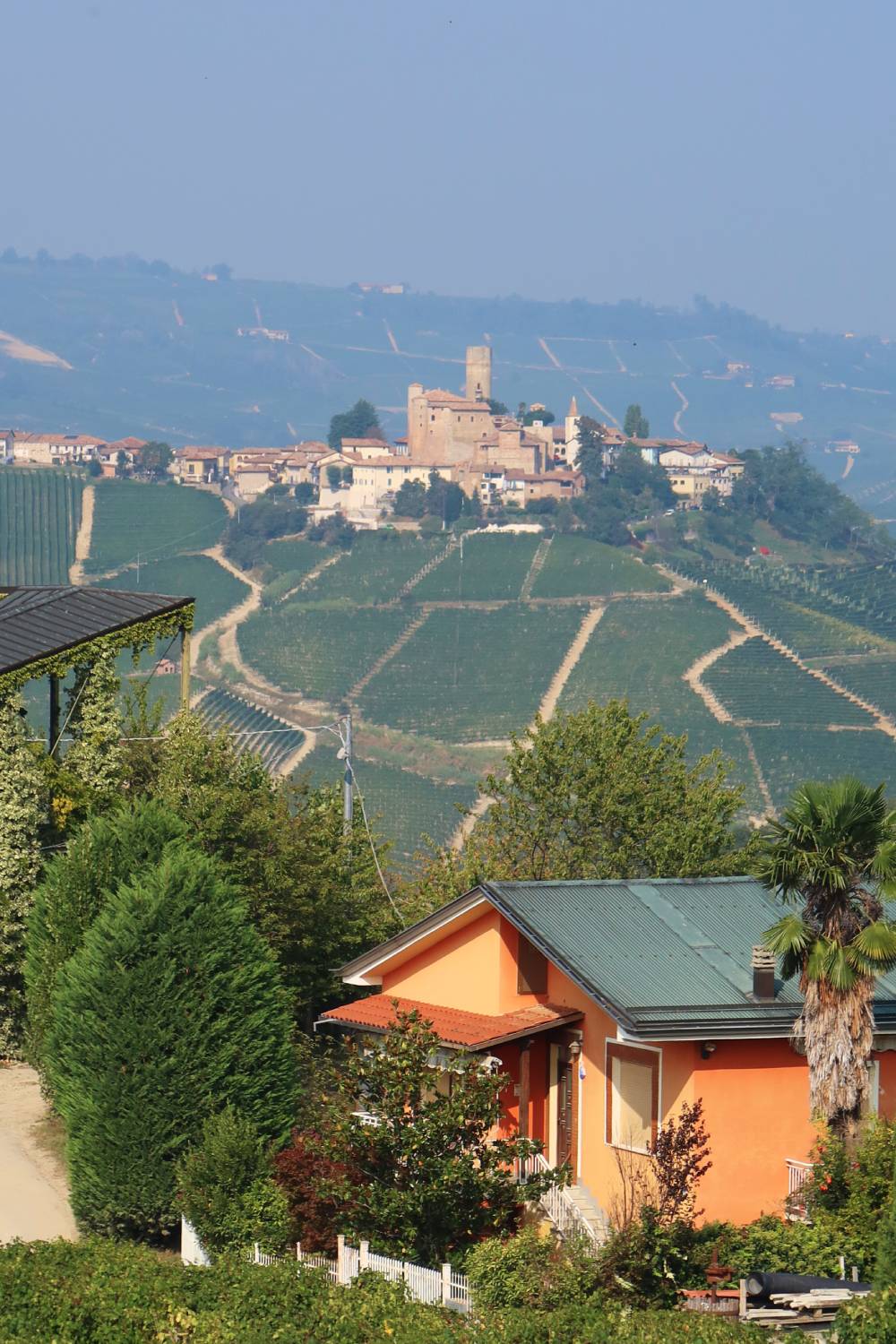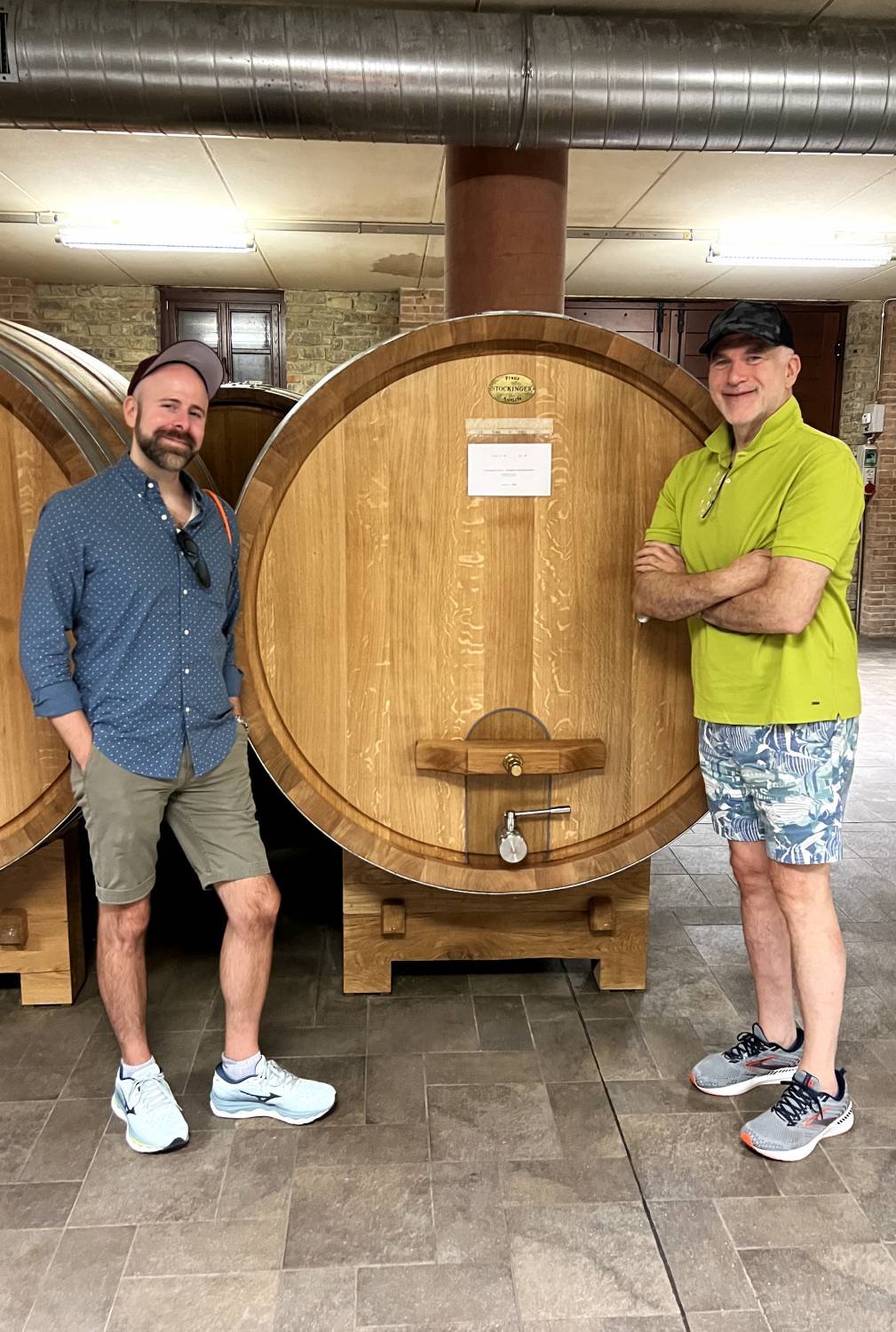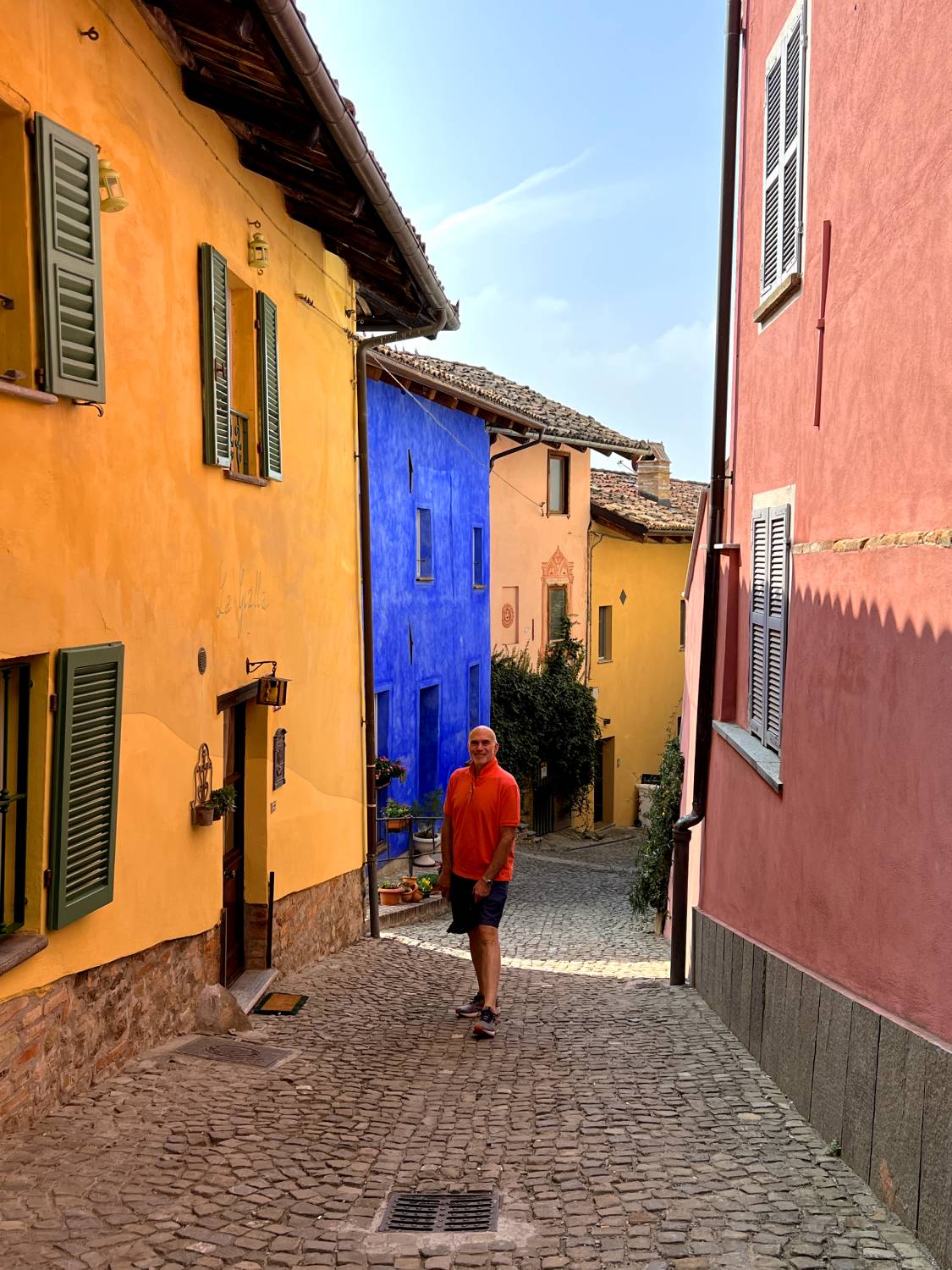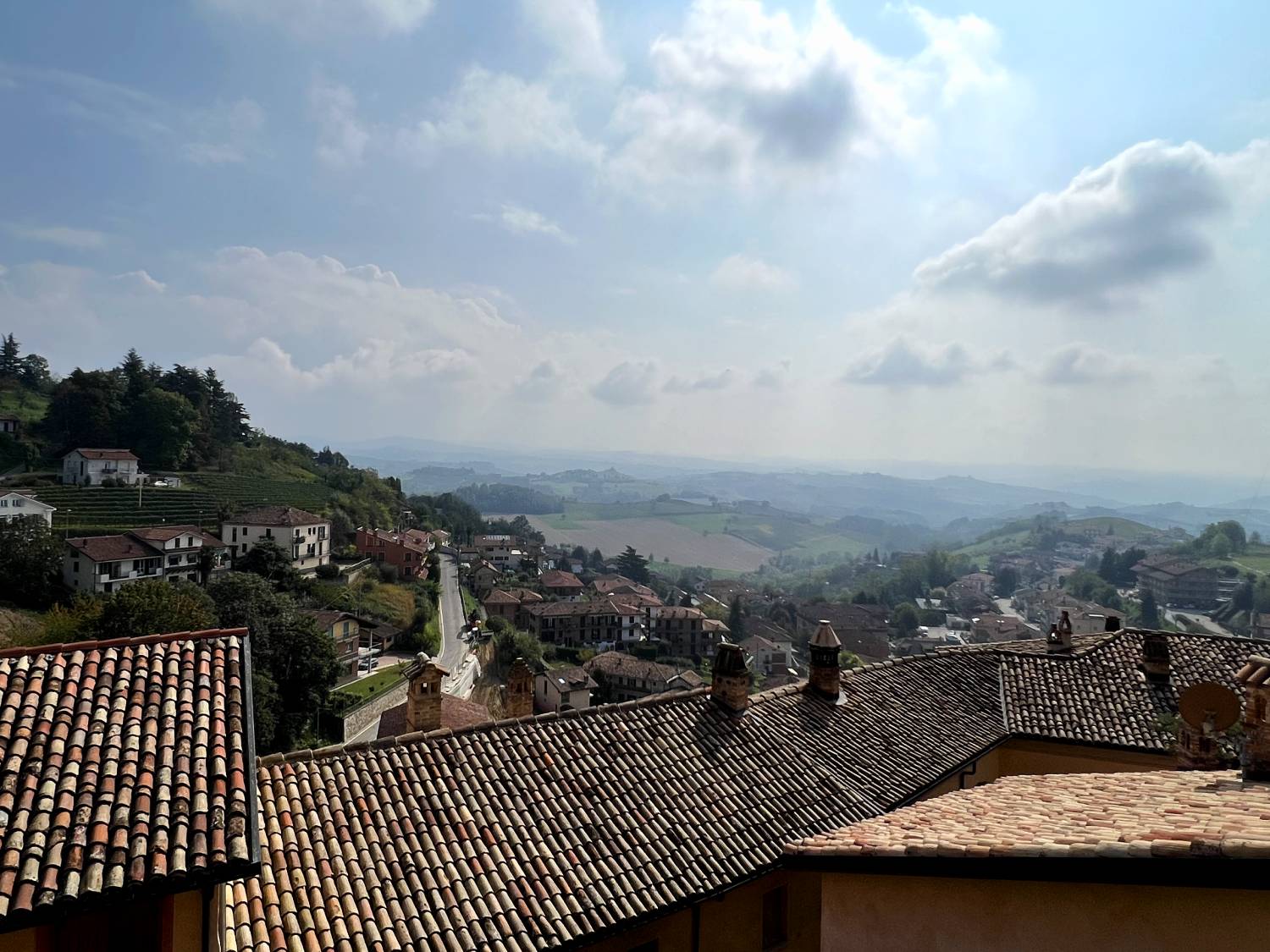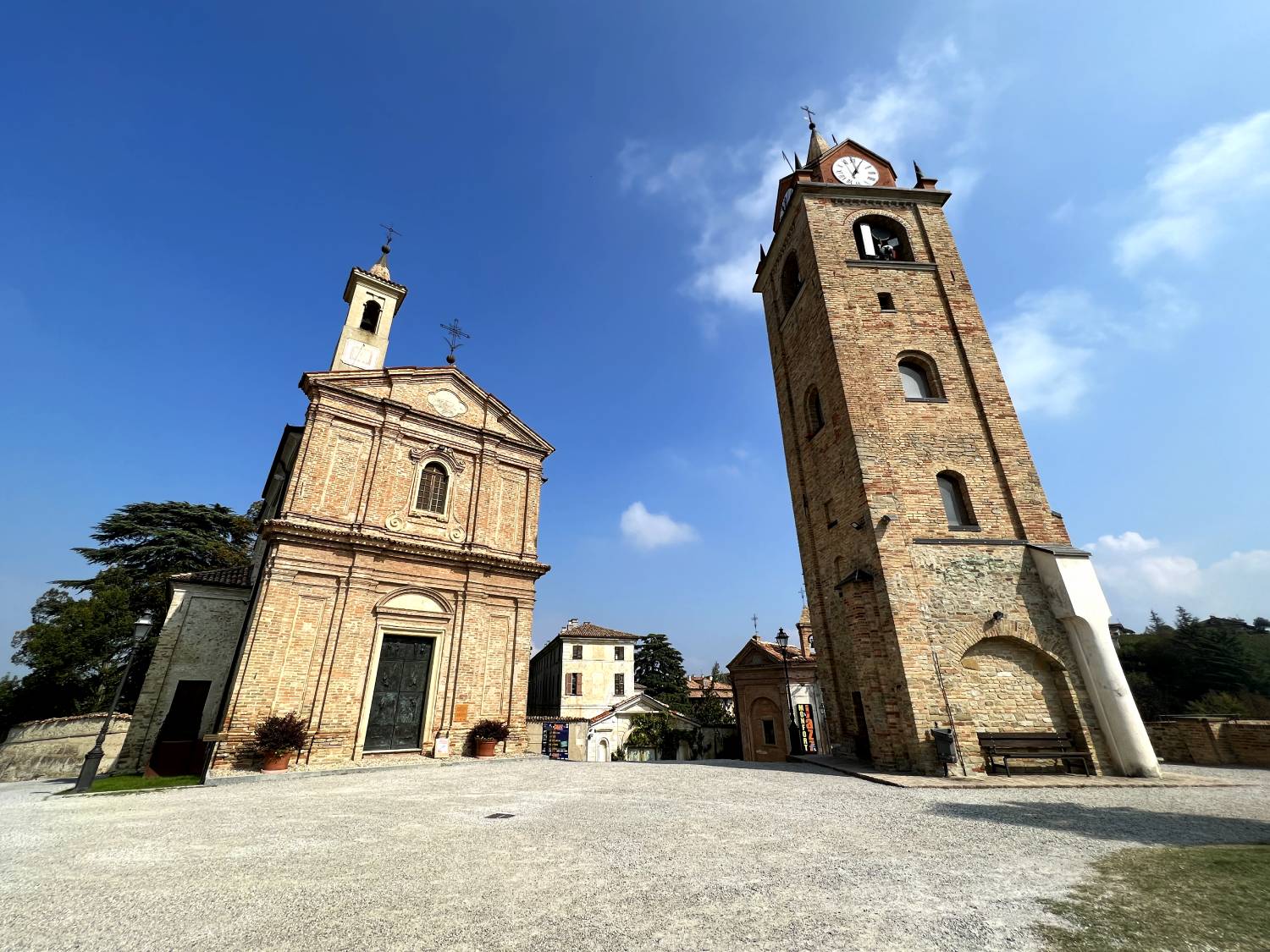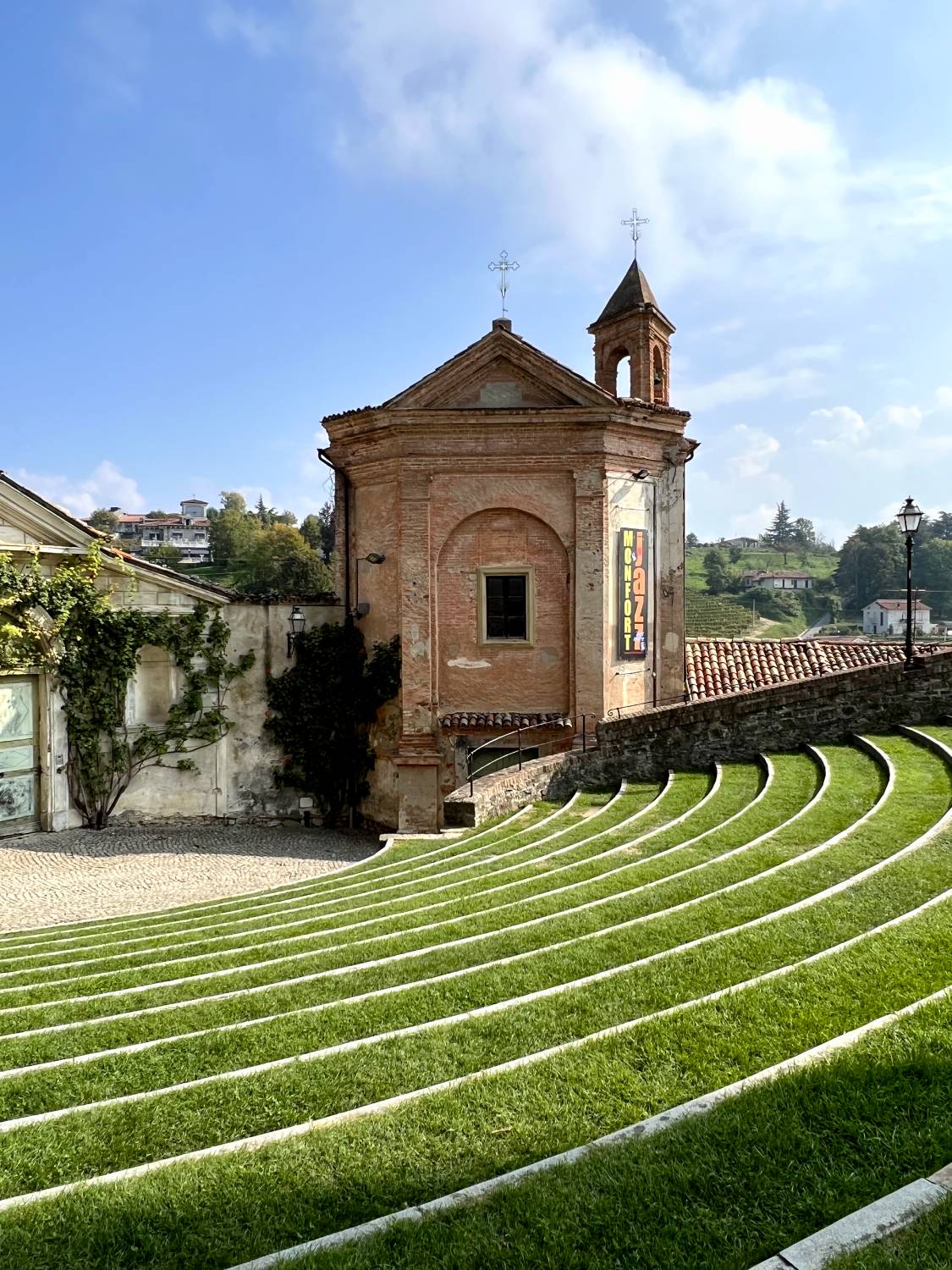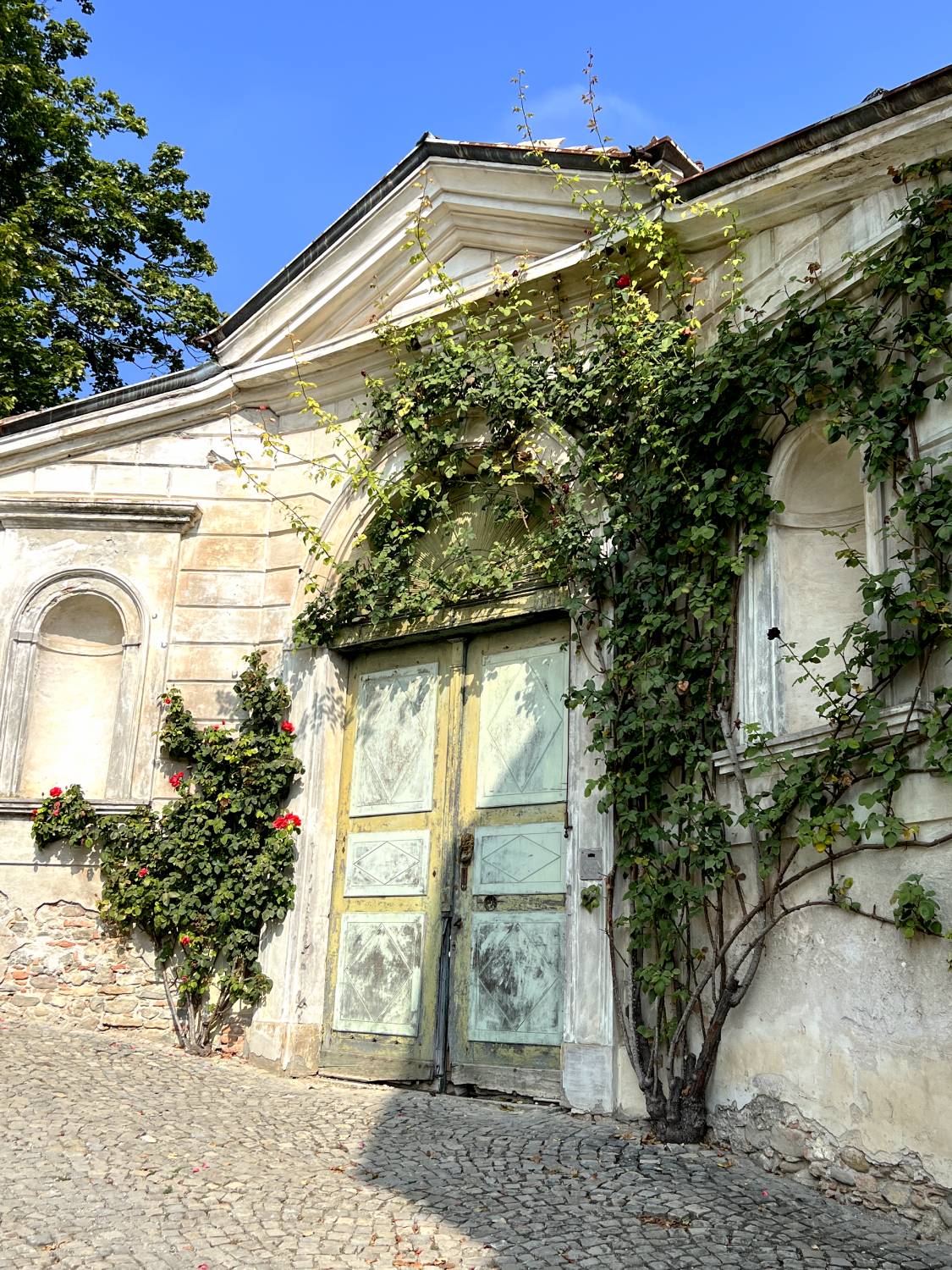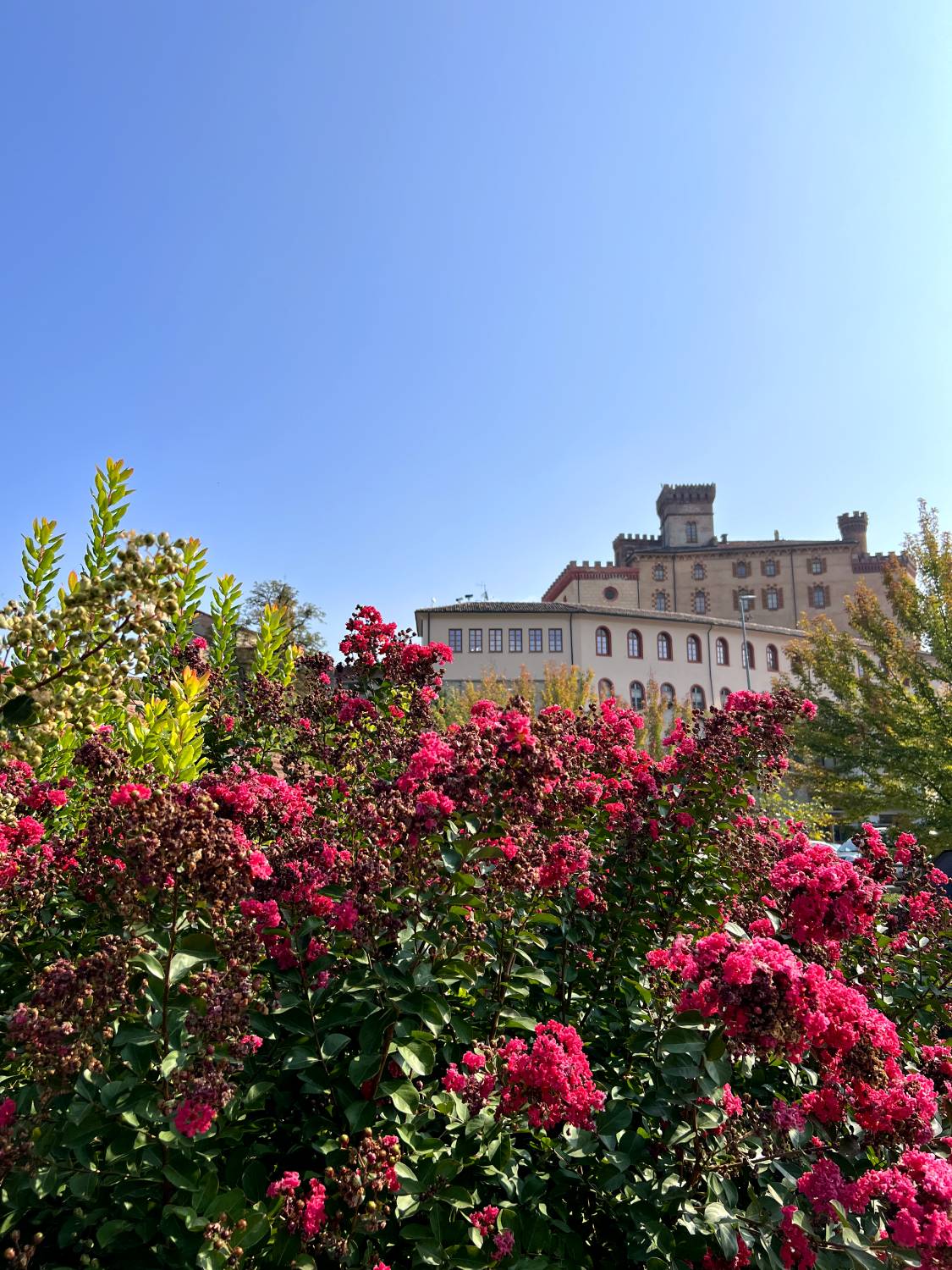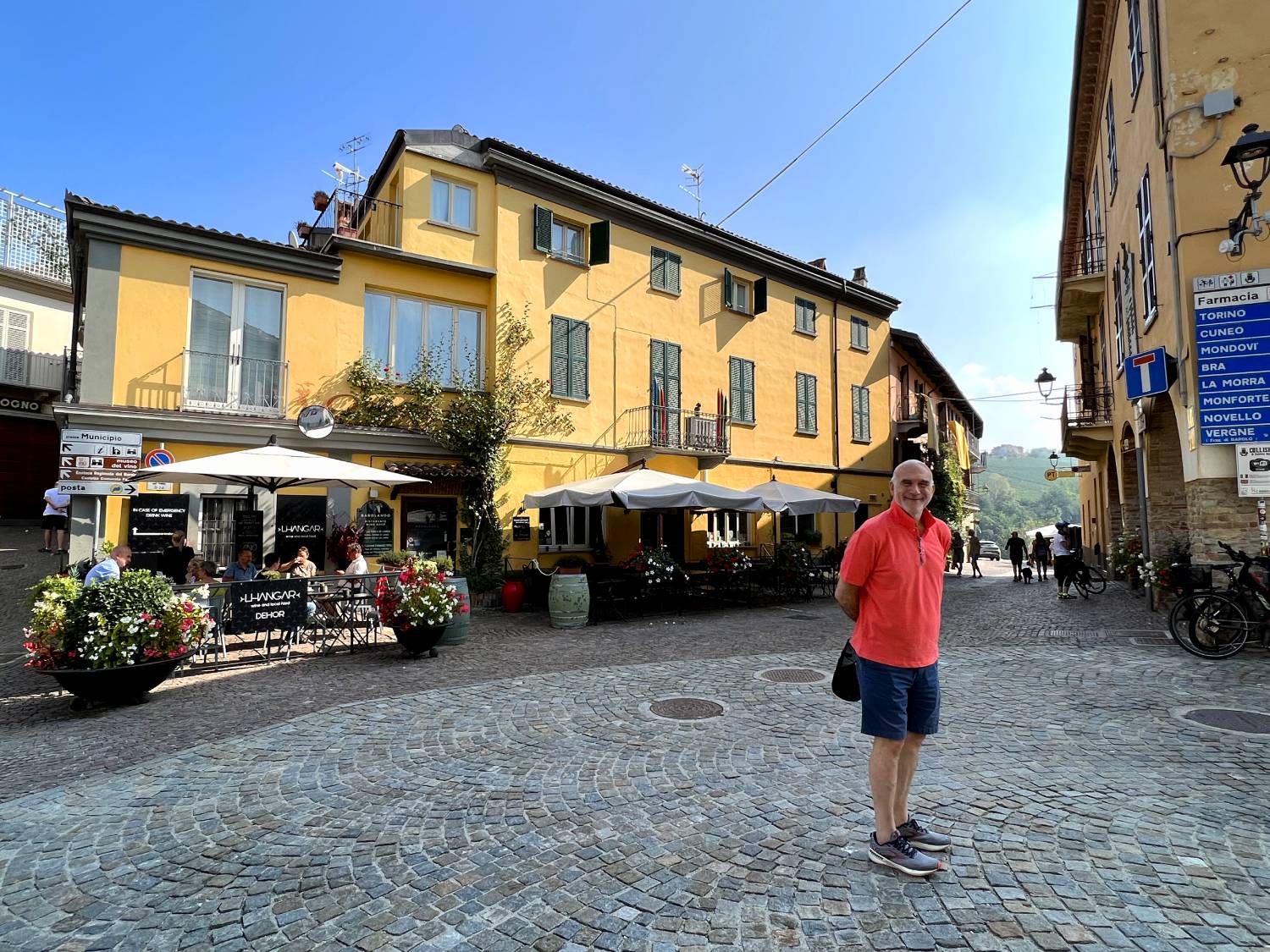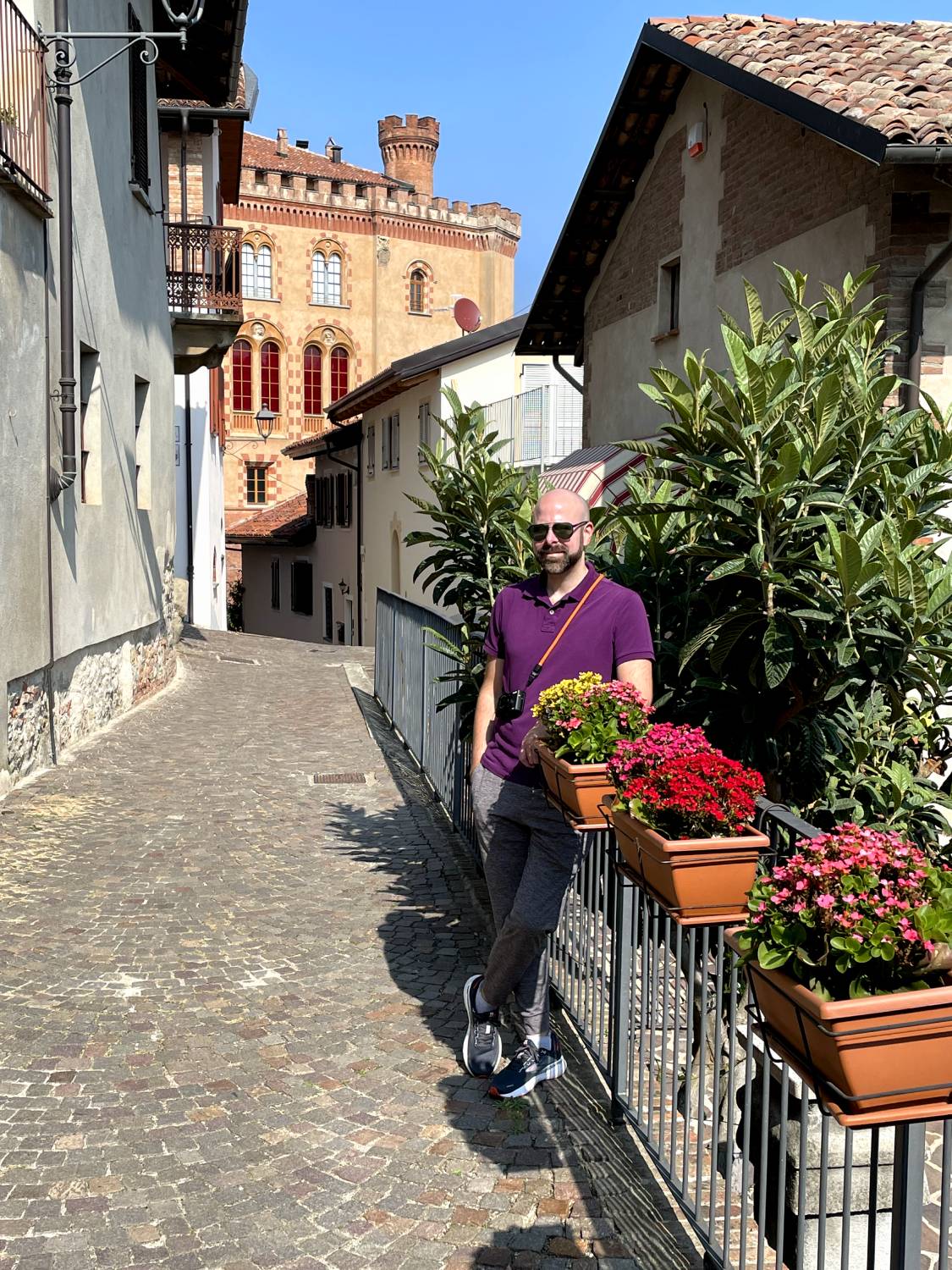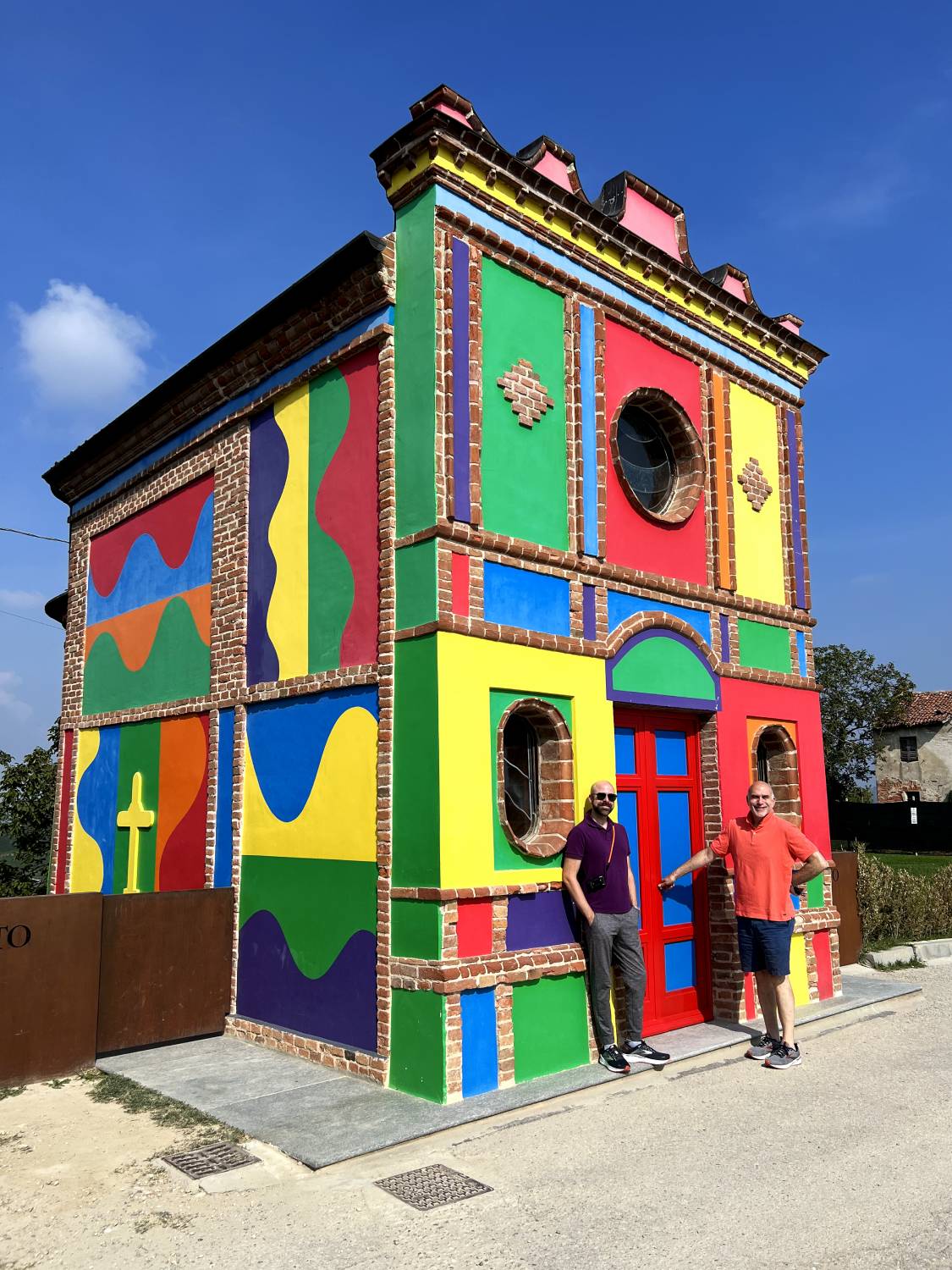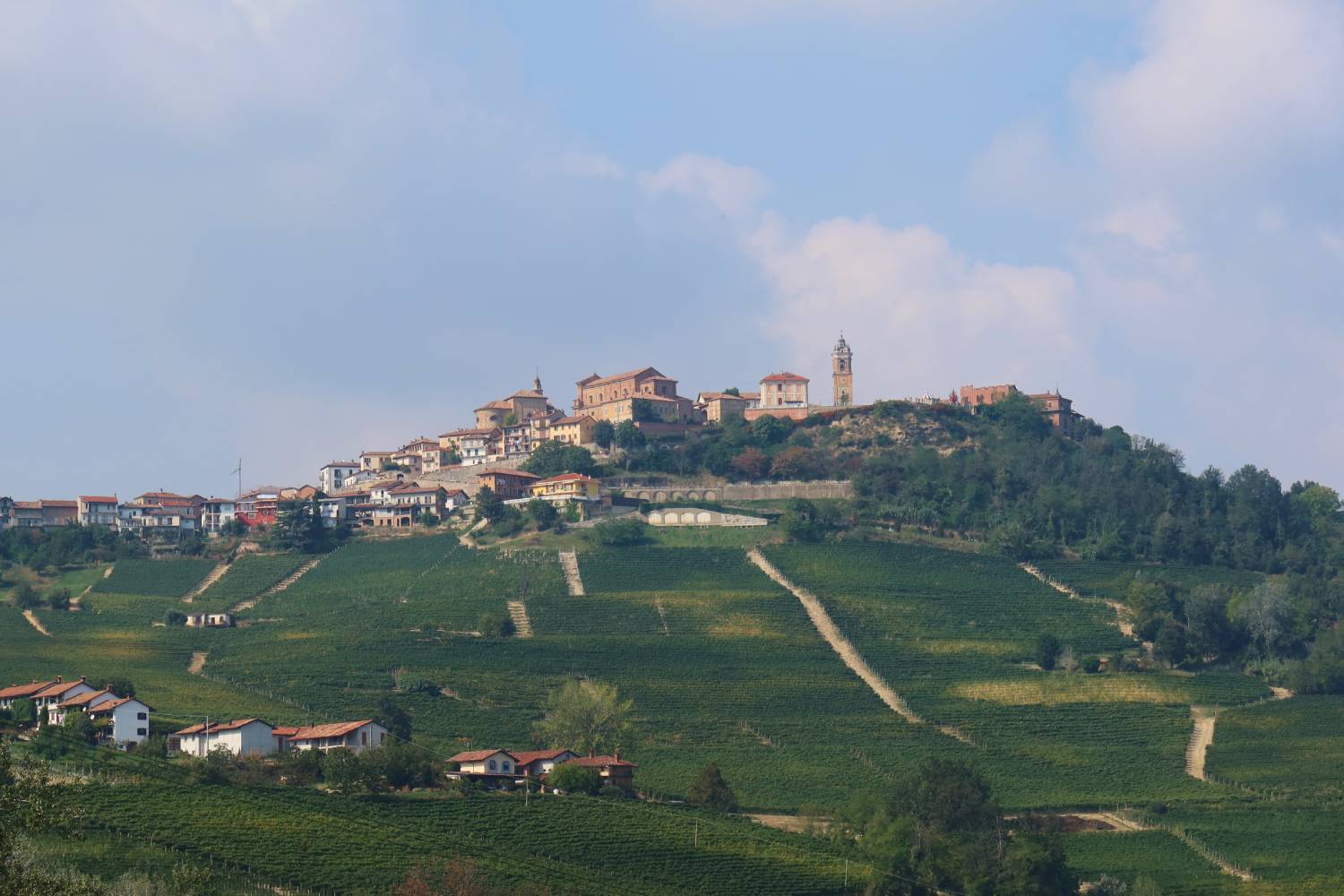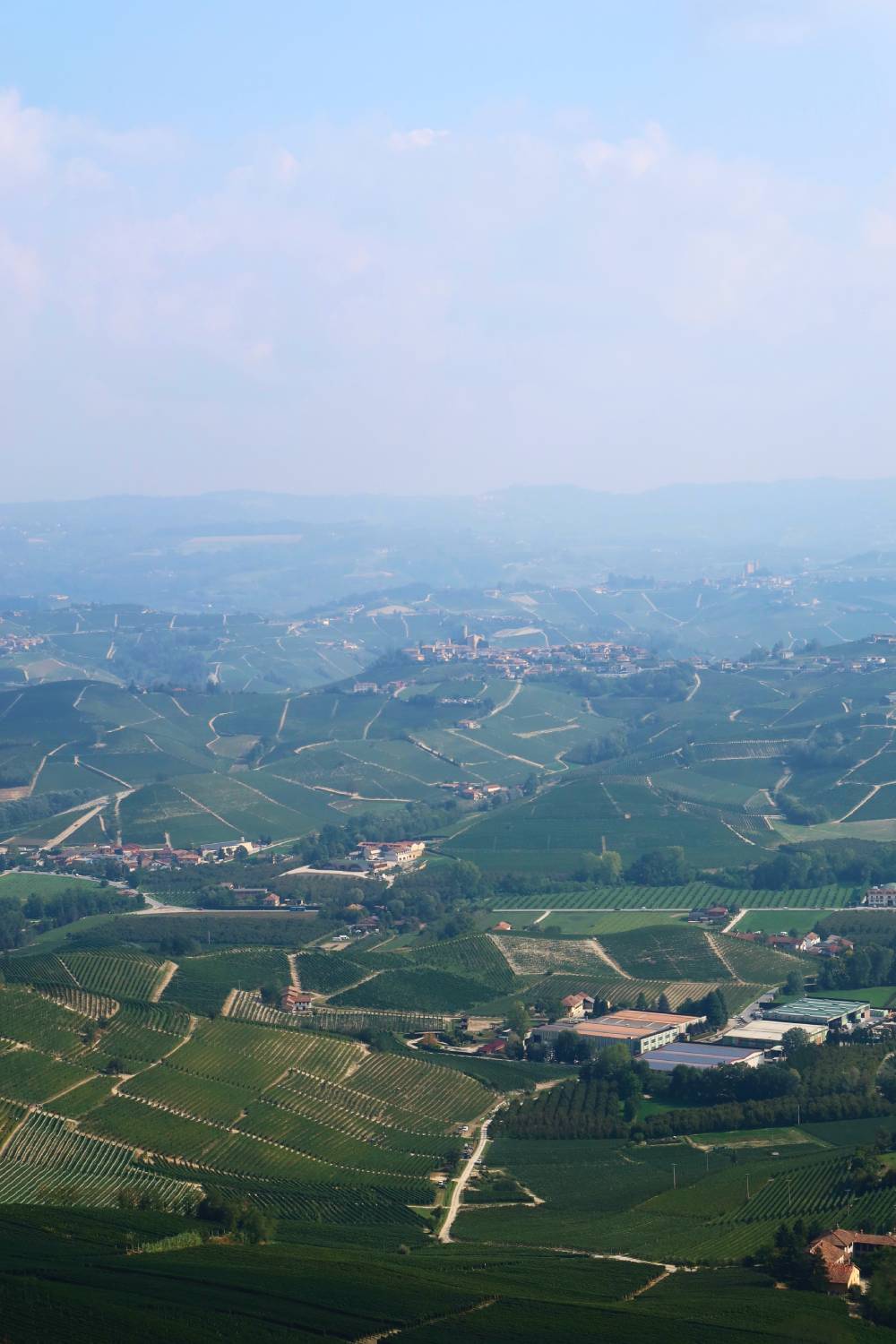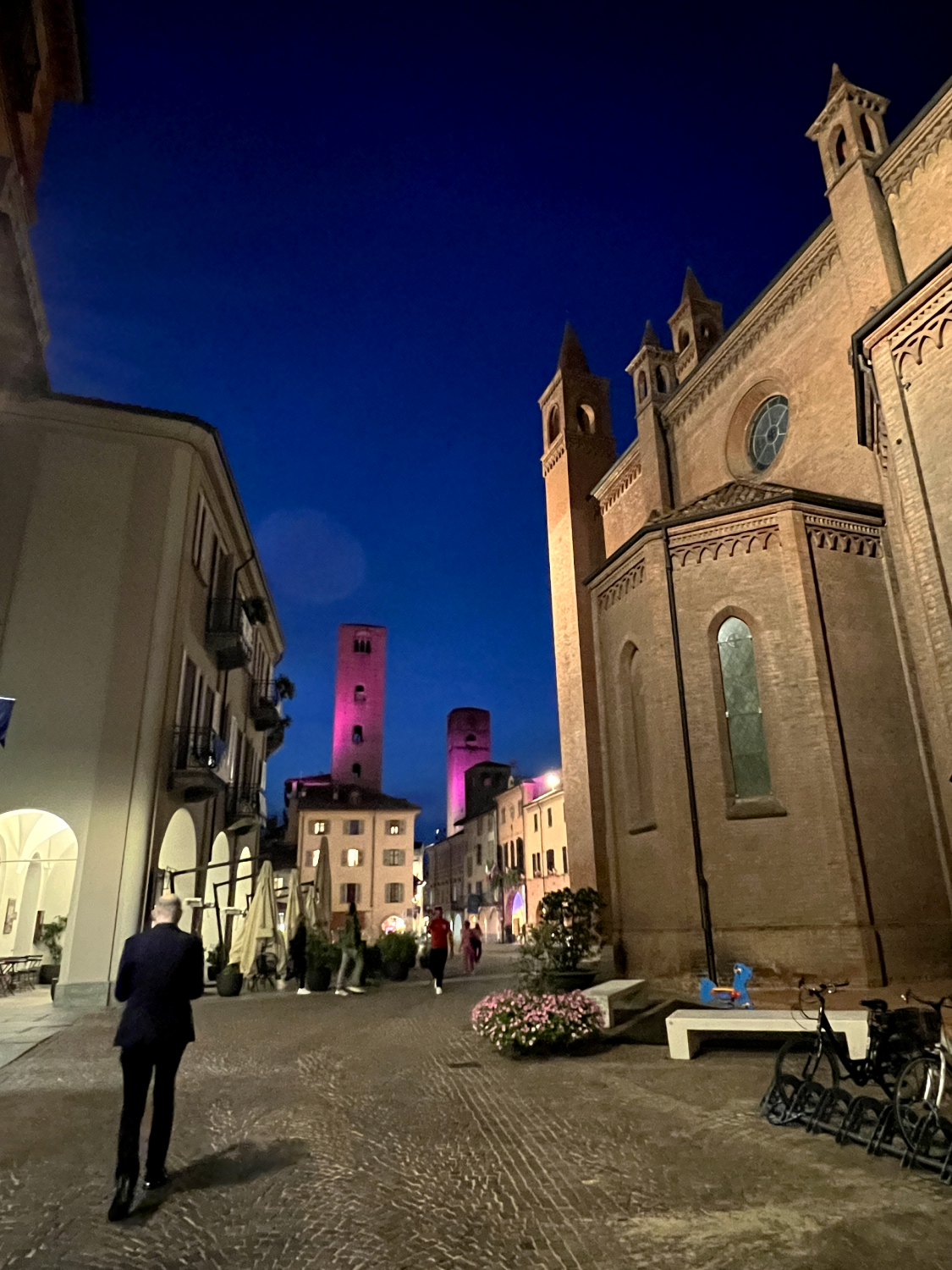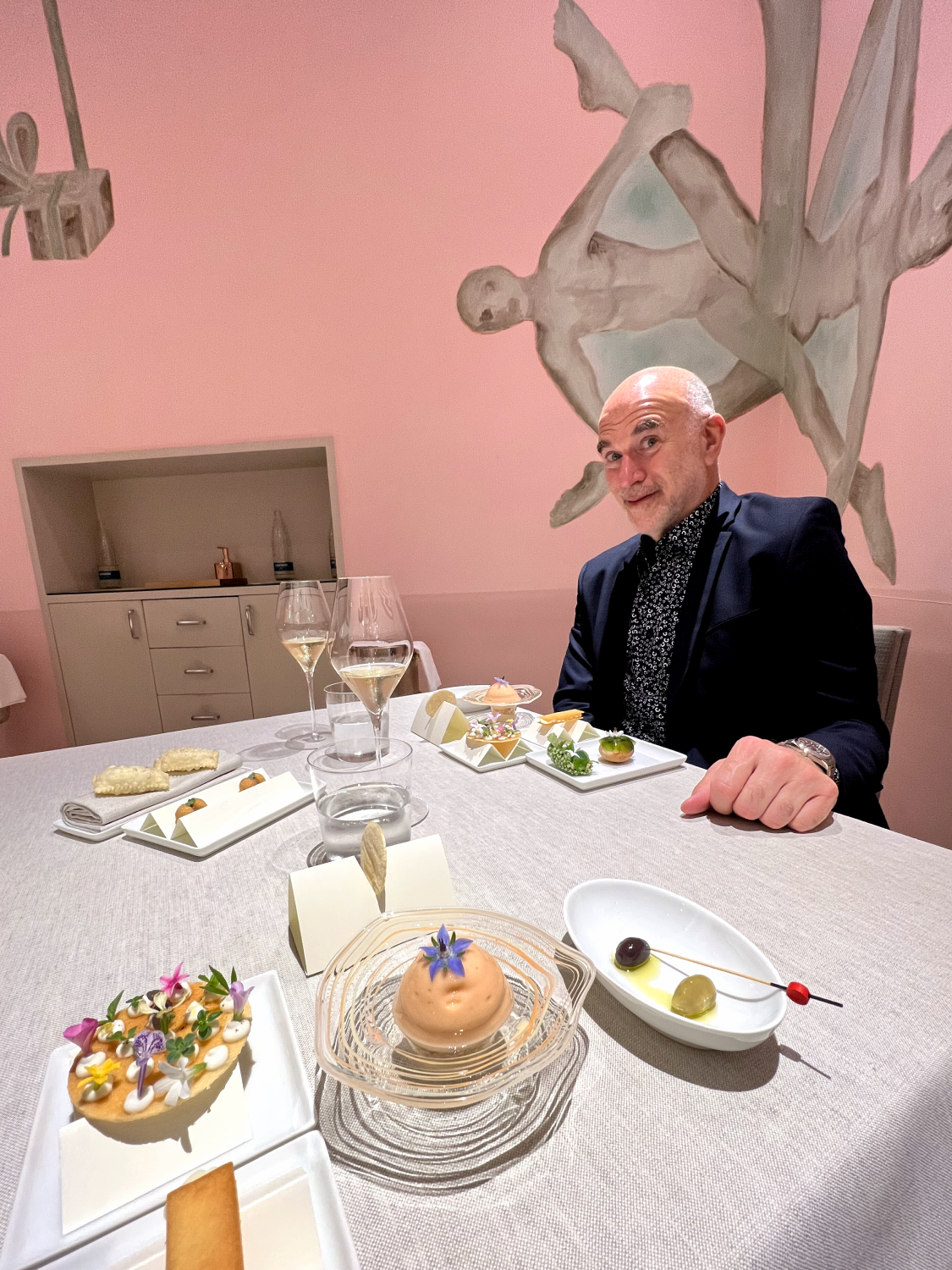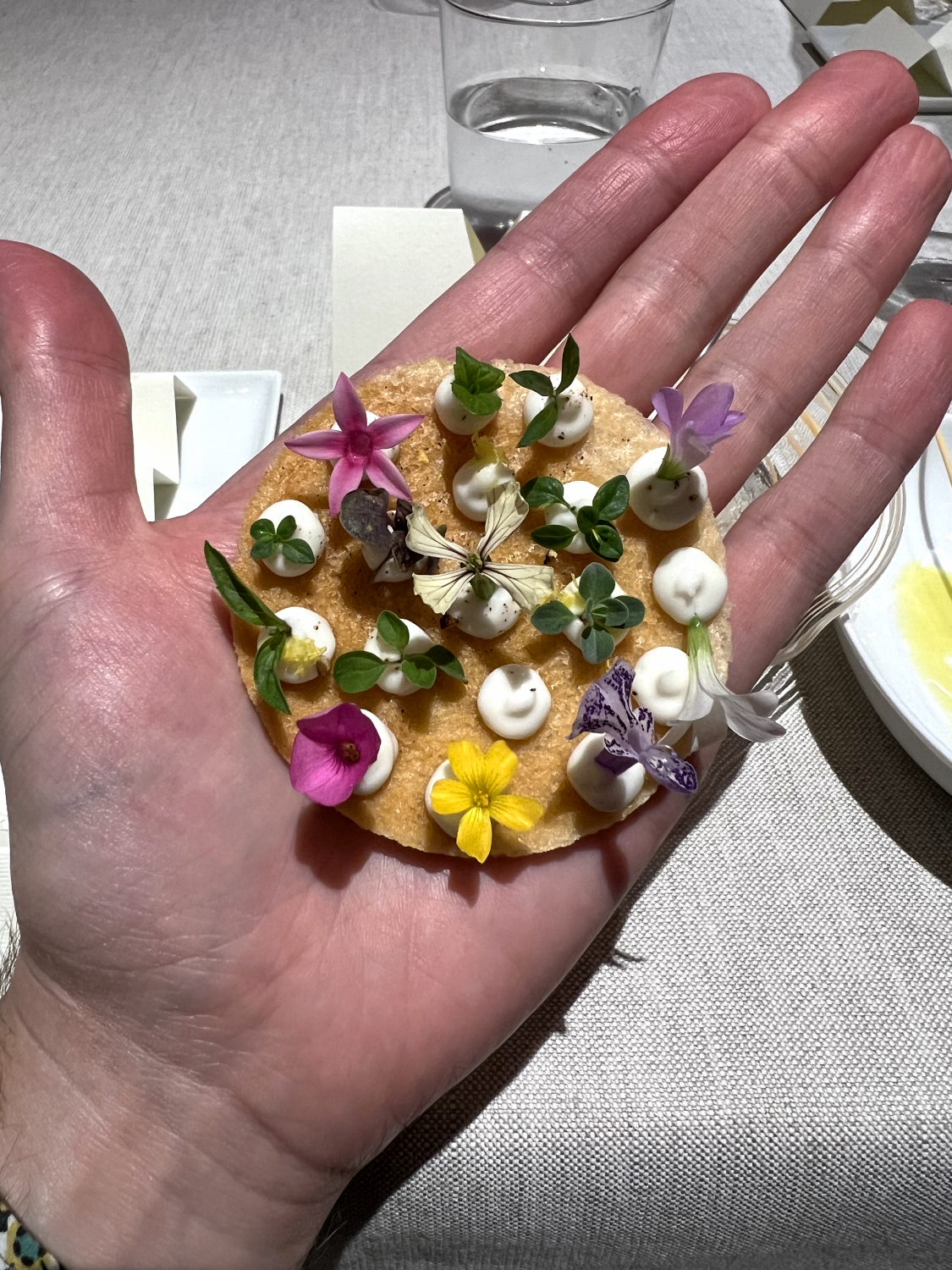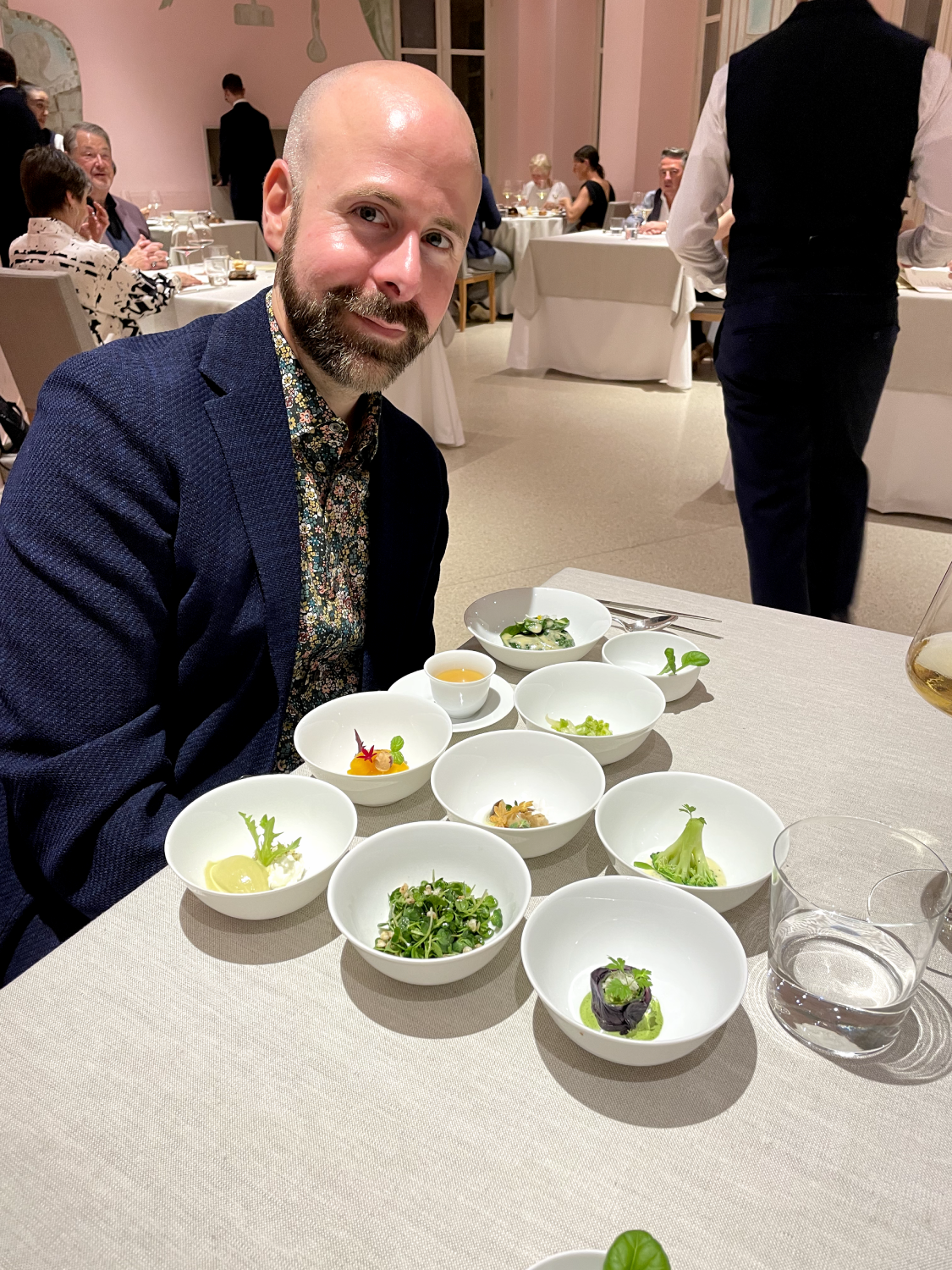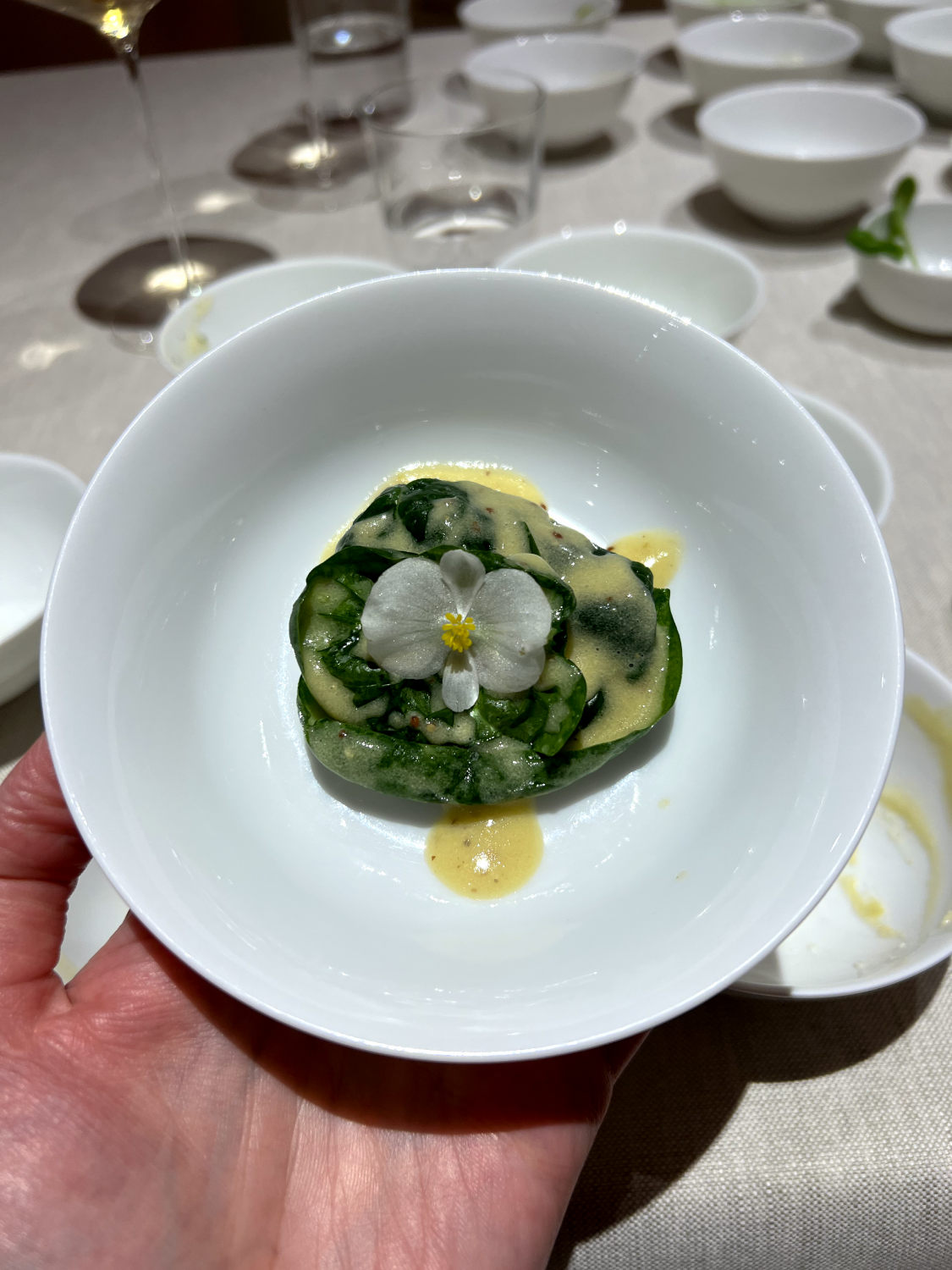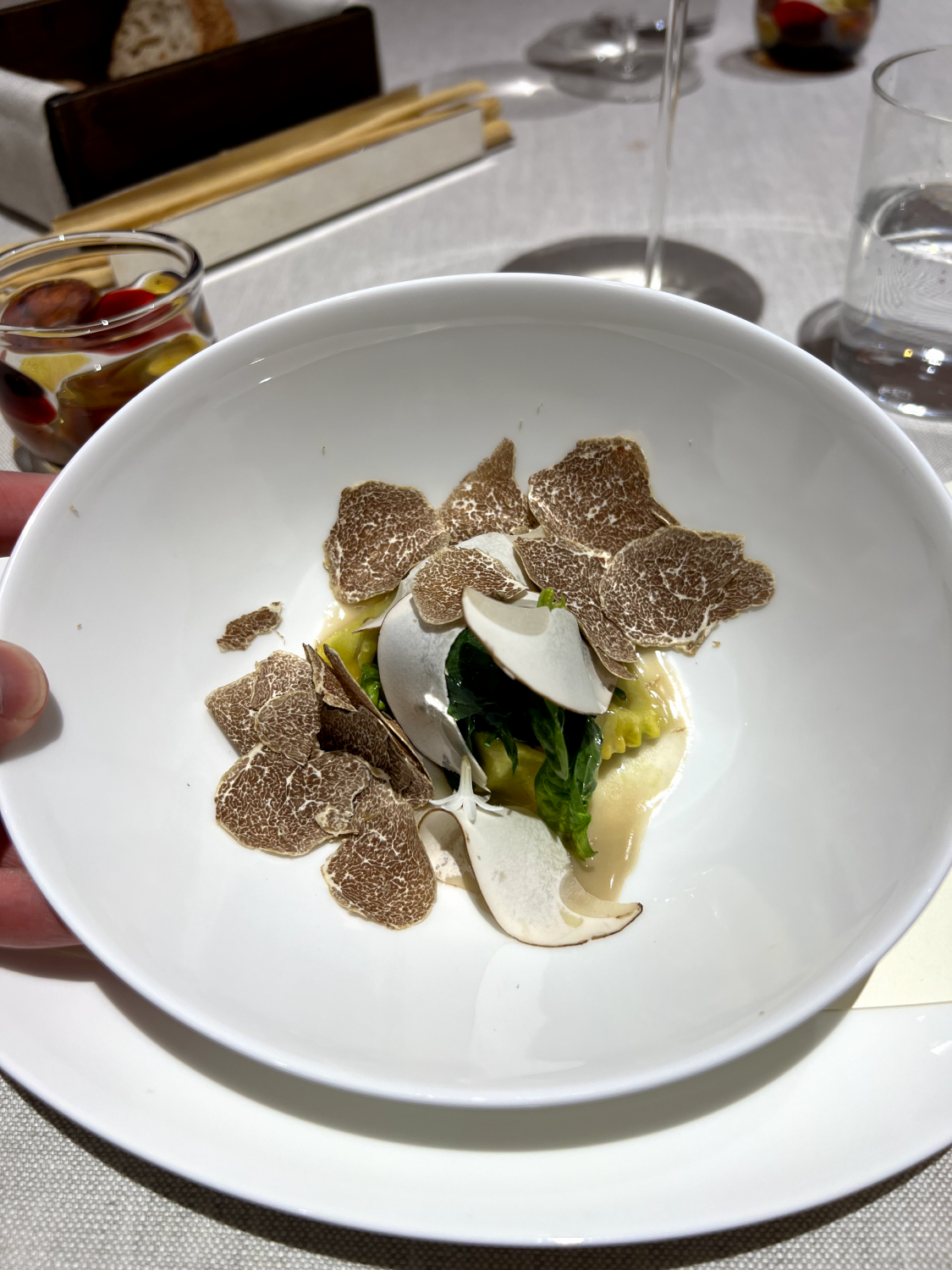On your first visit to Italy, it’s customary to start off with the “Grand Tour” – Venice, Florence, and Rome. For return visitors, you may want to see Milan and the lakes or Naples and Amalfi. If you should find yourself back in Italy for a third or fourth time, I highly recommend Turin, or Torino. I visited this vibrant city and the neighboring Langhe region in the fall of 2023 and was blown away by their beauty and authenticity – and pleasantly surprised by the lack of crowds. Even more, both areas are nestled in the heart of Piedmont in Italy’s northwest corner, which is framed by the majestic Alps – adding to the enchantment of the region.
Founded by the Taurini tribe and later shaped by Romans, Turin boasts a rich history. After Roman decline, it passed through the hands of Lombards, Franks, and others before becoming the capital of the Duchy of Savoy in the 16th century. Turin played a pivotal role in Italian unification, serving as the political and intellectual center of the Risorgimento movement and the first capital of a united Italy. Despite heavy damage during World War II, the city rose again and today thrives as a cultural and industrial hub, known for its automotive giants, stunning architecture (thanks to the Savoys), and the Shroud of Turin.
Charles and I traveled with some friends on this trip. We stayed at the Turin Palace Hotel, housed in a beautifully restored 1870 building in the Crocetta district, rising above one the city’s historic stretches of Parisian-inspired arcades. Throughout the 19th century, it established itself as a prominent figure in Turin’s hospitality scene. Today, the hotel seamlessly blends its historical charm with modern amenities like a hammam spa – which we all made use of – and a sweeping rooftop terrace with 360° views of the city and surrounding mountains. Upon arrival, Charles and I sipped espressos on the rooftop while waiting for our room to be turned over. It made for a great first impression.
After checking in and while waiting for our friends to arrive, Charles took a nap in the room and I went out to explore. I walked along the plane tree-lined Corso Vittorio Emanuele II towards the river Po. There was a lot of activity on the streets, mostly local Torinese running errands, pushing baby carriages, or just getting from point A to point B. I crossed the river and made my way up to Chiesa di Santa Maria del Monte dei Cappuccini, crowning a low-rising hill in the Borgo Po district. From the Balconata Giusto Gervasutti, right in front of the church, I gazed out at the vast expanse of Turin. A profusion of low-lying, red terracotta roofs stretched for miles towards the Alps with very few skyscrapers, except for the dome and spire of the famed Mole Antonelliana. It was a gorgeous fall day, and the city was glowing in the mid-afternoon sun.
From the viewing balcony, I ascended further up into the hills to Villa della Regina, a stunning estate built in the 17th century by the House of Savoy. It began as a private villa with a vineyard for Cardinal Maurizio, a prince of Savoy, but later became a favored escape for the royal ladies. Throughout its history, the villa served as a summer residence for various duchesses, princesses, and queens before being meticulously restored and reopened to the public in 2006. Today, it stands as a UNESCO World Heritage Site, showcasing its rich history and elegant Baroque architecture.
When I arrived, I practically had the whole place to myself. I bought an entry ticket for seven euros, which gave me full access to the villa’s interiors and the sloping Italianate gardens surrounding the property. Most of the original furniture has been relocated to the Quirinale Palace in Rome. However, the remaining architectural elements and decorative details paint a vivid picture of its former grandeur, including intricate frescoes by renowned artists such as Giovanni Battista Crosato, Daniel Seiter, and Corrado Giaquinto.
The gardens were the real pièce de résistance, offering a captivating blend of elegance and historical significance. Directly behind the villa is the Grotta del Re Selvaggio (Cave of the Wild King), a stunning rococo wedding cake of statues and fountains terraced into the hillside and covered in a basalt-like stone. Off to the south stands the Padiglione dei Solinghi (Pavilion of the Solinghi). It served as a meeting place for the Academy of the Solinghi, a group of intellectuals founded by Cardinal Maurizio, with a design possibly influenced by East Asian architecture. On the northern slopes is the ancient Vigna della Regina, the meticulously restored original vineyard, once again producing Freisa di Chieri DOC wine. Every single spot in the garden overlooks the villa with unobstructed views of Turin and the Alps in the far distance. I was in heaven and can see why the Savoys chose this prime spot to build one of their country estates.
The next day, we had a private tour of the Centro district, the heart and oldest part of Turin, with a rich compilation of notable architecture ranging from Roman ruins to Baroque palaces. Our lovely guide, Francesca, ushered us down Via Roma, the backbone of the city, which stretches from the train station to Piazza Castello and is lined with porticos, cafes, and designer stores. Intersecting Via Roma at its core is the grand Piazza San Carlo, nicknamed Salotto di Torino (Turin’s Drawing Room). The square showcases the architectural heritage of the city, with its elegant buildings and arcades. Francesca introduced us to Stratta, a historic cafe and cioccolateria serving confections fit for the Savoys since 1836. Charles and I returned later and purchased mini nuggets of gianduja – the renowned chocolate and hazelnut treat synonymous with Turin – and divine jellies in assorted flavors like moscato, Campari, and apricot.
As the tour continued, we took a quick pause from the midafternoon sun in the cool, shaded courtyard of Palazzo Carignano. This Baroque masterpiece was built for the Savoy dynasty in the 17th century and features a curved terracotta facade, which contrasts with the typical linearity of Turin’s buildings. Today, it houses the Museum of the Risorgimento and has been a UNESCO World Heritage Site since 1997. On the piazza in front of the palace is the illustrious restaurant, Del Cambio, where we ate later that evening. More on that meal down below.
Later on, we were led to the immense Piazza Castello, which is home to two other famous Savoy palaces – Palazzo Madama and Palazzo Reale (the Savoys had a penchant for erecting palaces). In front of a private residence adjacent to the Reale, Francesca pointed out three Stumbling Blocks in the sidewalk, commemorating a family of Jewish Italian victims of the Holocaust. They had lived in this private residence until being torn from their home in 1943 by Nazi collaborators and killed in Auschwitz. These blocks are part of the Stolpersteine project, which, to date, has laid over 100,000 throughout the streets of Europe and is the world’s largest decentralized memorial. As gut-wrenching as it is, I try to incorporate Jewish history – which often involves tales of the Holocaust or some form of persecution – wherever we travel.
Francesca wrapped up the tour on Piazza San Giovanni. In front of us was the Duomo di Torino, home to the Shroud of Turin. For centuries, this 14-foot piece of cloth has been venerated by many Christians as the actual burial shroud of Jesus Christ. It is the single most studied artifact in history as its authenticity is often fiercely debated. Scientific analysis, including radiocarbon dating, suggests it originated in the Middle Ages and not during the time of Jesus. Turin’s Cattedrale di San Giovanni Battista has served as its home since 1578. Around the corner from the duomo stands the Porta Palatina, another remarkably well-preserved relic, which served as a Roman gate from the 1st and 2nd centuries. This is where we bid farewell to Francesca. We covered a lot of ground – and history – in three hours.
On our final day, we explored Turin’s Lingotto complex. This area embodies the city’s manufacturing heritage and innovative spirit. Once housing the groundbreaking Fiat factory – a symbol of industrial progress – it’s now a testament to urban renewal, transformed into a thriving cultural and commercial center. First, we headed to the rooftop of the former factory to visit the Pinacoteca Agnelli, which houses the extensive private art collection belonging to the Fiat magnates, Giovanni and Marella Agnelli. The gallery, designed by Renzo Piano, is encased in an architectural marvel, suspended in a Scrigno (treasure chest) high above the rooftop of the factory.
The permanent collection features 25 masterpieces from the 18th to mid-20th century, including paintings by Canaletto, Tiepolo, Bellotto, Matisse, Modigliani, Manet, Renoir, and Picasso; plus two plaster models by Canova. We quickly fell in love with the pinacoteca. It was like having our very own visual feast of some rare artistic treasures. I was particularly mesmerized by several of the Matisse paintings (which I’d never seen before), featuring rich, colorful canvases from different eras depicting women with vibrant floral arrangements. And the Canalettos were mind-blowing, particularly The Bucintoro at the Molo on Ascension Day, which is a veduta of Venice during the Festa della Sensa. In this meticulously detailed landscape, Canaletto recreates a moment in Venetian history with stunning accuracy and a sense of atmosphere.
From the gallery we headed down to La Pista 500. What was originally Fiat’s rooftop test track dating back to 1923 has since been transformed into Europe’s largest hanging garden. It boasts over 40,000 plants across 27,000 square meters of track space, along with an exhibition trail featuring a series of artistic and environmental installations that interact with the surrounding architecture and landscape. The coolest installation, in my opinion, is Dominique Gonzalez-Foerster’s Pistarama. On the north parabolic curve of the track, a monumental collage illustrates the political and cultural history of Turin with episodes and figures linked to social struggles from different eras. The mural extends outward to include a host of graffiti, writings, and testimonies of people and social movements. We spent a good 30 minutes taking it all in, dissecting and digesting each word, each frame, each symbol. Most of the phrasing is in Italian, but the message is clear – the age-old adage, “Can’t we all just get along?!”
Afterwards, we went across the street to the original Eataly, which opened its doors in 2007 after the transformation of an old vermouth factory into the marketplace and restaurant emporium we all know and love. We ate at the Pizza & Cucina restaurant, and thank goodness I made a reservation as the wait to be seated far exceeded an hour. We ordered a seasonal pizzolo, a unique pizza from Sicily that has a double crust, almost like a pizza sandwich. It was stuffed with anchovies, caramelized onion, raisins, escarole, pine nuts, and squacquerone cheese. I loved the sweet, salty, and savory combination. I also indulged in a chinotto, a bitter soda made from myrtle oranges. By the end of the meal, all of my taste buds had been tantalized.
***
Upon leaving Turin on our way to the Langhe, we met up with a representative of the Comunità Ebraica di Torino for a tour of two historic synagogues – the first in Carmagnola, followed by Cherasco. It was fascinating to learn the history of the Jewish community in Piedmont, which dates back to the 14th century. While initially tolerated by the Savoy rulers for their economic contributions, Jews faced restrictions like living in designated areas. Ghettos were eventually established, but Piedmontese Jews enjoyed a period of relative stability compared to other parts of Europe. Then in 1848, the ghettos were abolished and full emancipation was granted, making them the first Jews in Italy to achieve full equality.
We met our guide, Baruch, on a side street in the centro storico of Carmagnola, a charming town located 29 kilometers south of Turin on the banks of the river Po. We followed him to the nondescript door of a two-story building. This seemingly ordinary edifice hides the stunning interior of the Carmagnola Synagogue, established on the top floor and often considered one of the most beautiful in the world. Built in the late 17th century, it reflects the life of the Jewish community in the region, adorned with Baroque decorations, intricate woodwork, and a magnificent central bimah. The synagogue served as a vital worship space for the Jewish population until the community dwindled after the Holocaust.
The woodwork throughout was sophisticated and complex. As Baruch explained, there were several artisans in the Jewish community that specialized in wood carving, and the synagogue clearly benefited from this. Through various restoration projects over the years, much of the carving has been gilded in gold leaf, adding to the majesty and splendor of the sanctuary. While the synagogue is no longer used for prayer services, it remains open to the public as a cultural and historical landmark.
From Carmagnola we drove 30 minutes south to Cherasco, located in the foothills of the Langhe region. This attractive little town boasts a rich history and cultural tapestry tied to the Savoy dynasty, with a maze of narrow streets, elegant arcades, and colorful buildings. As in Carmagnola, the Cherasco Synagogue is located discreetly on the top floor of an unassuming building within the former ghetto. The exterior intentionally blends in, reflecting a common practice during that era to avoid persecution. The exact date of the synagogue’s construction remains unknown, although a stone plaque above a ritual washing basin is dated 5557 (1797 AD), which might indicate either the synagogue’s construction or a renovation.
Although much smaller than the Carmagnola Synagogue, Cherasco’s sanctuary is magnificently adorned with design features in the late-Baroque style. Notable elements include twisted Solomonic columns gracing the bimah, with the Torah ark doors replete in gilded lettering. Several prayers are written in Hebrew on the walls, each encircled by a colorful, floral fresco border – a rare sight to behold in such a sacred and somber space. A small window overlooking a courtyard allowed for natural light to pour in, making the room feel much brighter and airier than the previous synagogue. Despite facing challenges, the Cherasco Synagogue has seen several preservation efforts and occasional use in recent years.
From Cherasco, we drove to our next hotel, deep within the hilly region of the Langhe, which is renowned for its breathtaking landscapes, rich history, and exquisite food and wine. This UNESCO World Heritage site is famous for its rolling vineyards that produce world-class wines like Barolo, Barbaresco, Asti Spumante, and Cortese di Gavi. Beyond the grape, the Langhe entices with its medieval villages, charming towns, and a culinary scene boasting white truffles, hazelnuts, a bastion of local cheeses, and the Slow Food movement – which is fed by the region’s fertile and fruitful lands. In recent years, the area has grown in popularity, but (thankfully) is still somewhat off the beaten path when compared to the various other wine regions of Italy.
After carefully ascending multiple switchbacks and passing a tractor or two, we pulled up to the entrance gates of Casa di Langa. When the gates opened, we followed a twisty, one-lane road through old-growth walnut and cherry trees until the hotel came into view. Set at the top of a ridge, the main building cascades down a hillside in a reverse cantilevered format, emulating the 100 acres of terraced vineyards and forest that surround the property. We pulled up to the concierge and were greeted by a kind and courteous staff, who quickly ushered us through the check-in process so we could get to our rooms.
Charles and I stayed in a luxurious junior suite, which was extremely spacious and designed with a focus on relaxation, featuring muted tones and locally-crafted furnishings. Our bathroom was heavenly, equipped with a soothing rain-effect shower plus a stylish designer tub and luscious Le Labo toiletries. But the true gem was the private terrace, which looked out to the neighboring ridge and the hilltop village of Albaretto della Torre. Our room came equipped with yoga gear (a high-end mat and foam blocks), which I was able to use on the terrace during my morning stretch routine. Sustainability is a core value at Casa di Langa, with the property utilizing eco-friendly practices like biodegradable room cards, zero single use plastics, and recycled water for irrigation.
The views all around the property were mesmerizing. A central courtyard looks out towards an endless sea of undulating hills, with the silhouette of Serralunga d’Alba, one of the prettiest villages in the Langhe, set in the distance and, on a clear day, framed by the Italian Alps. A walkway lined with container gardens descends several flights of steps to a lower courtyard and the entrance to Fàula, the onsite restaurant, which is where we had breakfast each morning and dinner one evening. Adjacent to the restaurant is an active giardino delle erbe, which was profuse with early autumn blooms and the heady aromas of rosemary, lavender, thyme, and sage. Behind the hotel, a proper orto (vegetable garden) built into the hillside supplies Fàula with seasonal produce that is showcased on the menu by the young and talented Chef, Daniel Zeilinga. At the base of the hotel is a salt water infinity-edge pool, which thankfully was still open as Italy was experiencing an autumnal heatwave with air temperatures rising to 85° fahrenheit during the day.
One afternoon, Charles and I ventured out to explore a few of the many hilltop villages of the Langhe. We started off in Monforte d’Alba, a short scenic albeit windy drive from Casa di Langa. Monforte is a charming sight of pastel buildings and terracotta roofs tumbling down a steep rise. With a rich past dating back to the 13th century, the village boasts remnants of its medieval roots. The Palazzo Scarampi, once a castle of the ruling Del Carretto family, stands as a testament to this era. We wandered the narrow streets and soaked in the historical ambiance. I climbed to the very top of the town, where a sweet little chapel and campanile overlook the Auditorium Horszowski, an outdoor amphitheater named for pianist Mieczysław Horszowski who inaugurated it in 1986. The space is actively used for jazz concerts and film screenings. I would love to go back and experience a jam session under a moonlit sky.
Next, we made our way to Barolo, the namesake village of the beloved wine. Set atop a small plateau and surrounded by rolling hills, Barolo is a sight for sore eyes. The village is crowned by a majestic medieval castle, now housing the Regional Barolo Wine Enoteca – a haven for wine enthusiasts. Cobblestone streets weave throughout, adorned with traditional houses and offering stunning glimpses of the surrounding vineyards. Barolo’s very essence is a celebration of wine culture, with the relatively new WiMu Museo del Vino, dedicated to the history of Barolo production. Of all the places we visited in the Langhe, Barolo was also the most touristy, with several buses letting off loads of sightseers…so we didn’t stick around for too long.
From Barolo, we traveled further up into the hills to reach the Cappella delle Brunate, a unique and unexpected sight. This small, yet vibrant chapel bursts with color against the serene backdrop of green vineyards and blue sky. The Cappella delle Brunate is actually a contemporary art installation by the renowned artists Sol LeWitt and David Tremlett. Originally constructed in 1914, the chapel had fallen into disrepair when it was acquired in the 1970s by the Ceretto family, prominent figures in the Barolo wine industry. In the 1990s, they breathed new life into the structure with an artistic rebirth, partnering with LeWitt and Tremlett to transform the chapel into the kaleidoscope of colors that is today.
After snapping a few photos, we continued our ascent to La Morra, nicknamed the “balcony of the Langhe” due to its panoramic position on top of the highest hill in the area. From the belvedere on Piazza Castello, the town’s main square, rolling vineyards unfurled beneath us, stretching out in every direction as far as our eyes could see, with medieval villages dotting the crowns of near and distant promontories. On the opposite side of the piazza, a campanile, built upon the remains of an ancient castle, stands sentinel, while the 17th-century parish church of San Martino adds another layer of history. I had visited La Morra several years back on a day trip from Milan, but the weather was foggy and dreary. I feel fortunate to be given a second chance to experience La Morra on such a beautiful day.
***
Piedmont is a haven for food and wine lovers. Rustic trattorias define the heart of the dining scene, offering earnest, regional fare. Much of it is meat-based, with rich braises and slow-cooked game. One of Piedmont’s most well-known meat dishes is finanziera, a stew featuring sweetbreads, rooster combs and wattles, calf’s brain and liver, and sometimes organ meats like kidneys. I was intrigued but never actually ordered this. Maybe next time. The Piedmontese also have their own distinct pastas, like agnolotti, a rustic stuffed pasta that is pinched closed, and tajarin, similar to tagliatelle but made with a generous amount of egg yolks, giving the pasta a delightfully golden color. And of course there’s the region’s crown jewel, tartufo bianco, the white truffle, which is freshly shaved on just about everything – even dessert.
Needless to say, we had some exceptional meals during our time in Turin and the Langhe. Here is a brief overview from each:
Description: We dined at Mille on our first night in Turin. It was a perfect option for a jet-lagged traveler in need of a tasty, yet light cena. Located in Centro, the restaurant serves typical Piedmontese cuisine with a seasonally changing menu in a casual, contemporary space. It was a convenient 15-minute walk from the Turin Palace Hotel.
Standout Dish: Served as a daily special, we ordered tajarin with fresh lobster, calamari, and clams in a sauce of zesty lemon, olive oil, and parsley. It was simple but flavorful and delicious.
Description: This Michelin-starred institution dates back to 1757 when it first opened as a cafe, attracting numerous influential figures over the years like Count Camillo Benso di Cavour, Giuseppe Verdi, Giacomo Puccini, and even Friedrich Nietzsche. In 2012, the Denegri family purchased the restaurant and embarked on a meticulous restoration, preserving its historic charm while updating it for the modern era. Today, Del Cambio offers a unique dining experience, blending its rich past with contemporary elegance and innovative cuisine. I highly recommend requesting a table in the Sala Risorgimento, which is dripping with elegance.
Standout Dish: Esthetically pleasing as well as delicious, the insalata piemontese is a signature dish from chef Matteo Baronetto that changes seasonally and features a cornucopia of locally sourced ingredients. On the night we dined at Del Cambio, the salad included such treasures as amarena sciroppata e colatura di alici (black cherry in syrup with anchovy drippings), cipolla al forno (baked onion), funghi all’olio de brace (mushrooms in charcoal oil), and margherite dolci (sweet daisies).
Description: Located in Turin’s Vinchiglia neighborhood, Piccolo Lord offers a delightful and refined dining experience focused on traditional Piedmontese cuisine with a creative twist. Exposed brick ceilings and warm lighting create a comfortable atmosphere perfect for a romantic dinner. Expect to find house-made pasta, delicious meat and fish options, and delectable desserts.
Standout Dish: On the evening we dined here, for my secondo I ordered a special of petto d’anatra (duck breast) with succulent caramelized cipollini onions and chestnuts. The duck was cooked to perfection – medium rare and sliced like butter.
Description: On our first night in the Langhe, we dined at this warm and inviting trattoria located 15 minutes by car from Casa di Langa. The name La Coccinella translates to “The Ladybug,” hinting at the restaurant’s commitment to simple pleasures and fresh, seasonal ingredients. Run by the three Dellaferrera brothers since 1998, the cozy space, decorated with warm yellow walls and vintage lamps, creates an intimate setting perfect for a casual, yet enjoyable meal.
Standout Dish: For my primo, I ordered a pasta special of tajarin with porcini mushrooms and castelmagno cheese (one of the oldest in Italy), topped with freshly shaved tartufo bianco. It was the epitome of fall flavors in Piedmont.
Description: This Michelin-recognized establishment is the hotel restaurant at Casa di Langa. As we had already witnessed from staying on the property, it boasts breathtaking panoramic views of the Langhe hills, making it a feast for both the eyes and the palate. It was lovely – and convenient – to have such a solid restaurant at the hotel. The elegant dining room offers a sophisticated ambiance with comfortable seating and stylish decor. Innovative dishes highlight the bounty of the Langhe, much of which comes directly from the on-site gardens and greenhouse.
Standout Dish: There is a tasting menu, but we ordered a la carte. For my secondo, I had a roasted venison saddle with red cabbage and celeriac. It was savory and hearty, with the cabbage and celeriac providing the perfect foil for the minerally, rich meat.
Description: Piazza Duomo in Alba is a temple of fine dining, consistently recognized as one of the world’s best restaurants. This three-Michelin-starred establishment, helmed by renowned chef Enrico Crippa, offers an innovative and artistic approach to Piedmontese cuisine. Accessed via an alley off the eponymous square, diners step inside the iconic pink dining room, adorned with frescos by Francesco Clemente, and are transported on a culinary journey featuring fresh, seasonal ingredients, much of which is sourced from the restaurant’s own farm.
Standout Dish: There are several tasting menus to choose from. We opted for The Journey, featuring eight dishes in total – seven savory, one sweet. But the most memorable dish was not on the official menu; it was the amuse bouche, the Turino aperitivi, served with our glasses of crisp, effervescent Franciacorta. Out from the kitchen came a fanfare of small plates and bowls served by a bevy of staff. A colorful array of nine bites was arranged in front of both Charles and me, each representing a whimsical take on classic Piedmontese flavors. The most striking was a parmigiano wafer topped with dollops of garlic creme stuffed with colorful sprouts and edible flowers. The most delicious was a foie gras bomb that literally melted in the mouth.
Last visited in October, 2023
